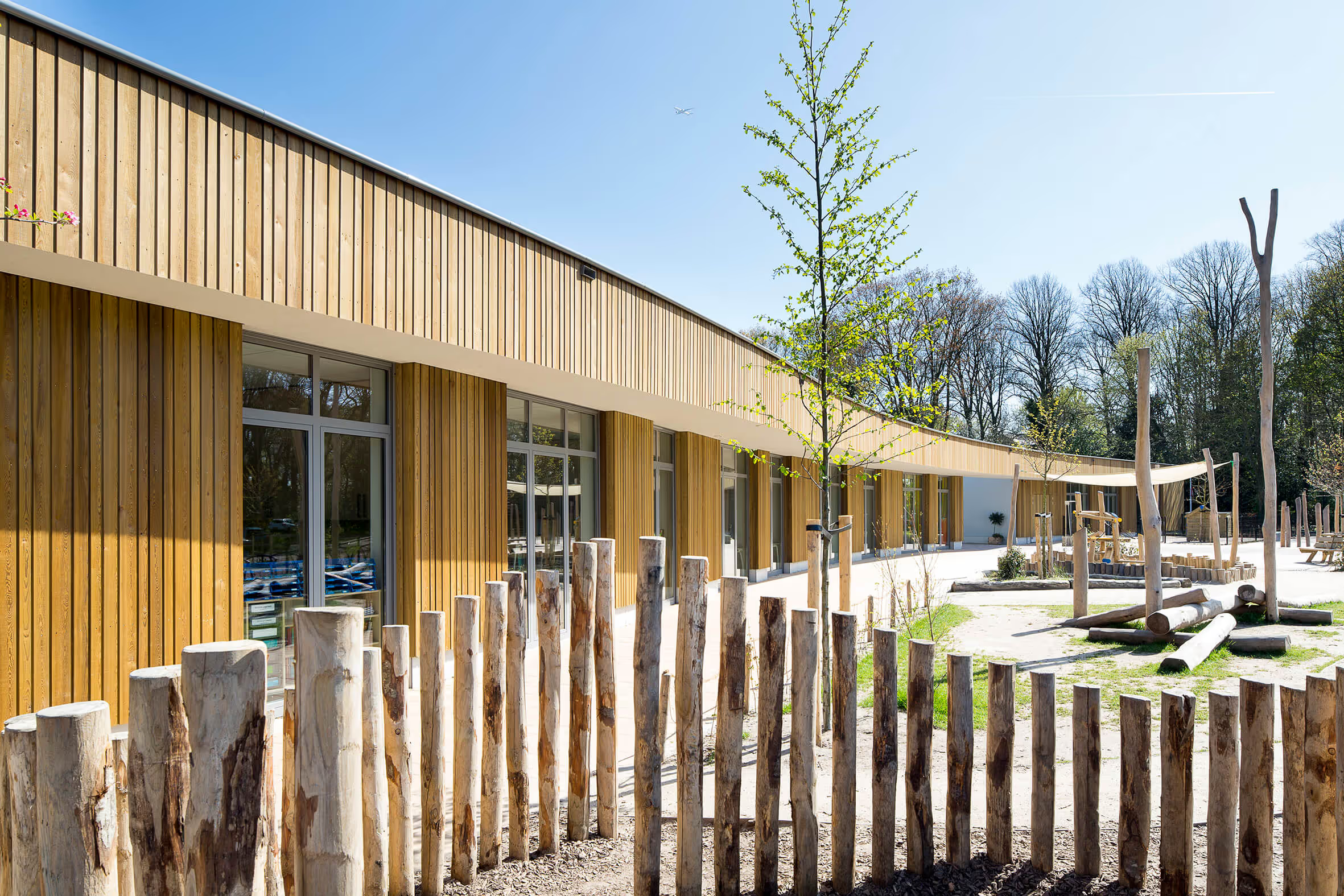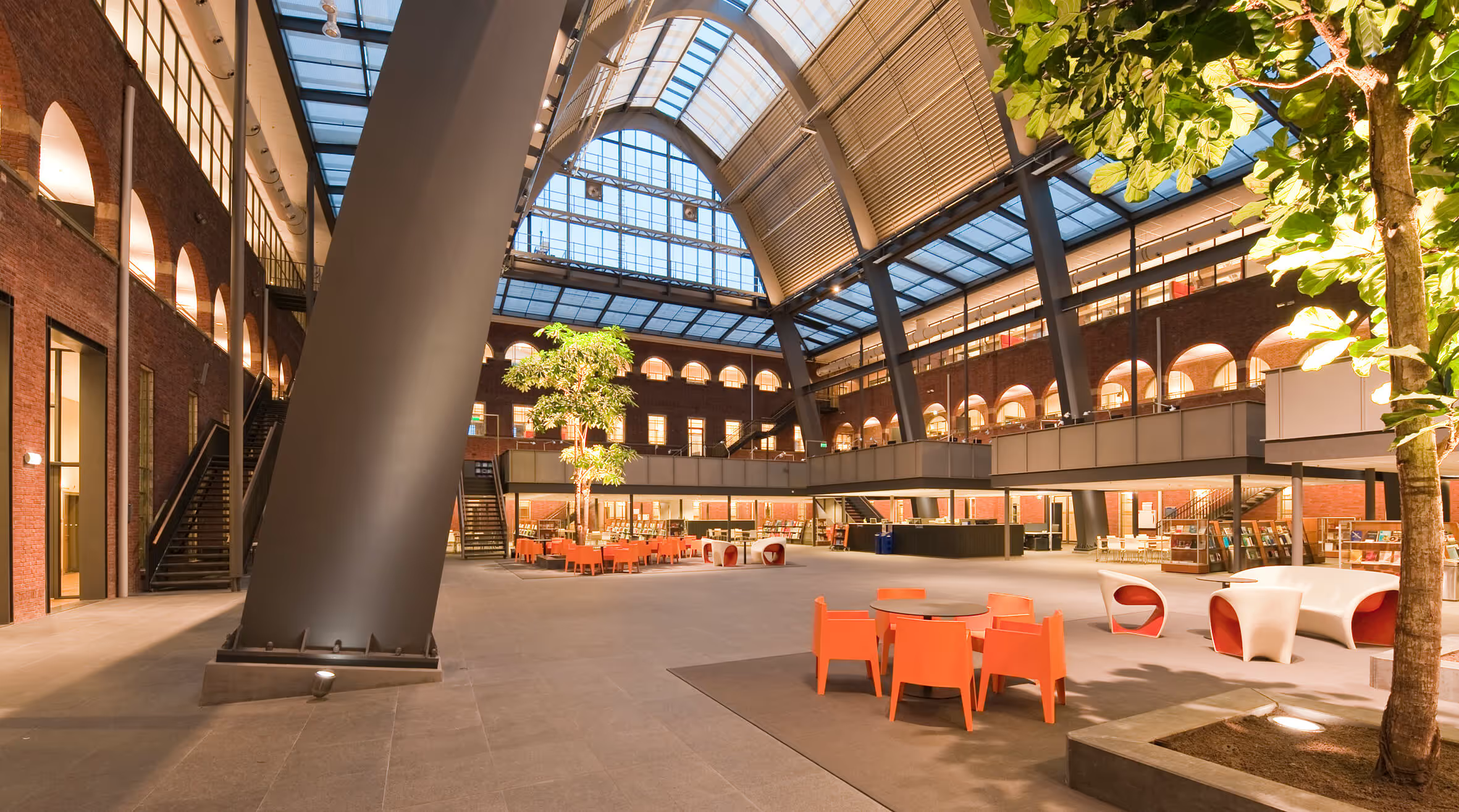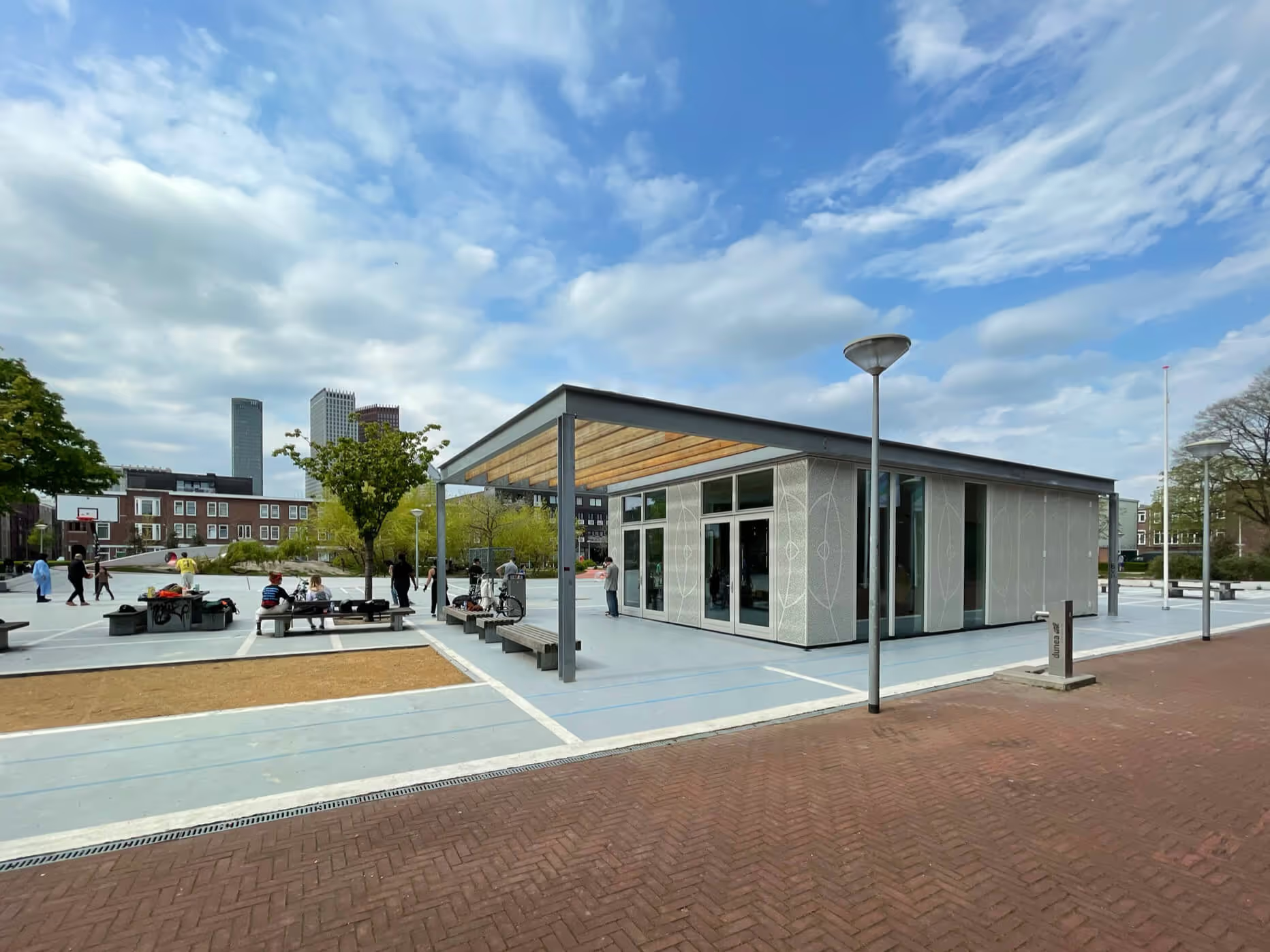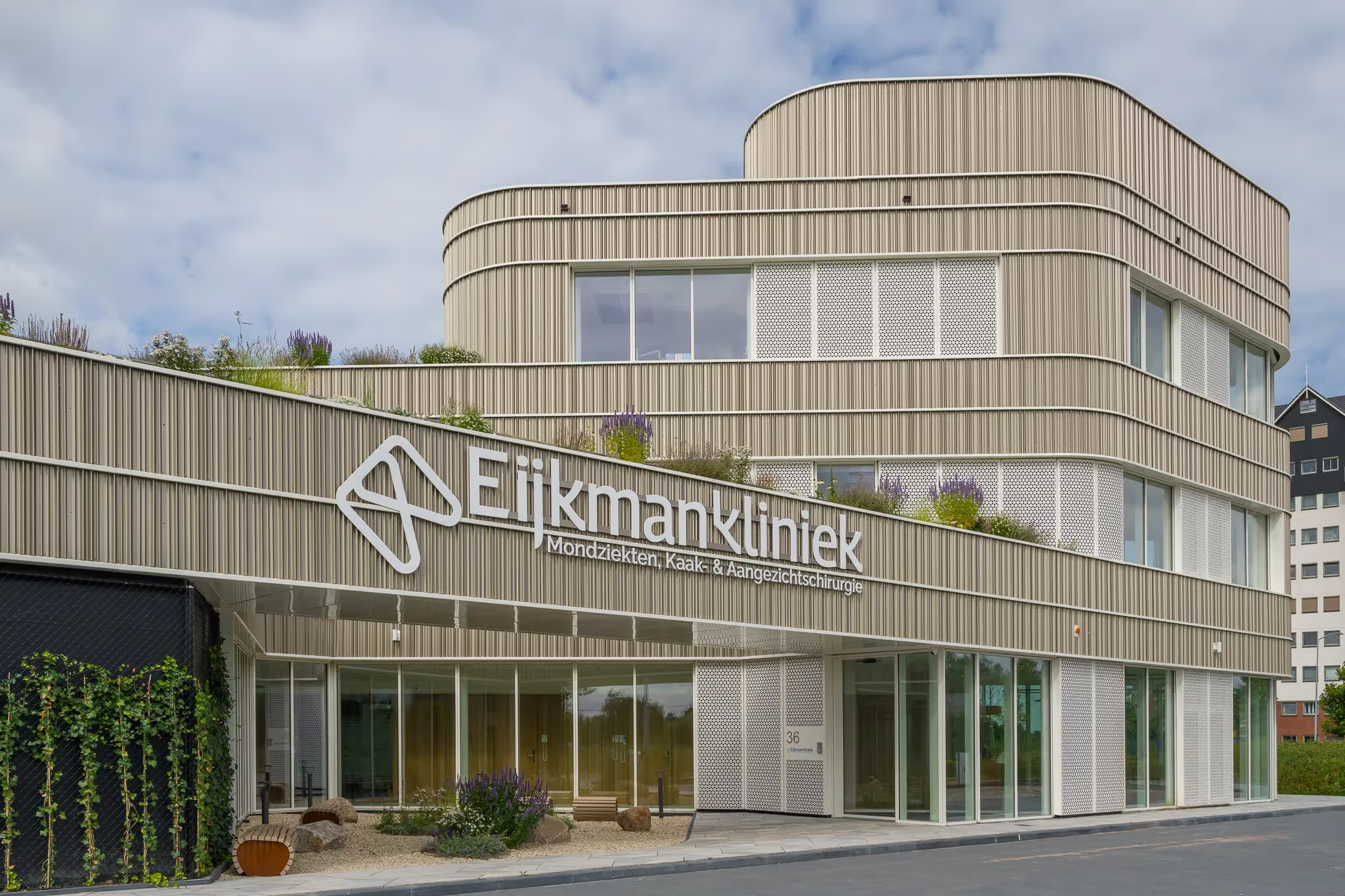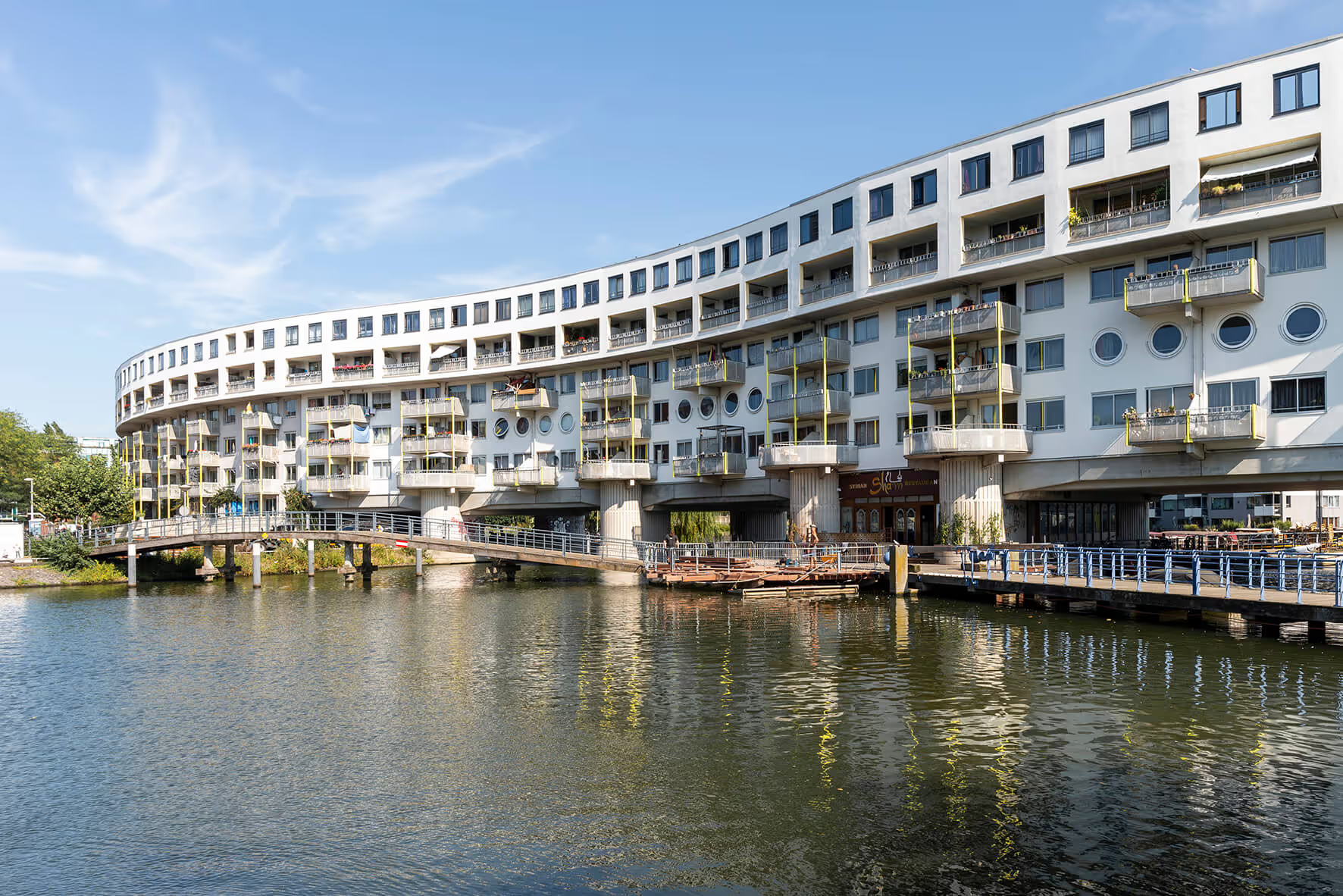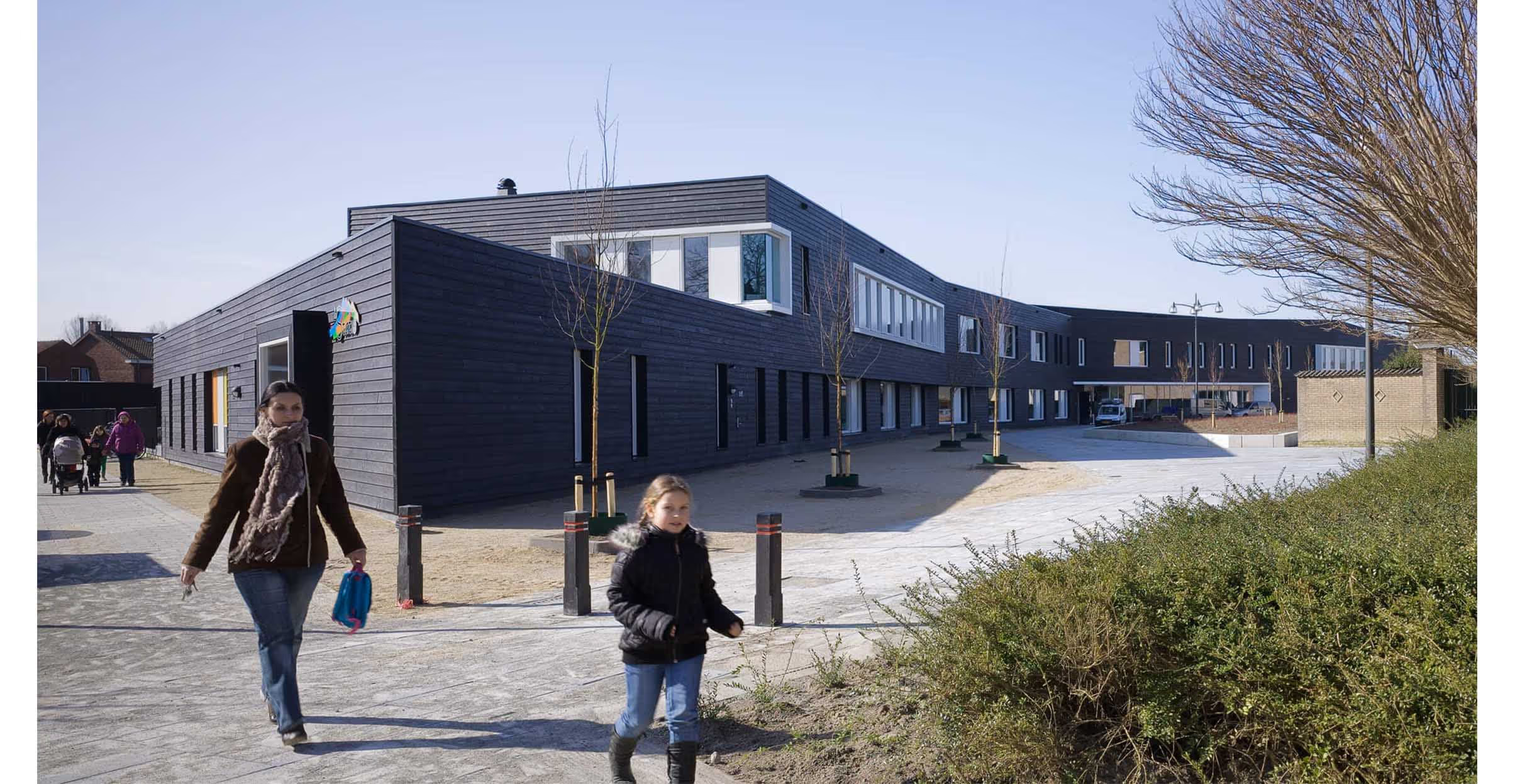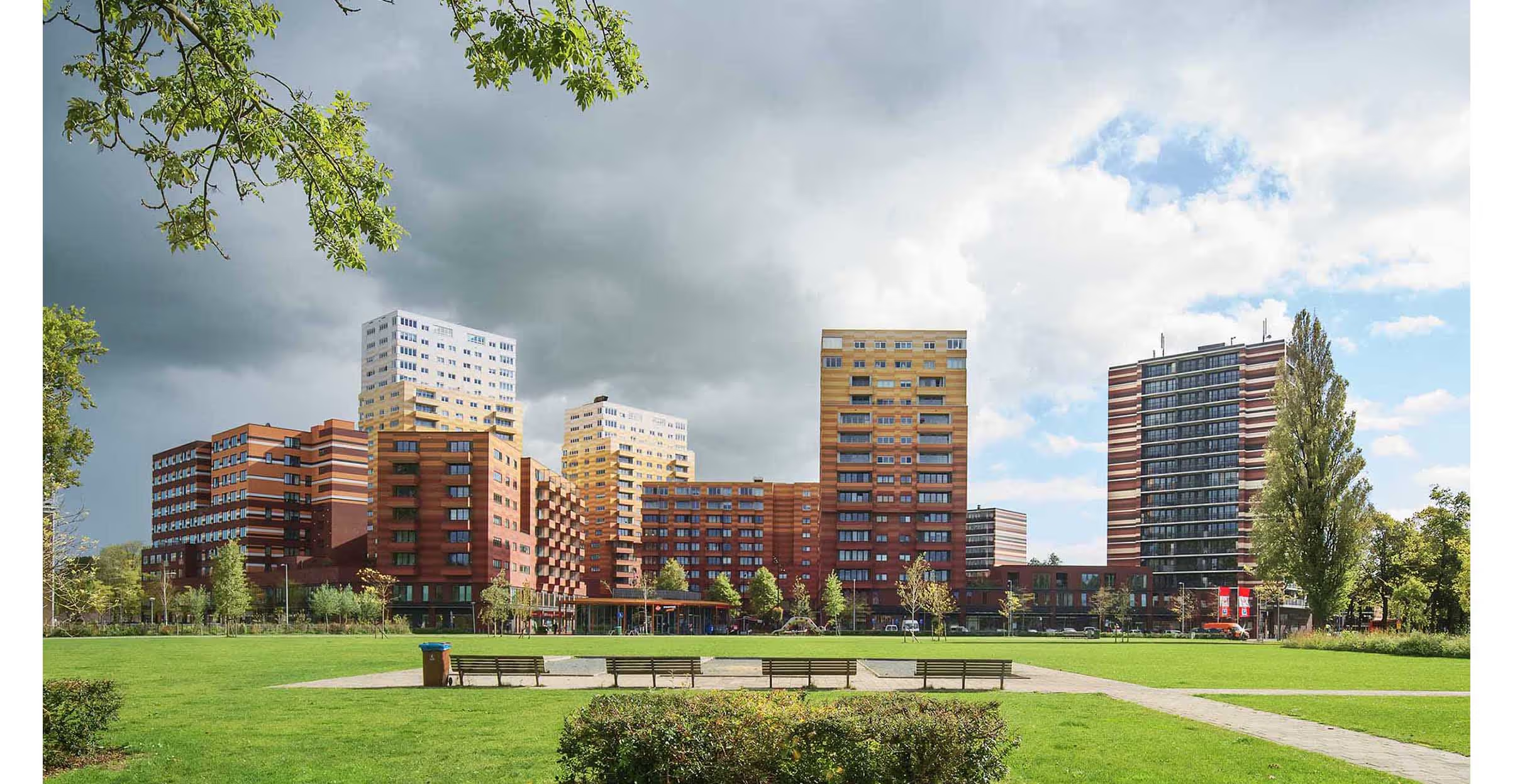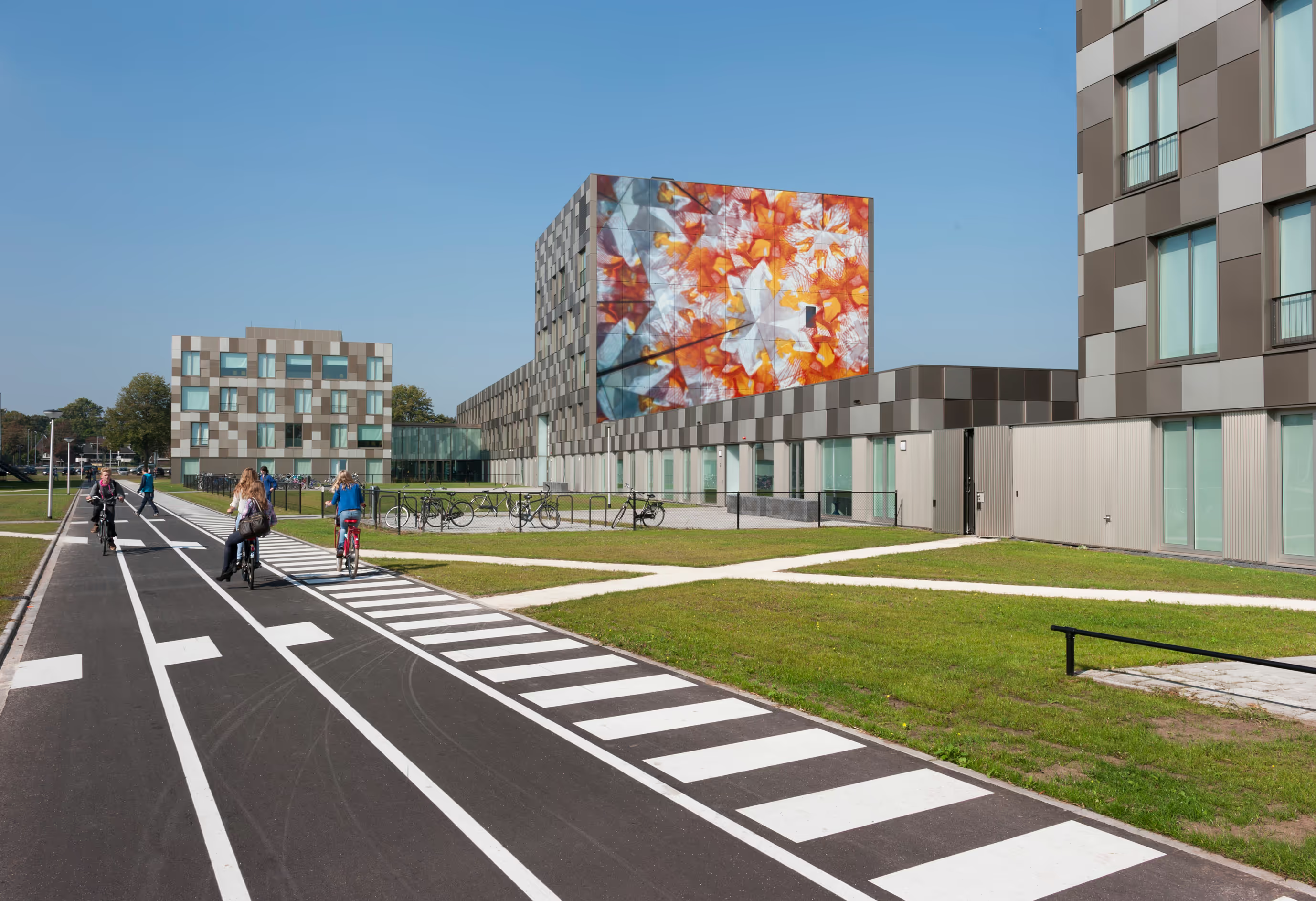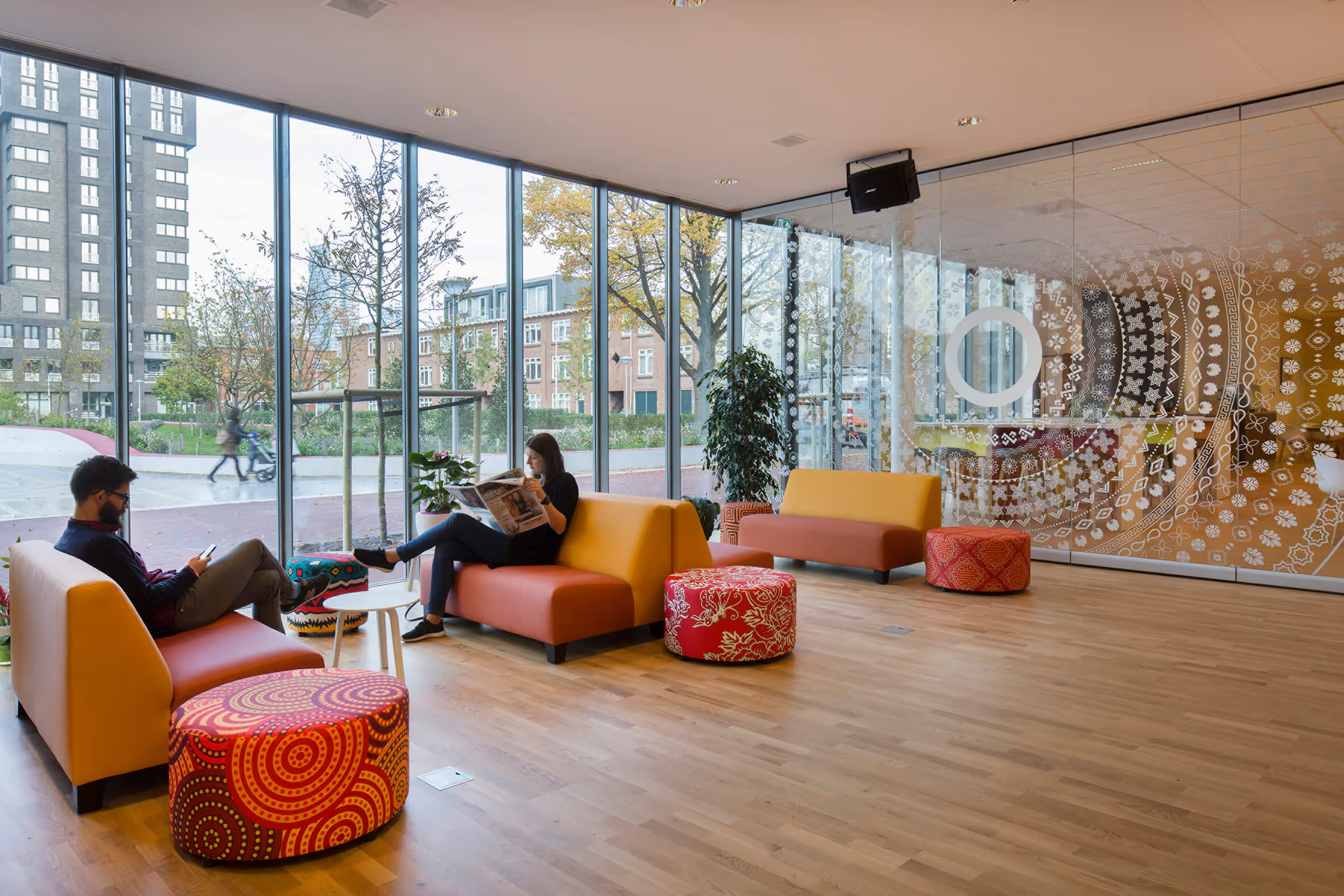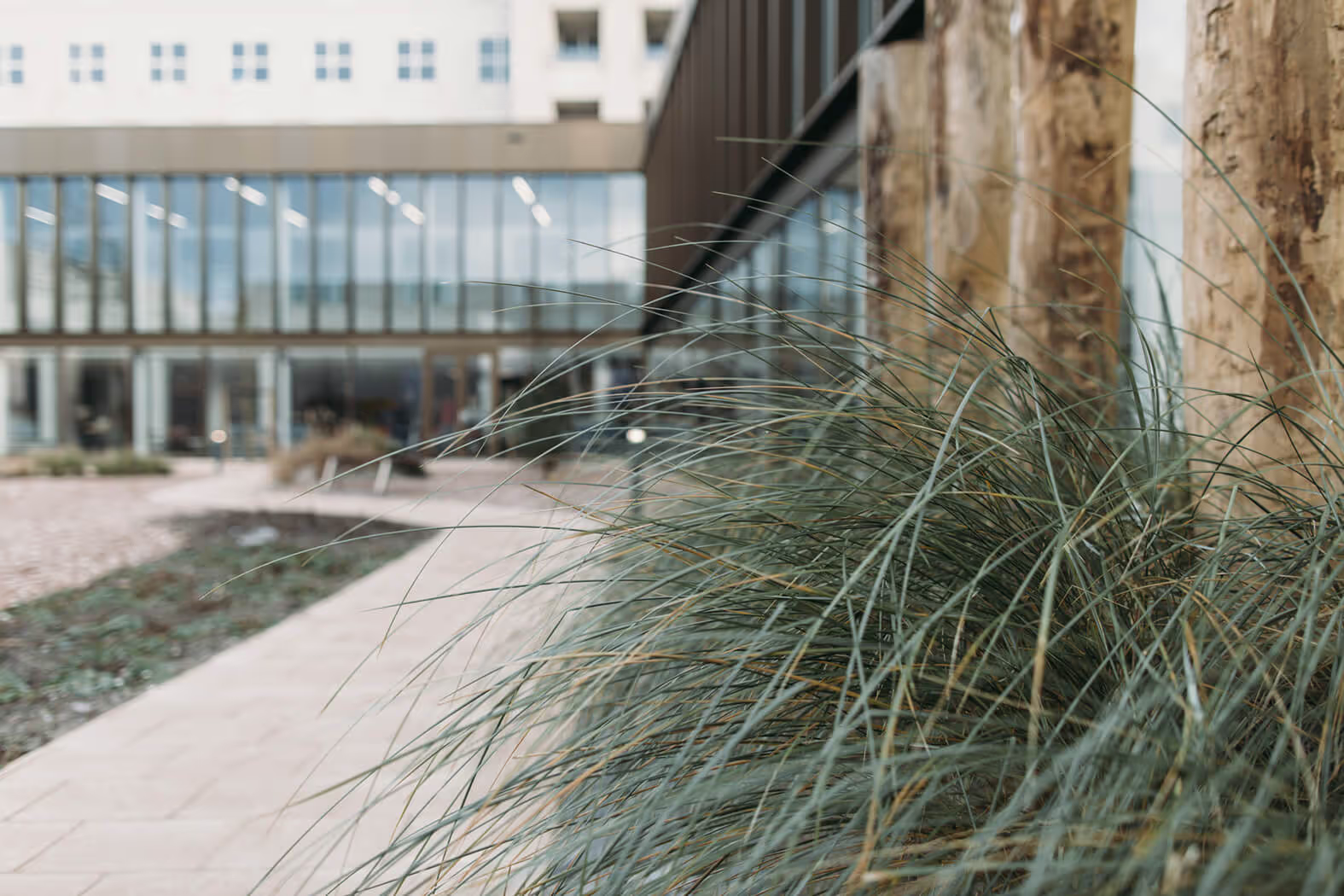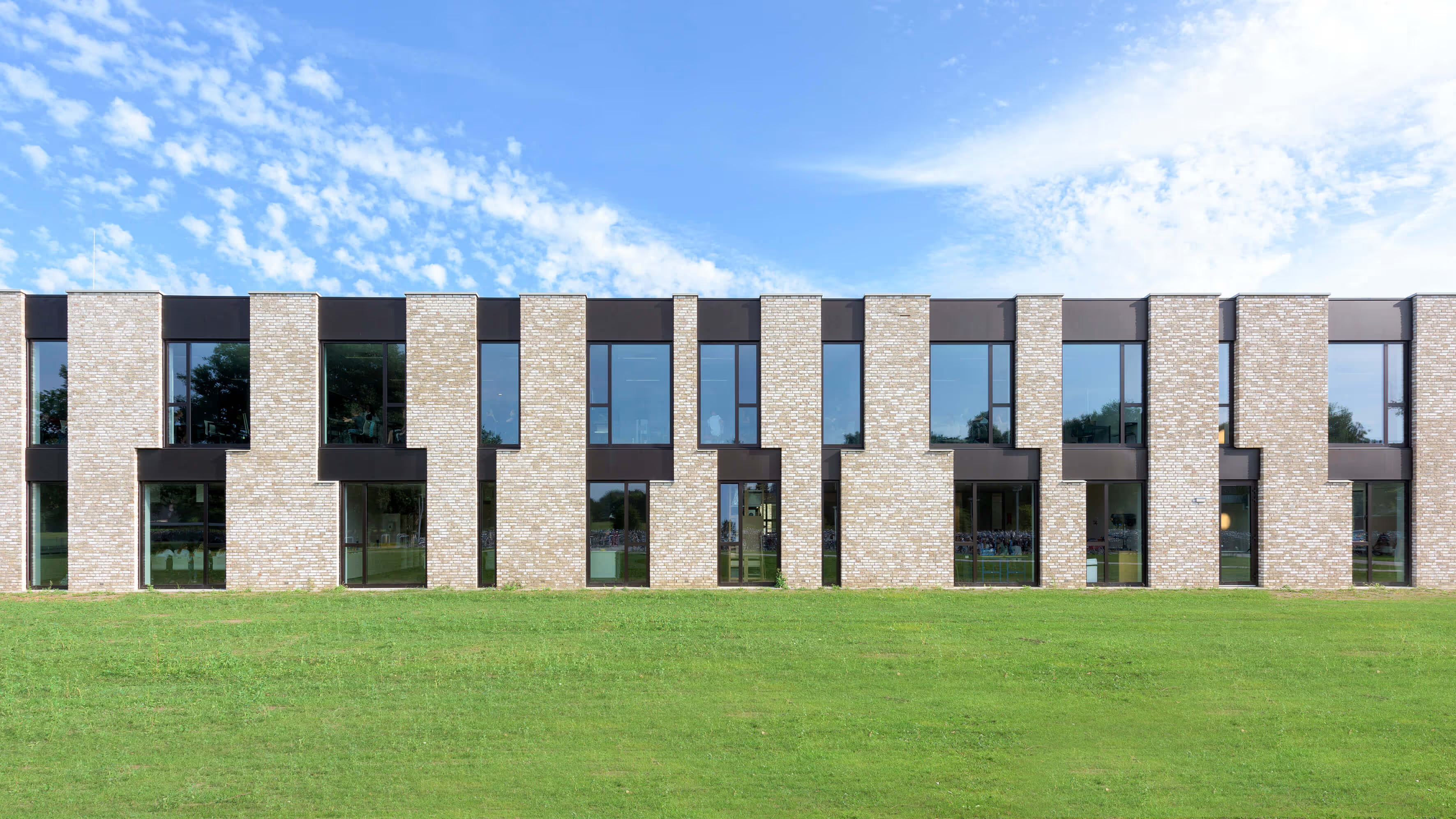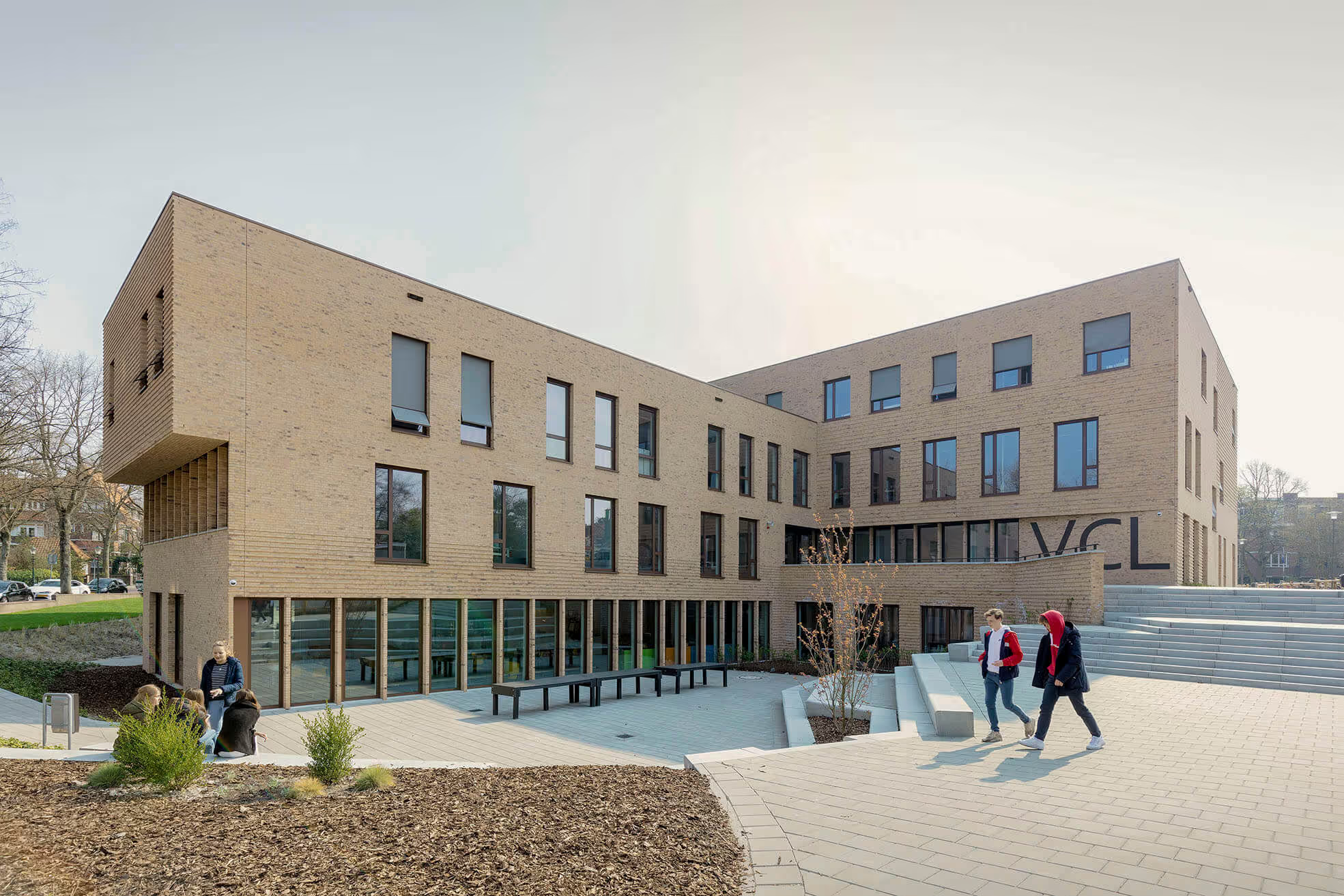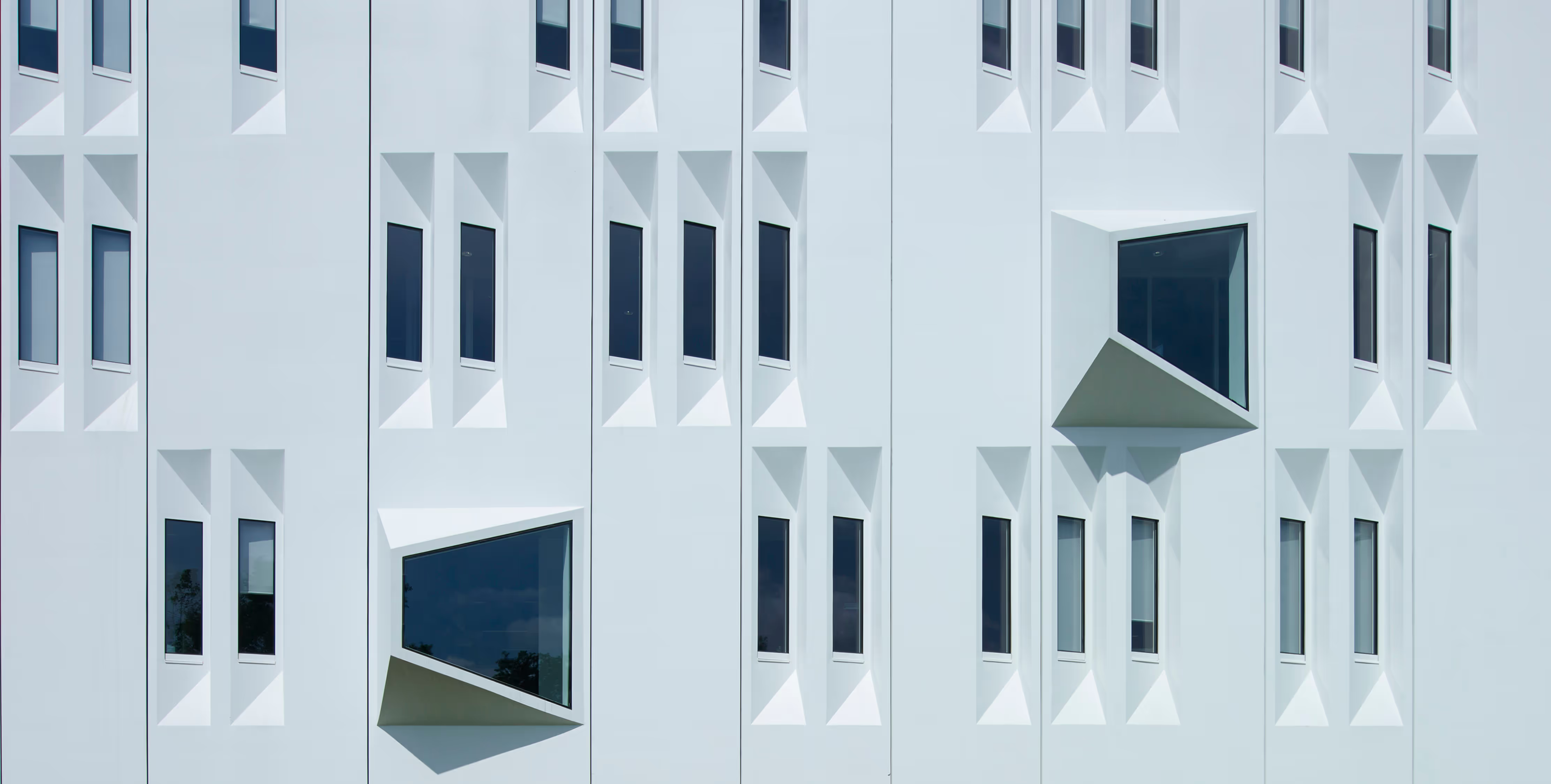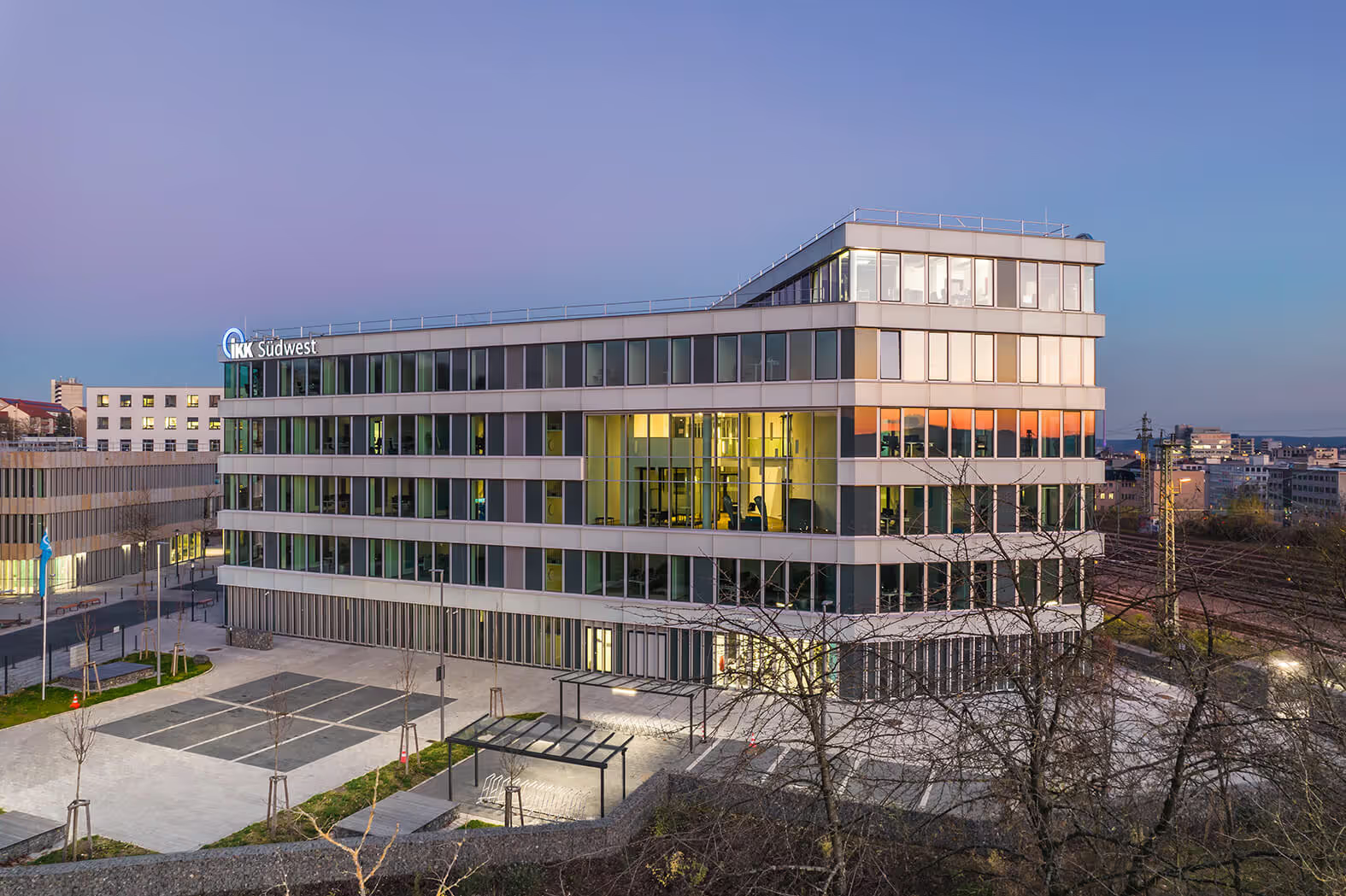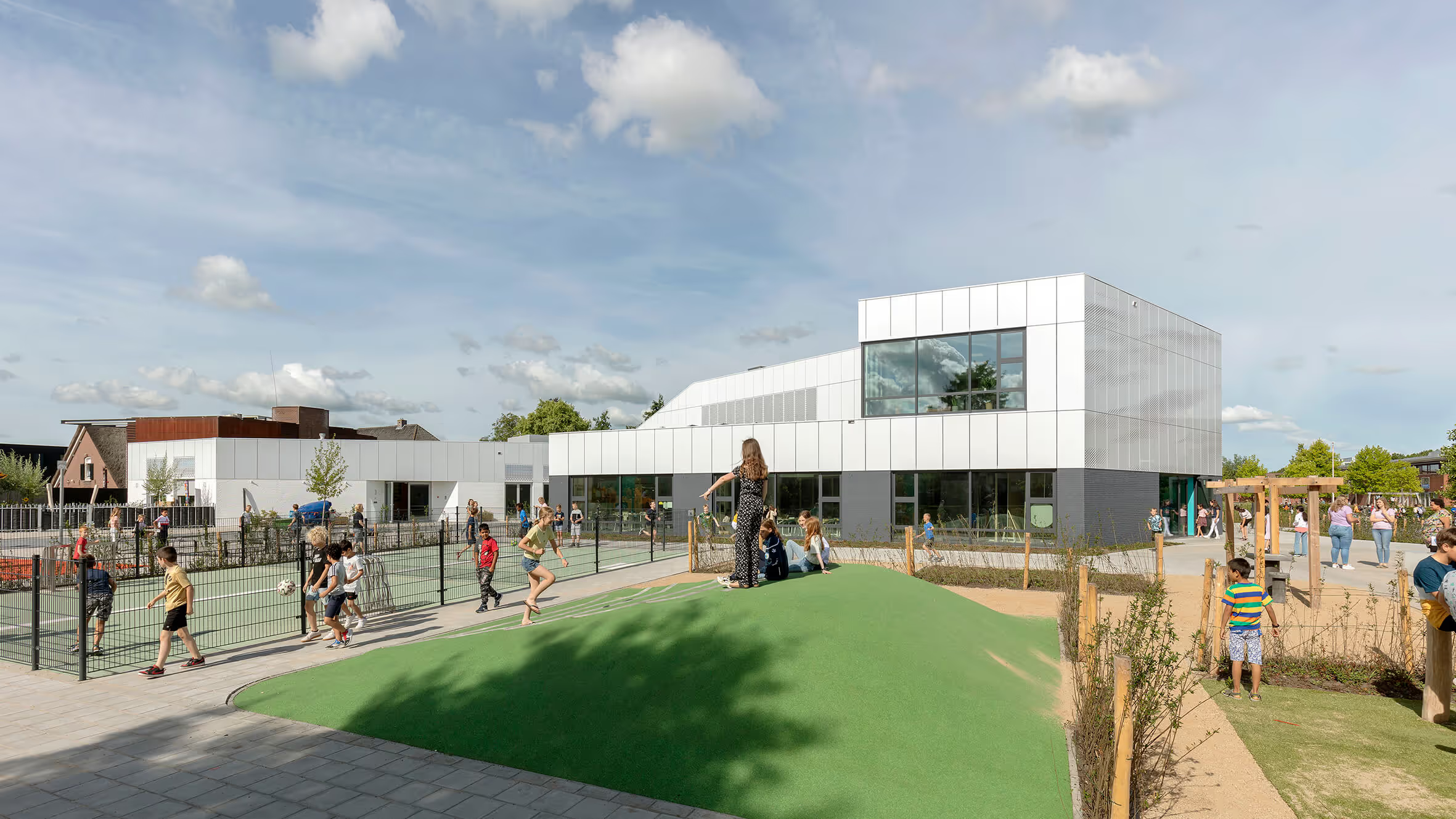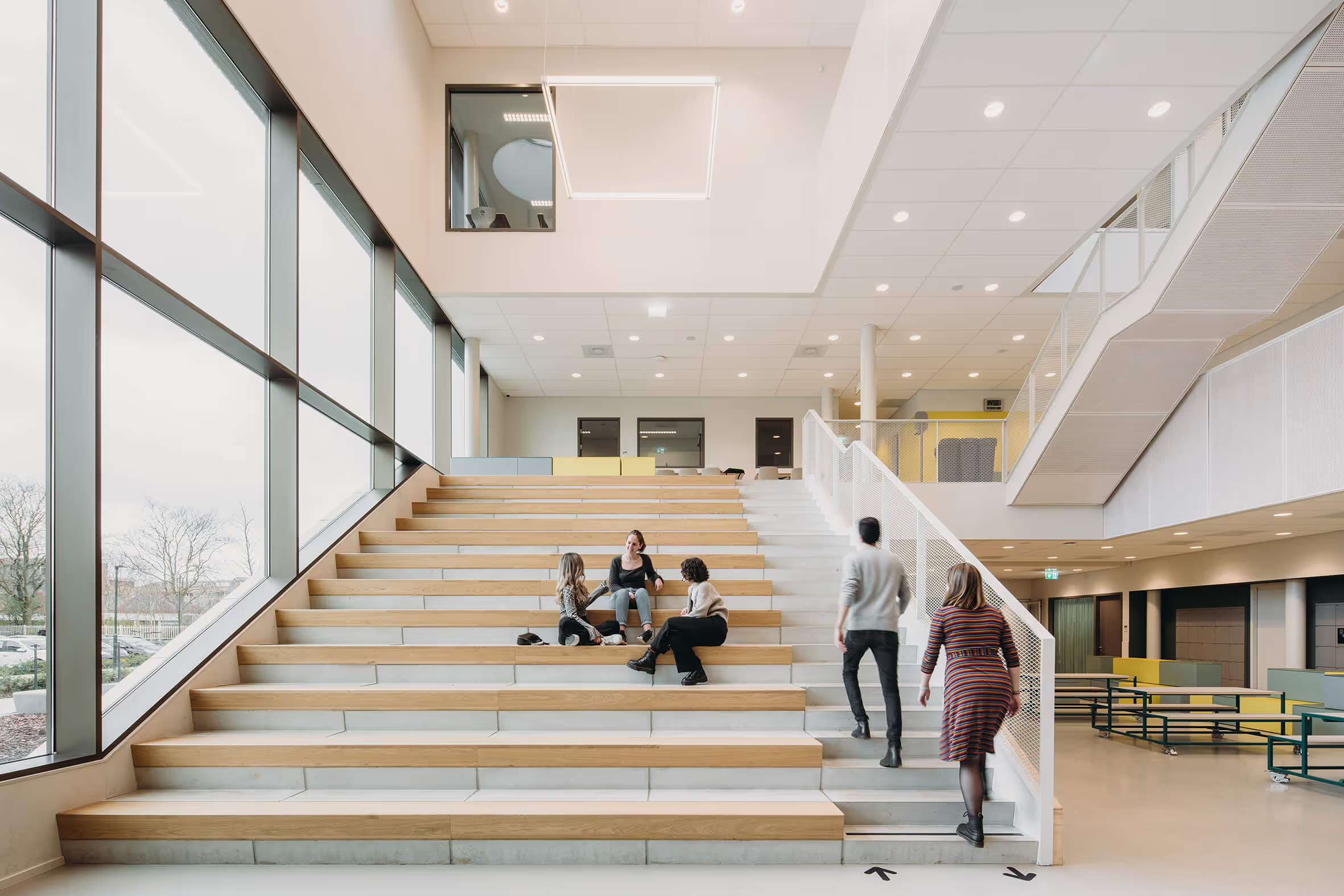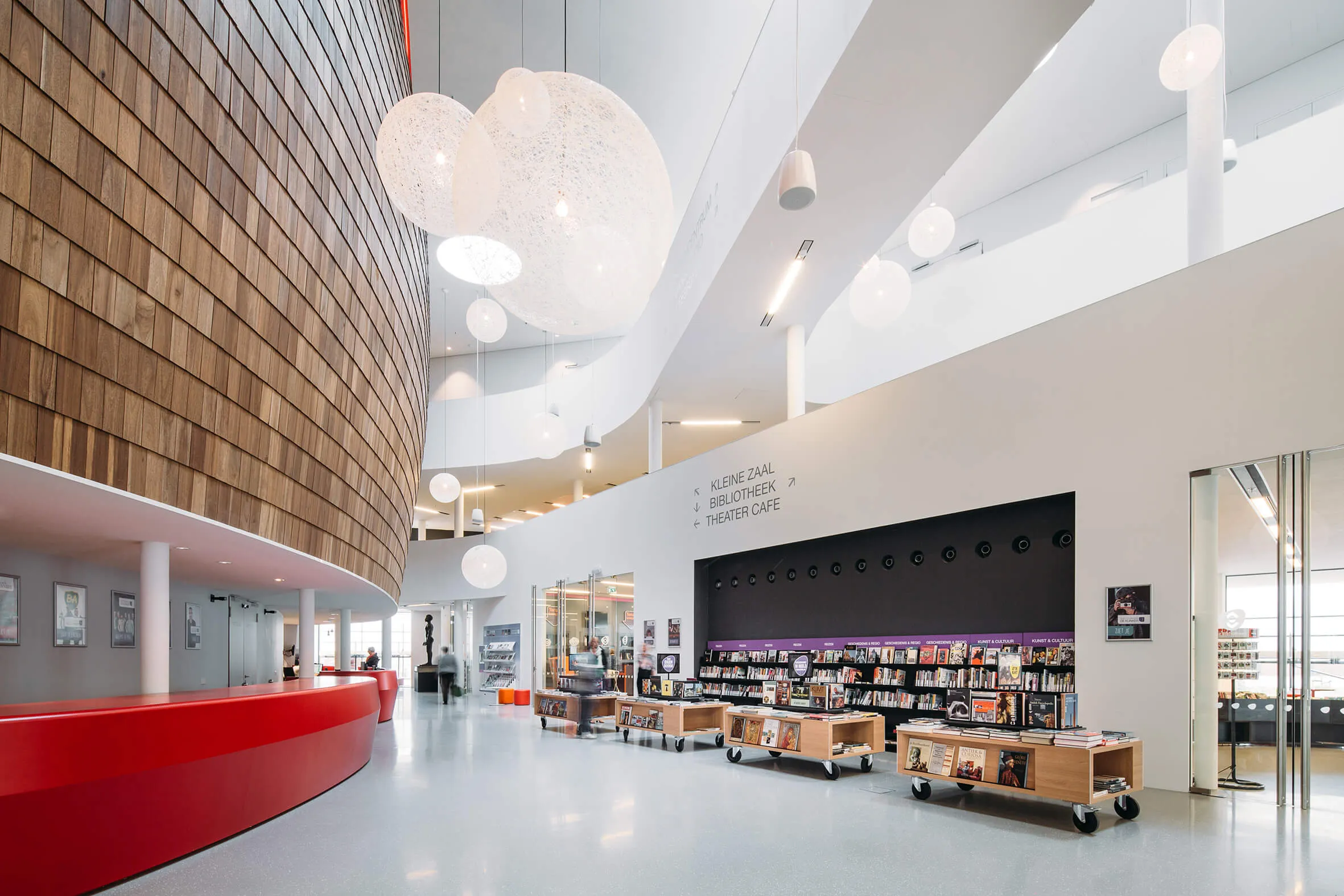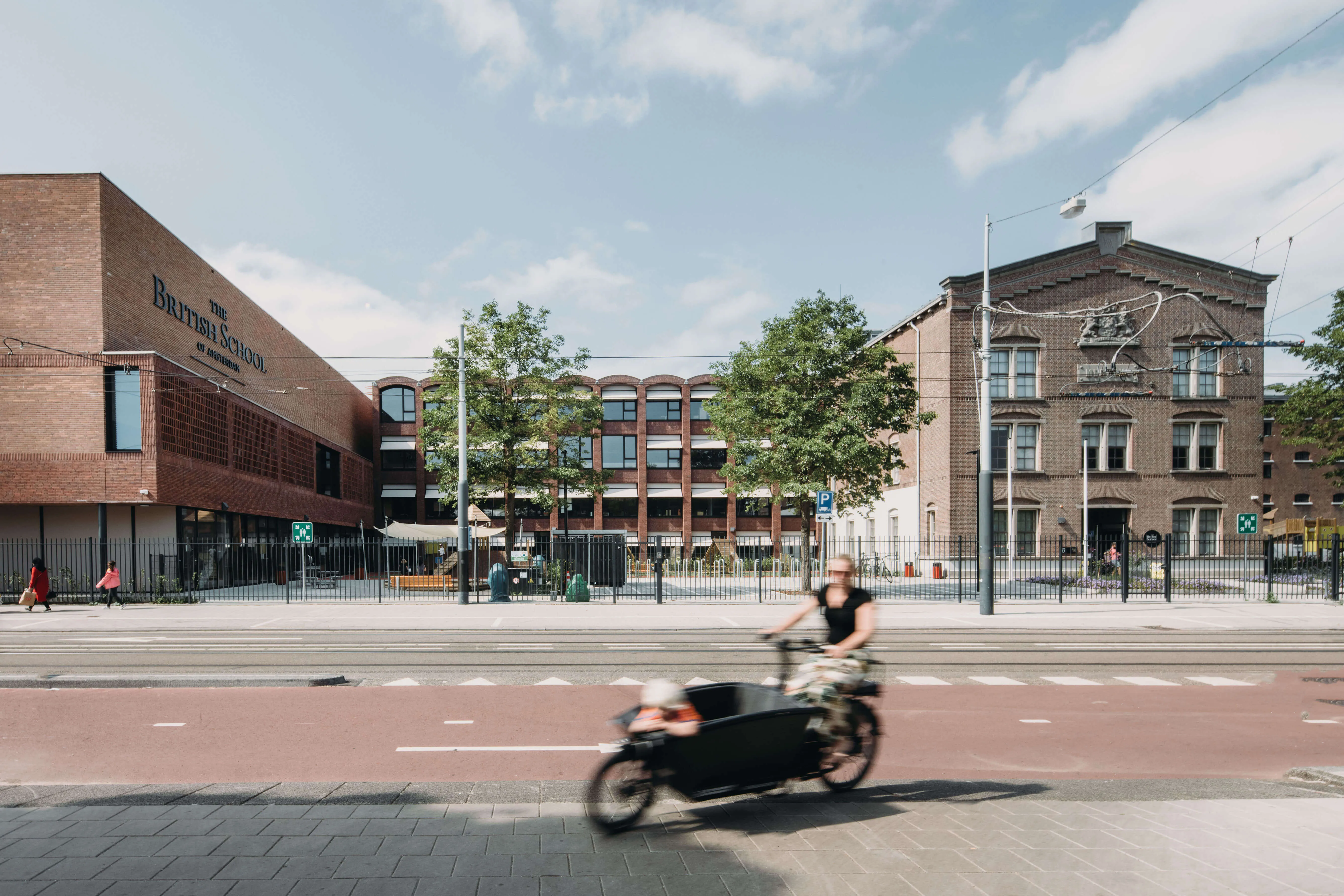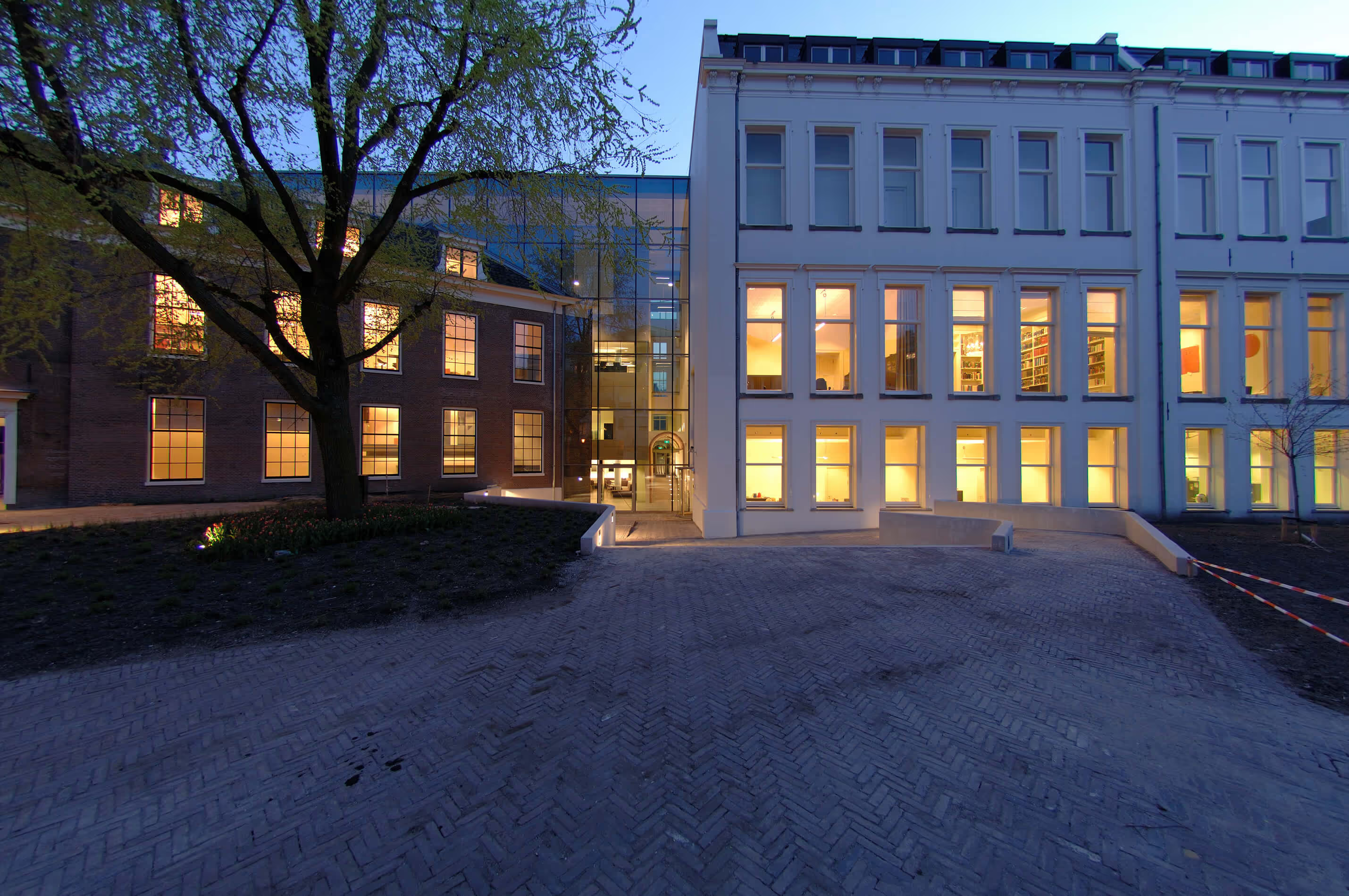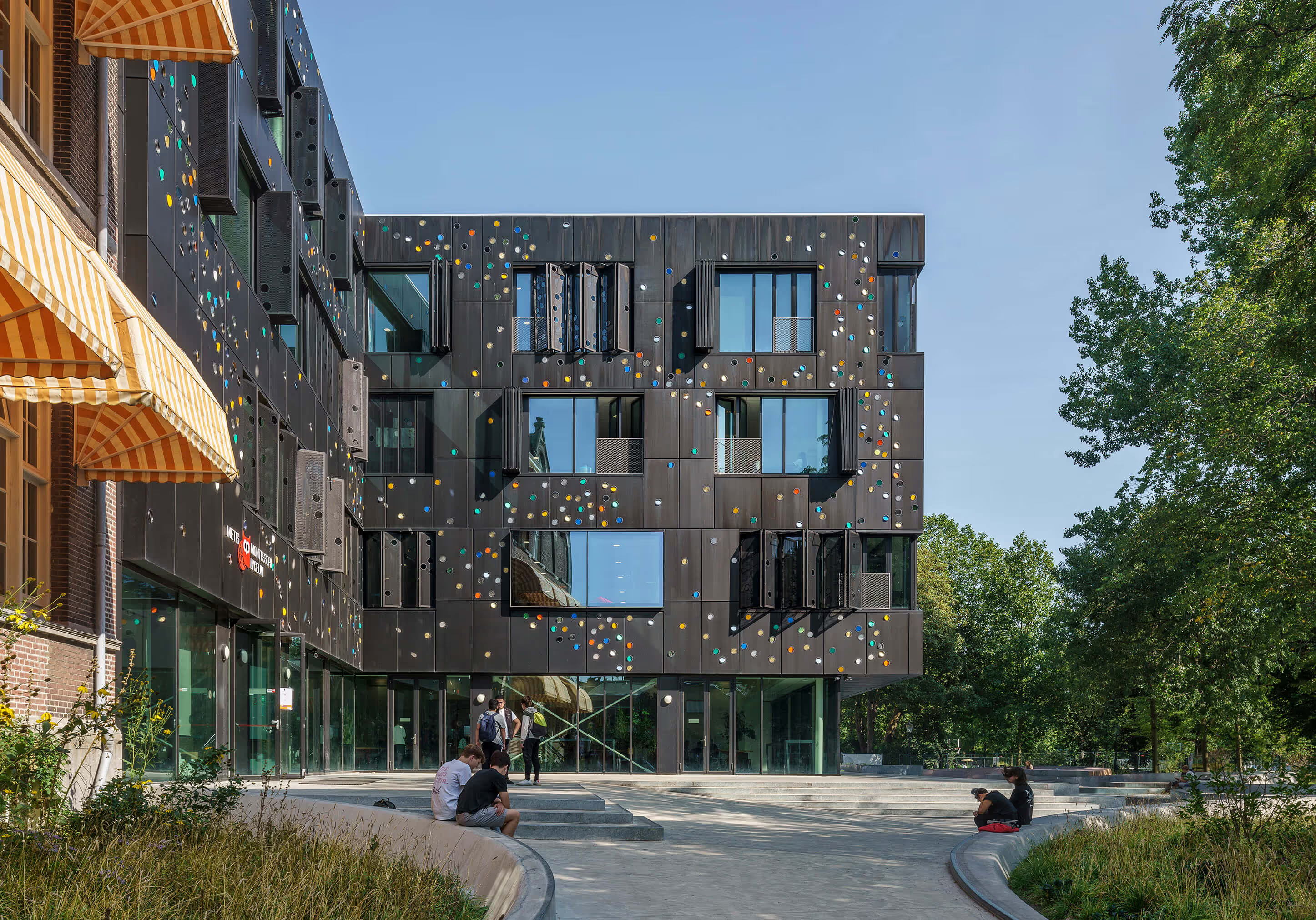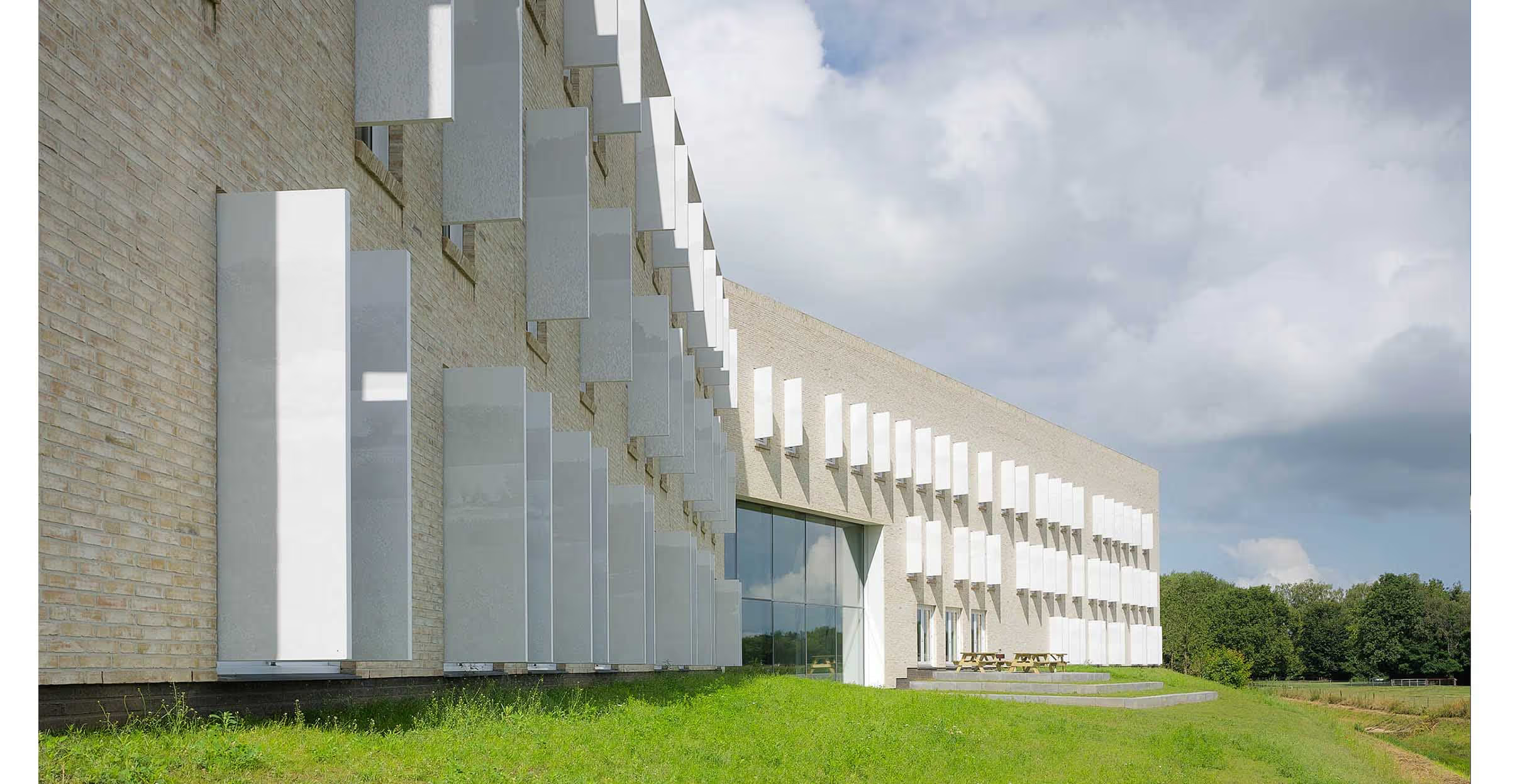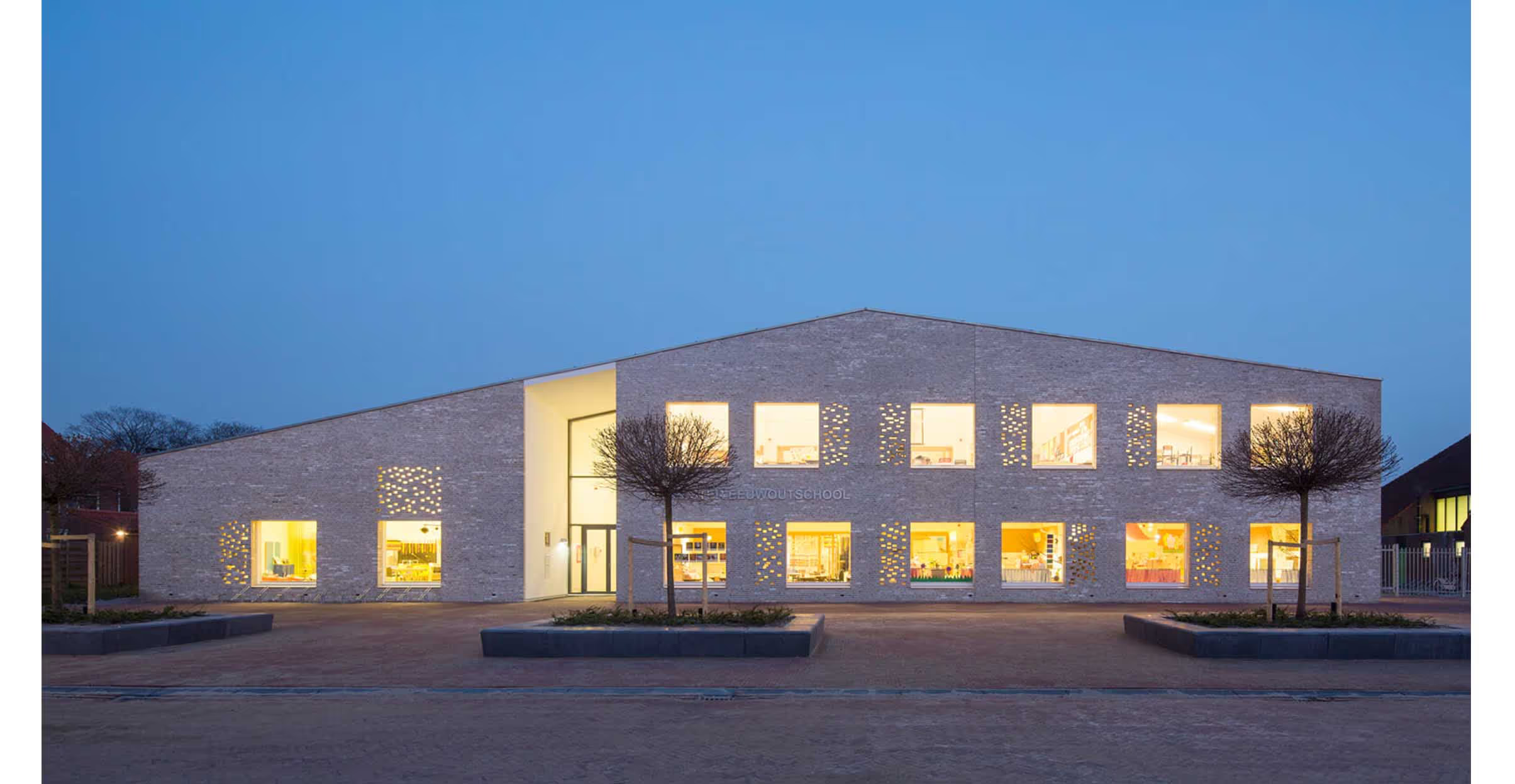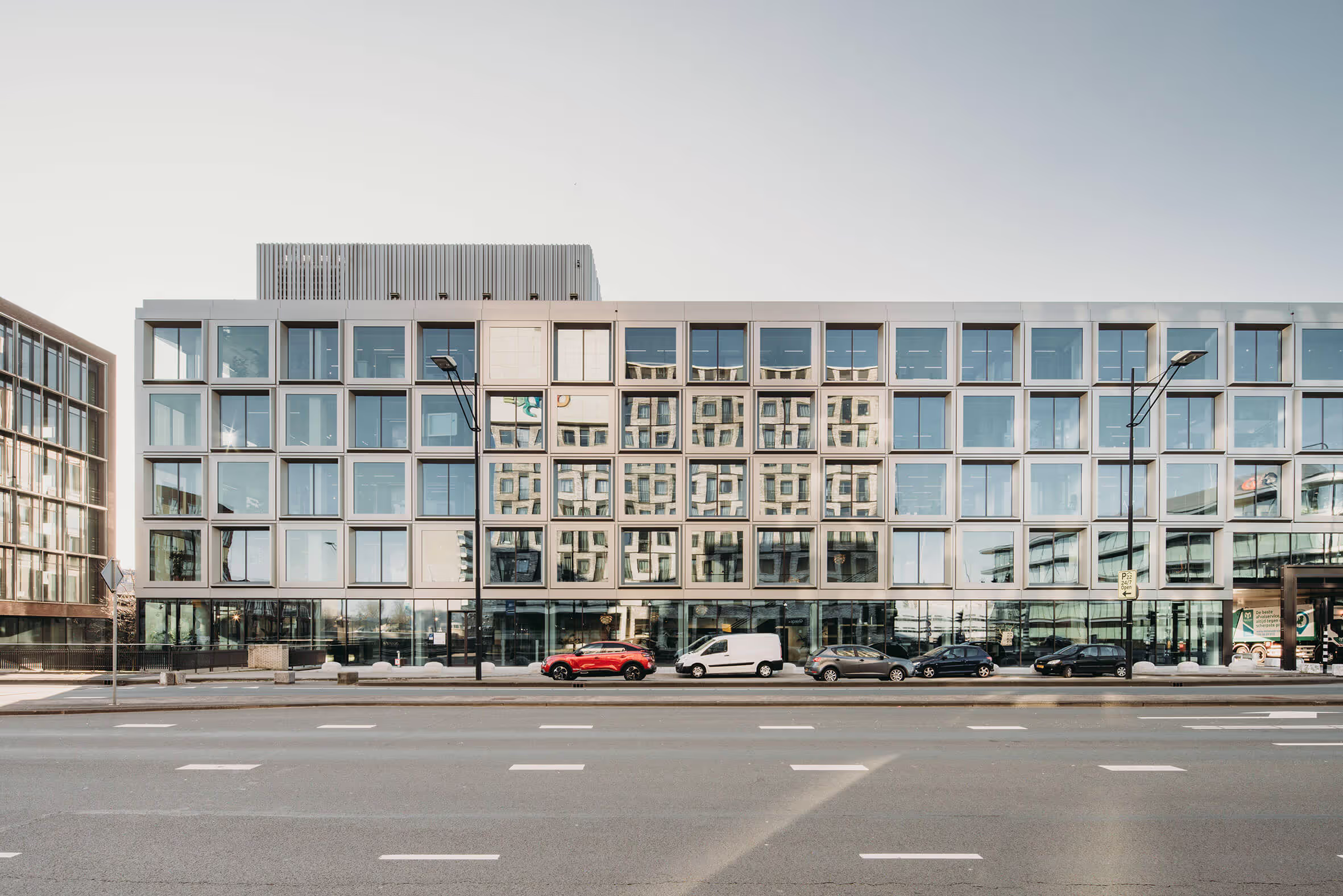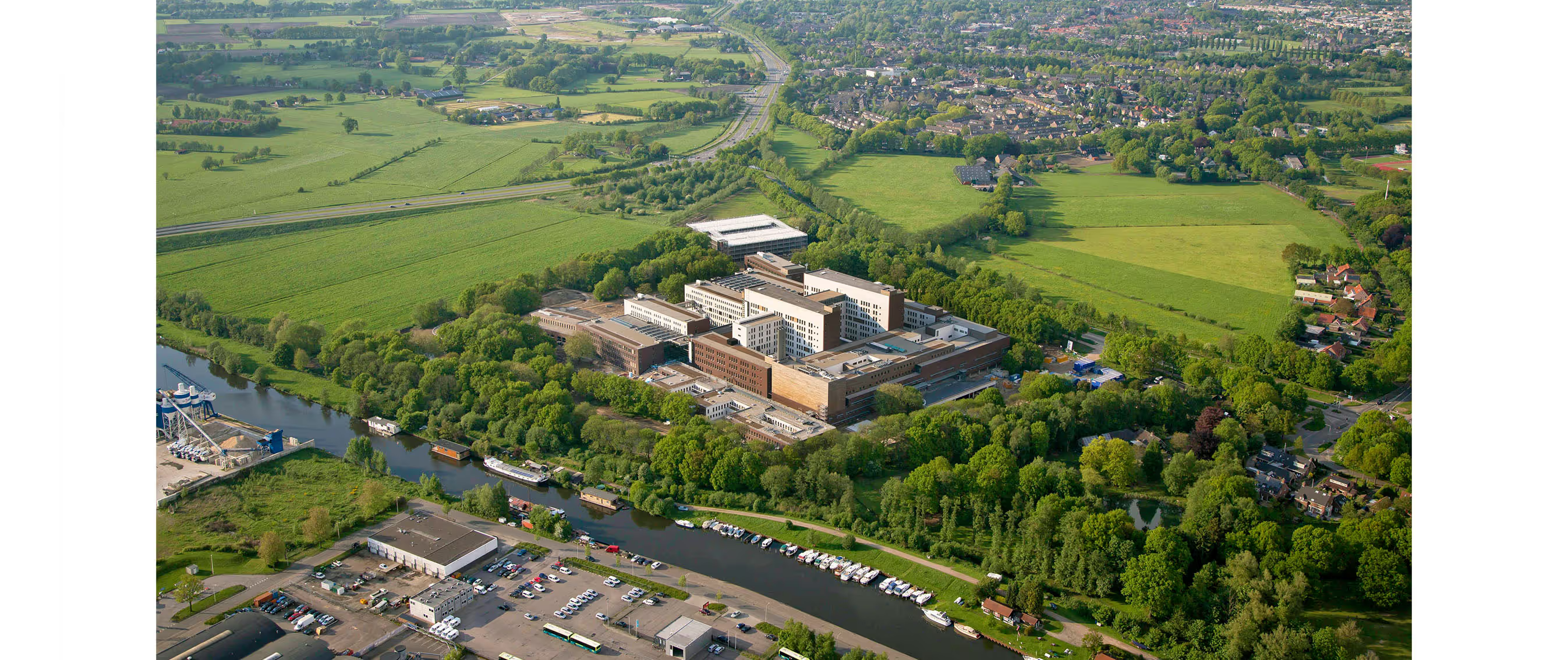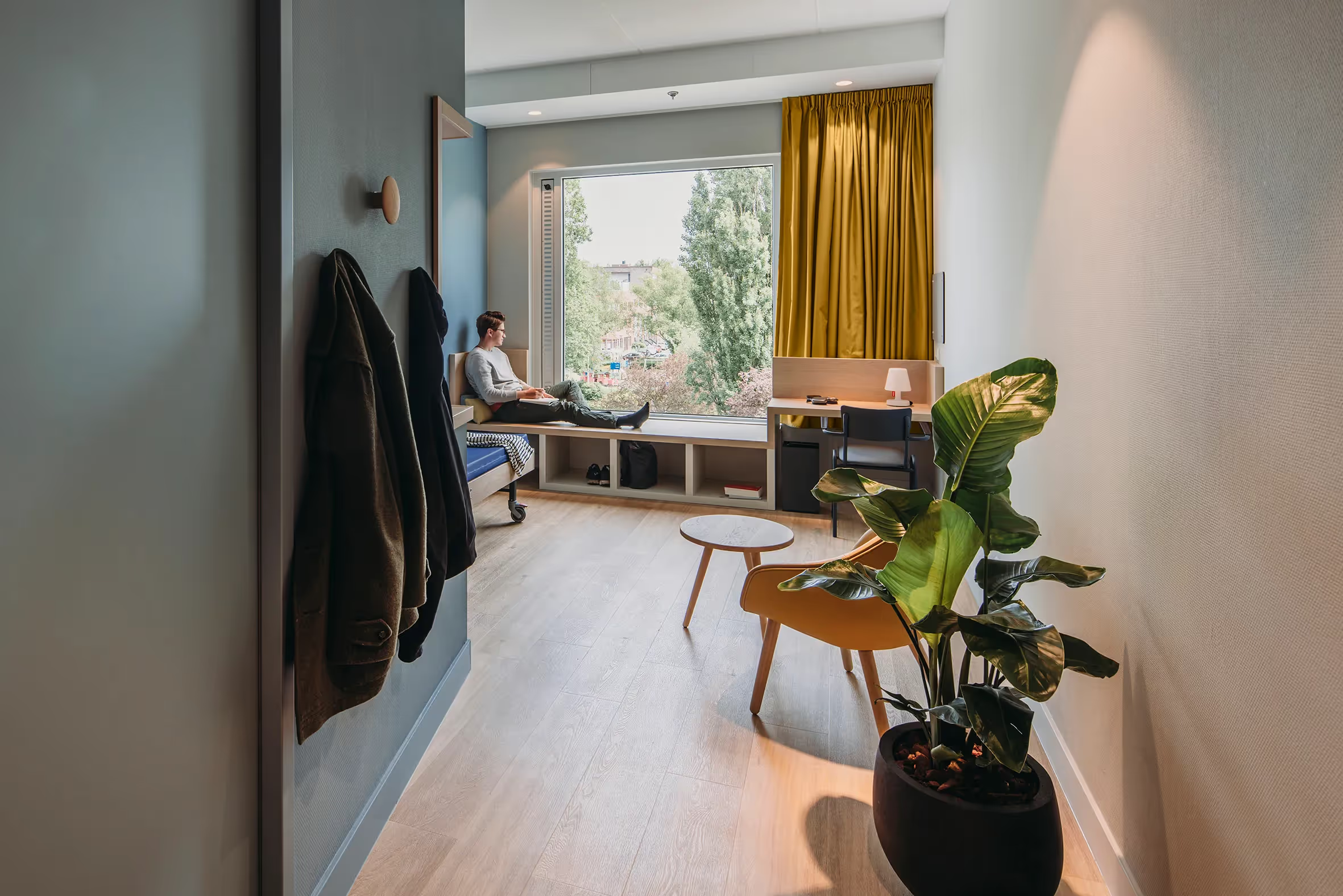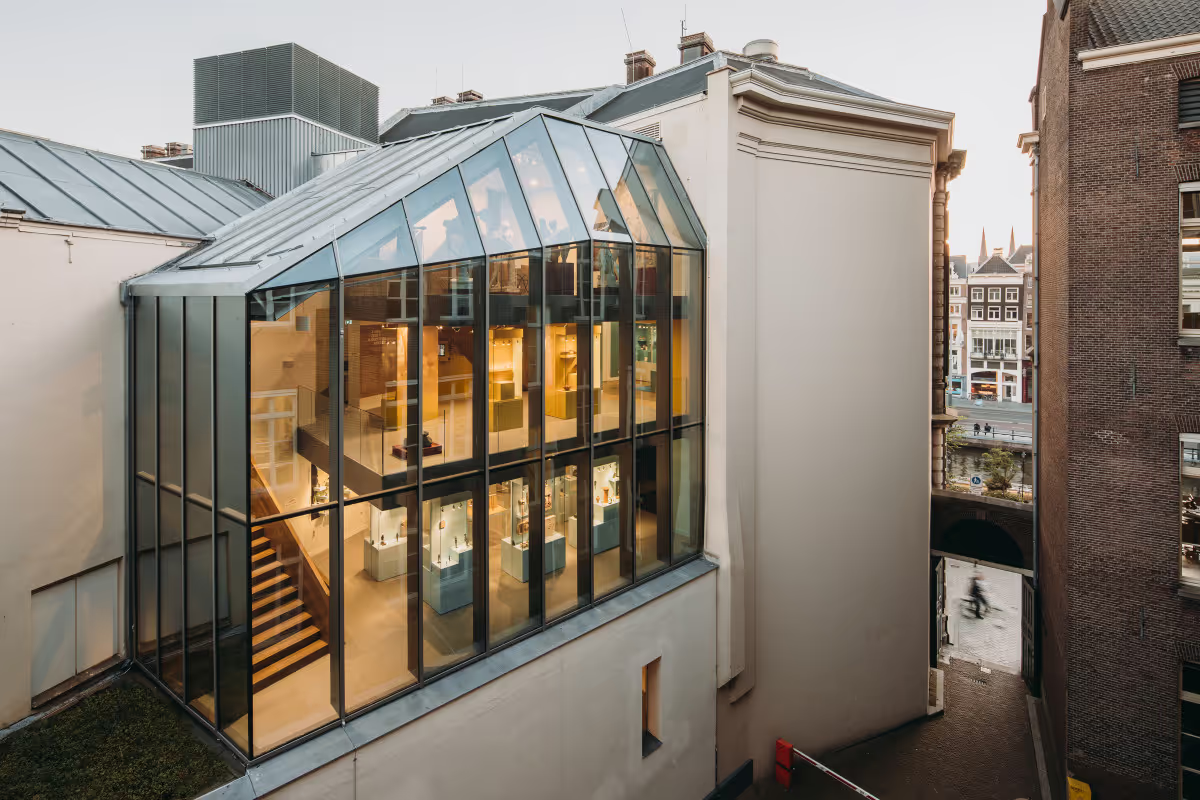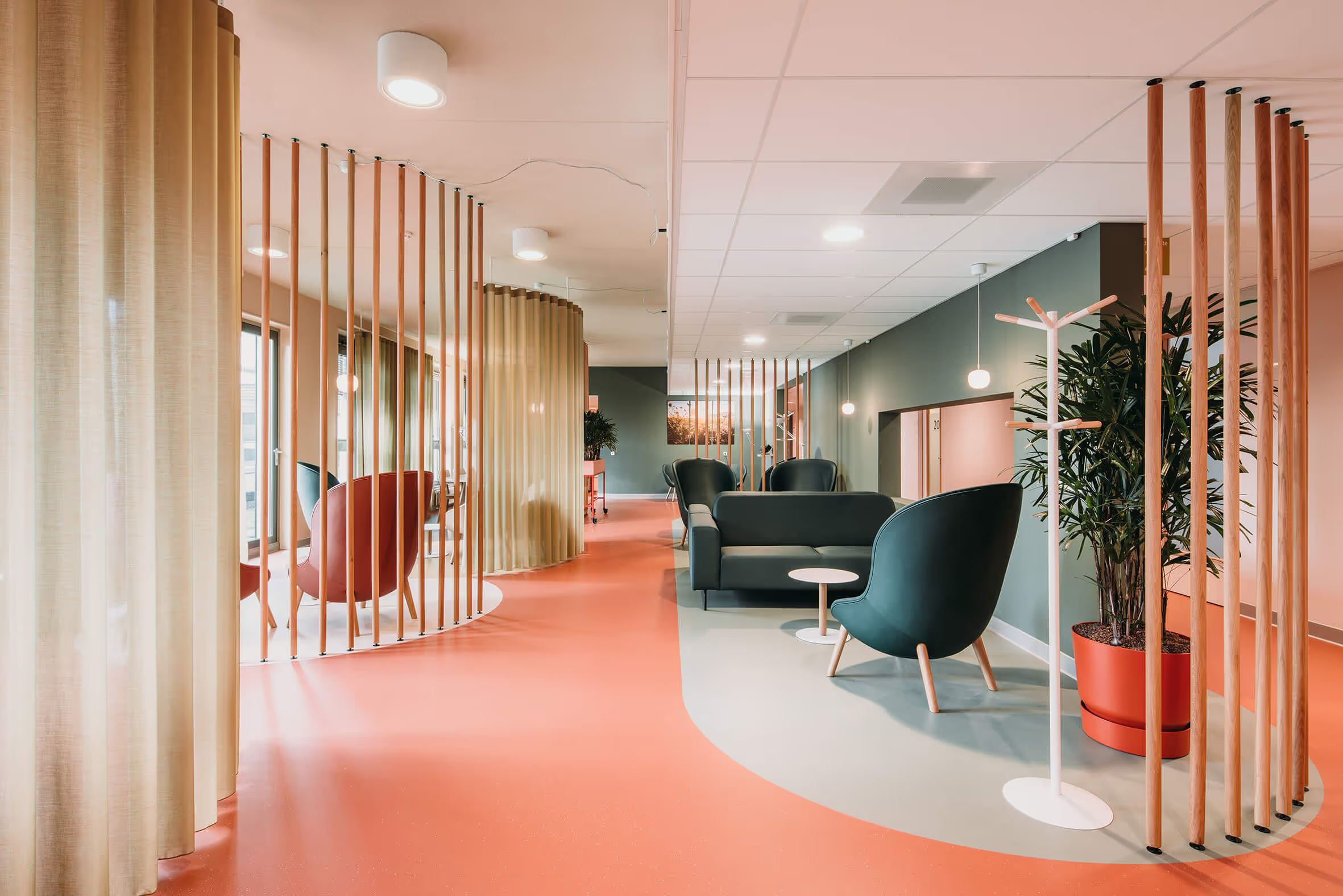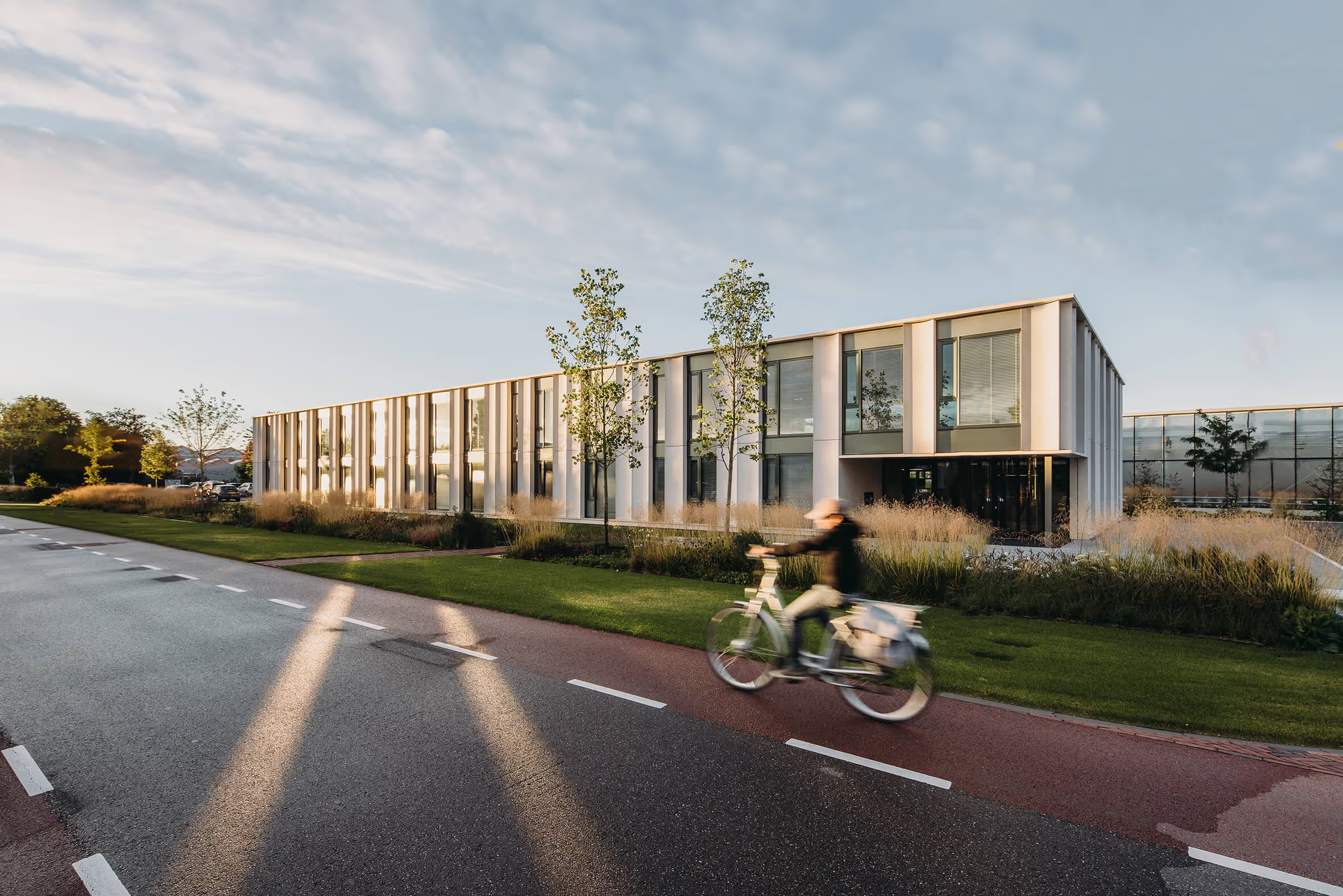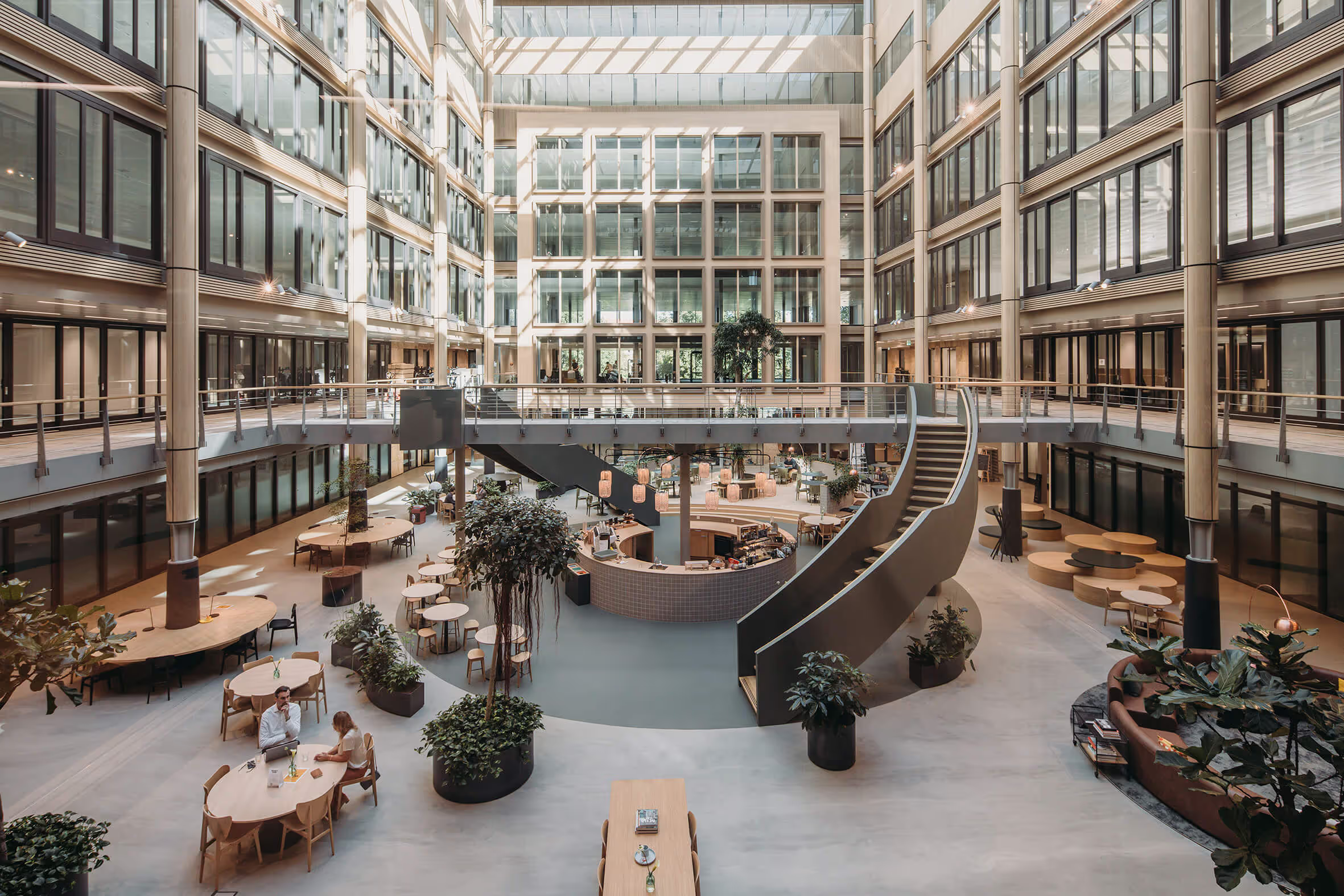Ludgerhof
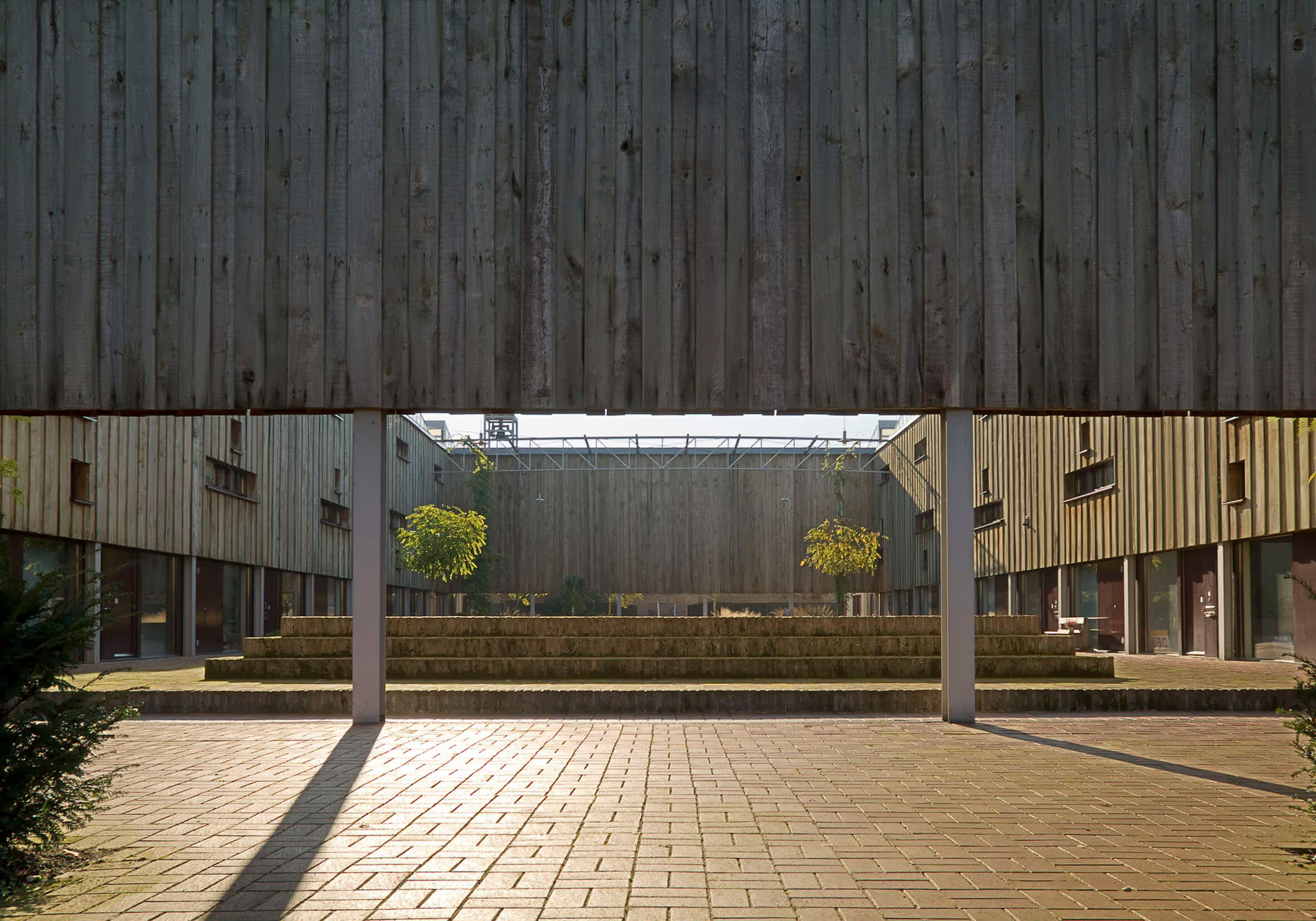
Ludgerhof
Ludgerhof

Transformation of the Ludgerkerk from 1965 into a special residential block
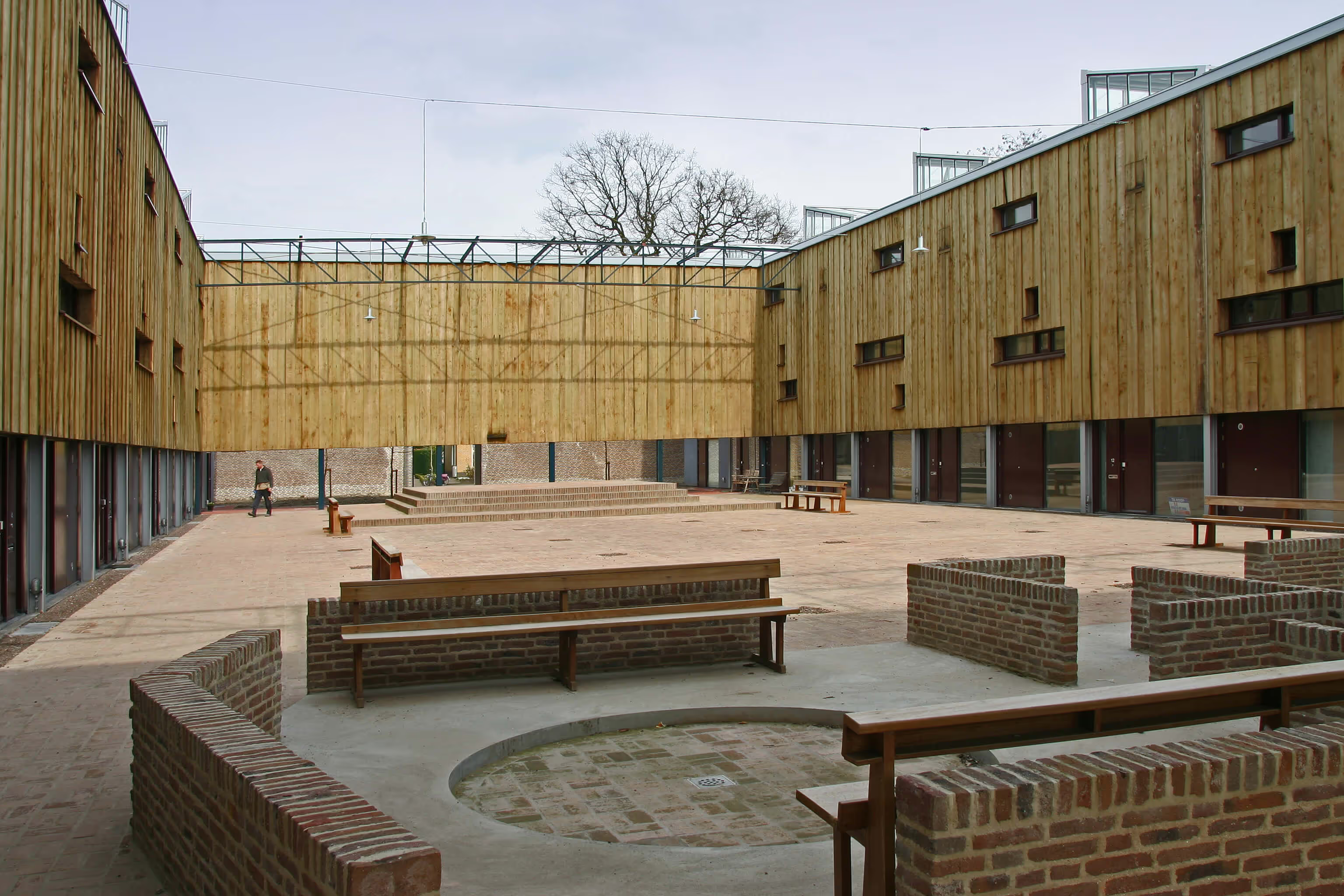
A church in contact with nature and creation
Schouten was inspired to design the Ludgerkerk by what someone on Vlieland once said to him: “The most beautiful church is a dune, with hunting skies and birds above it”. That is why he designed the church building as a sacred place where you can be in maximum contact with nature, creation. The Ludgerkerk was set up as a walled garden, with low gates in the brick garden wall as an entrance; so, Schouten thought, the church-goer became aware of the transition from normal to sacred. This gave the church an extra spiritual load.
A groundbreaking design for a progressive church
In the middle of the garden, a raised raw wooden box was designed as a church building. In the original concept, the bottom two meters of the building would remain open while the pavement continued from outside to inside. And the roof would also remain open, so that the building could let in the rain and sun. As a baptismal font, Schouten bought a million-year-old boulder. The church in Lichtenvoorde was modern and progressive and did not want a classical church either, but a building without a roof and walls went a little too far for even this progressive church community. The ultimately executed building differed from Schouten's original idea at several points; so the walls and the roof were closed and the boulder made way for a 'normal' font.
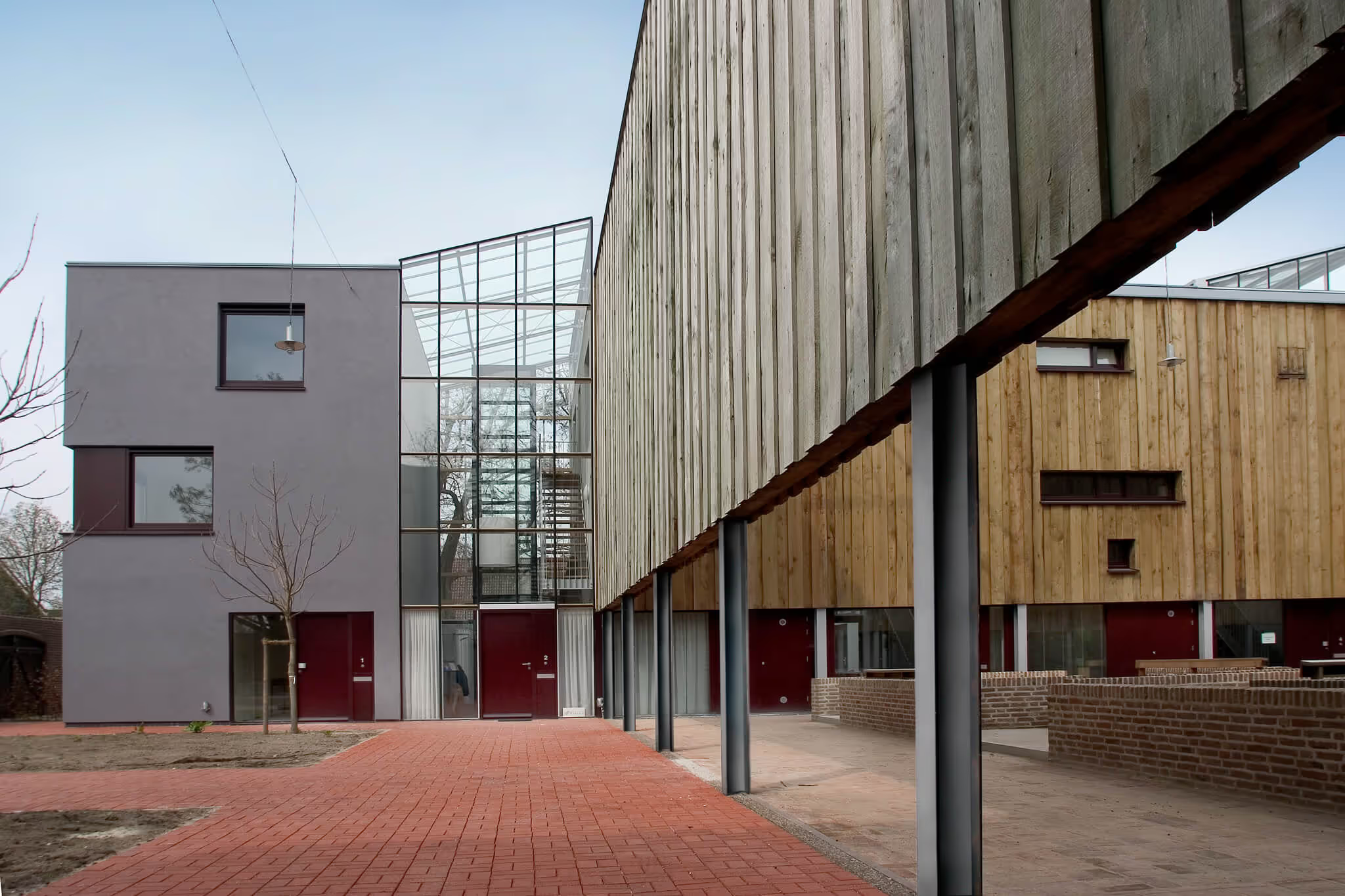
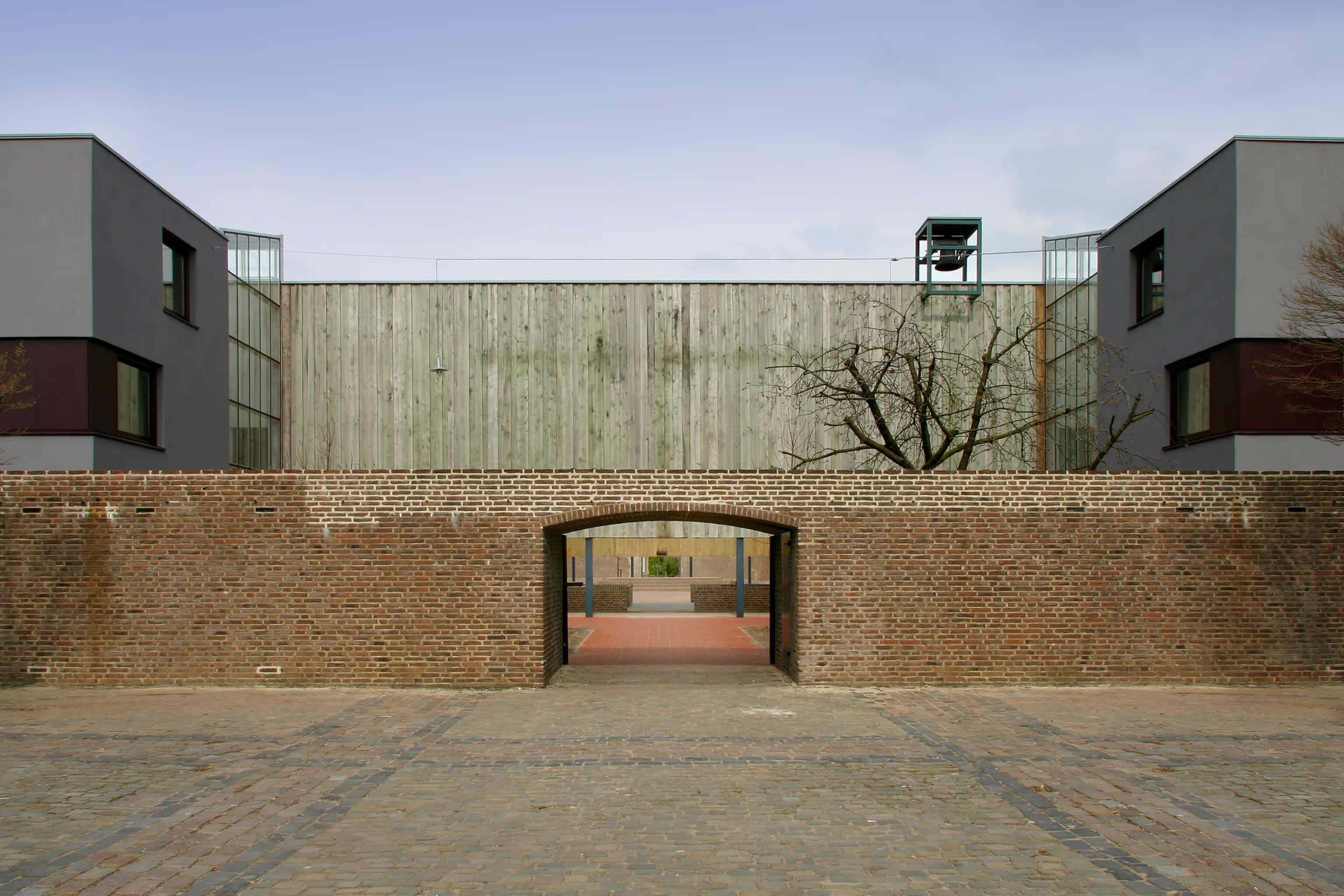
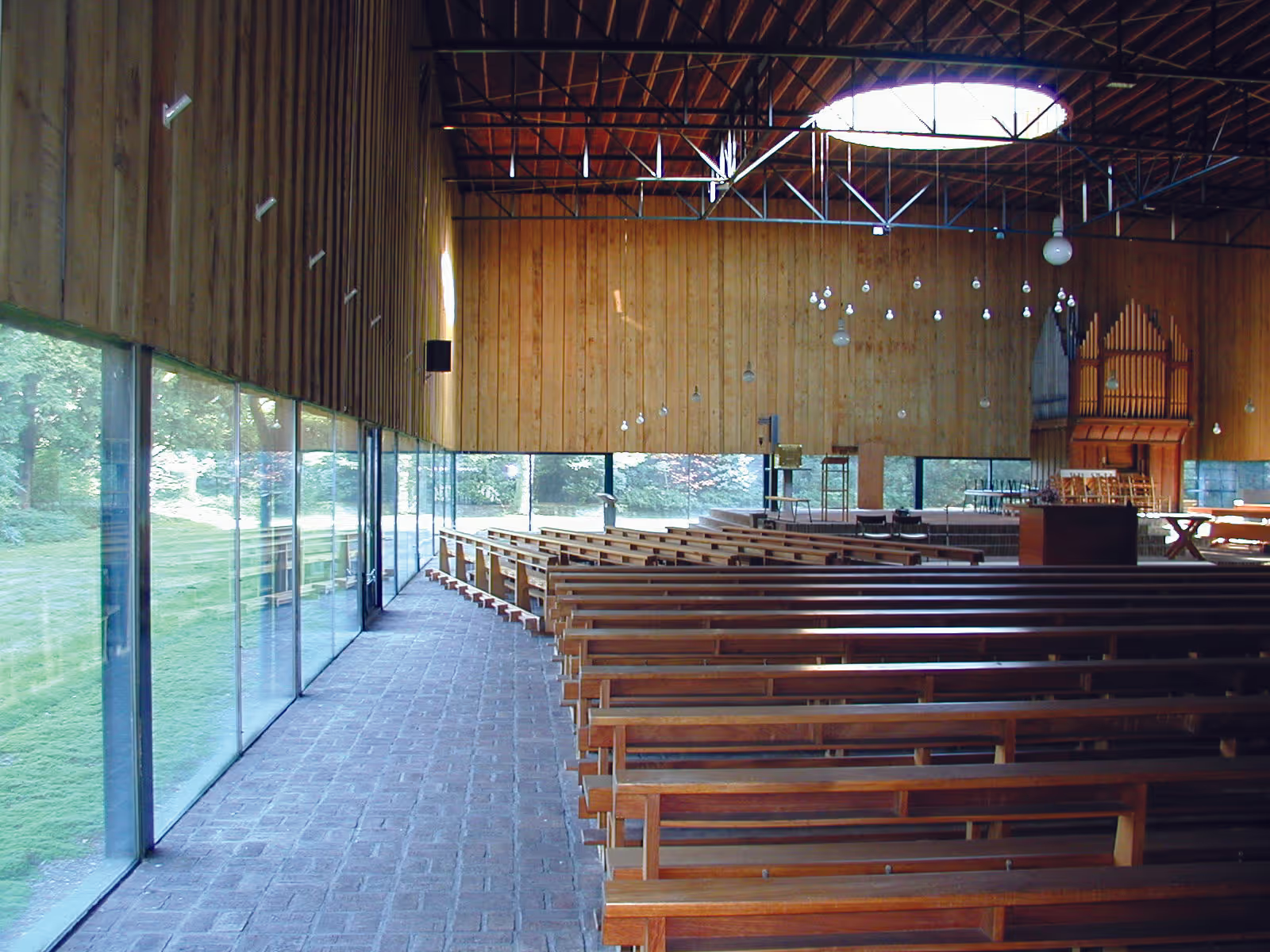
Transformation in the spirit of the original design
When the church became empty and threatened to be demolished in the early 2000s, Hans van Beek — the then director of atelier PRO and friend of the then deceased architect — went looking for opportunities to preserve the building and its extraordinary ideas. At first, converting the Ludgerkerk into a residential block did not seem like an option because the meeting place would disappear and the church garden divided into private gardens. The special character of the place could not be preserved. But by placing homes between the church wall and the garden wall rather than in the church building, and removing the roof from the church building, atelier PRO designed a financially viable alternative to demolition/new construction in spirit with the original building and in spirit with the special place that the church filled.
Inside becomes outside and outside becomes inside
The Cathedral in Siena served as a source of inspiration for this reversal. Over the centuries, the unfinished nave of this church has been transformed into a private square surrounded by buildings, making the inside out and the outside in. The same concept was used at the Ludgerhof: by leaving the wooden outer walls and removing the roof, the rectangular church space remained open and transformed into a square, surrounded by the houses. By keeping the gate to the church's green courtyard, entering the Ludgerhof still feels like a special moment. From the courtyard, people see the wooden façade of the church, supported by thin steel columns; the sacristy — which stood as a pavilion in the church building — has become a playground; the bricks of the church floor now serve as the pavement of the square; the wooden interior walls of the church are now the fronts of the houses.
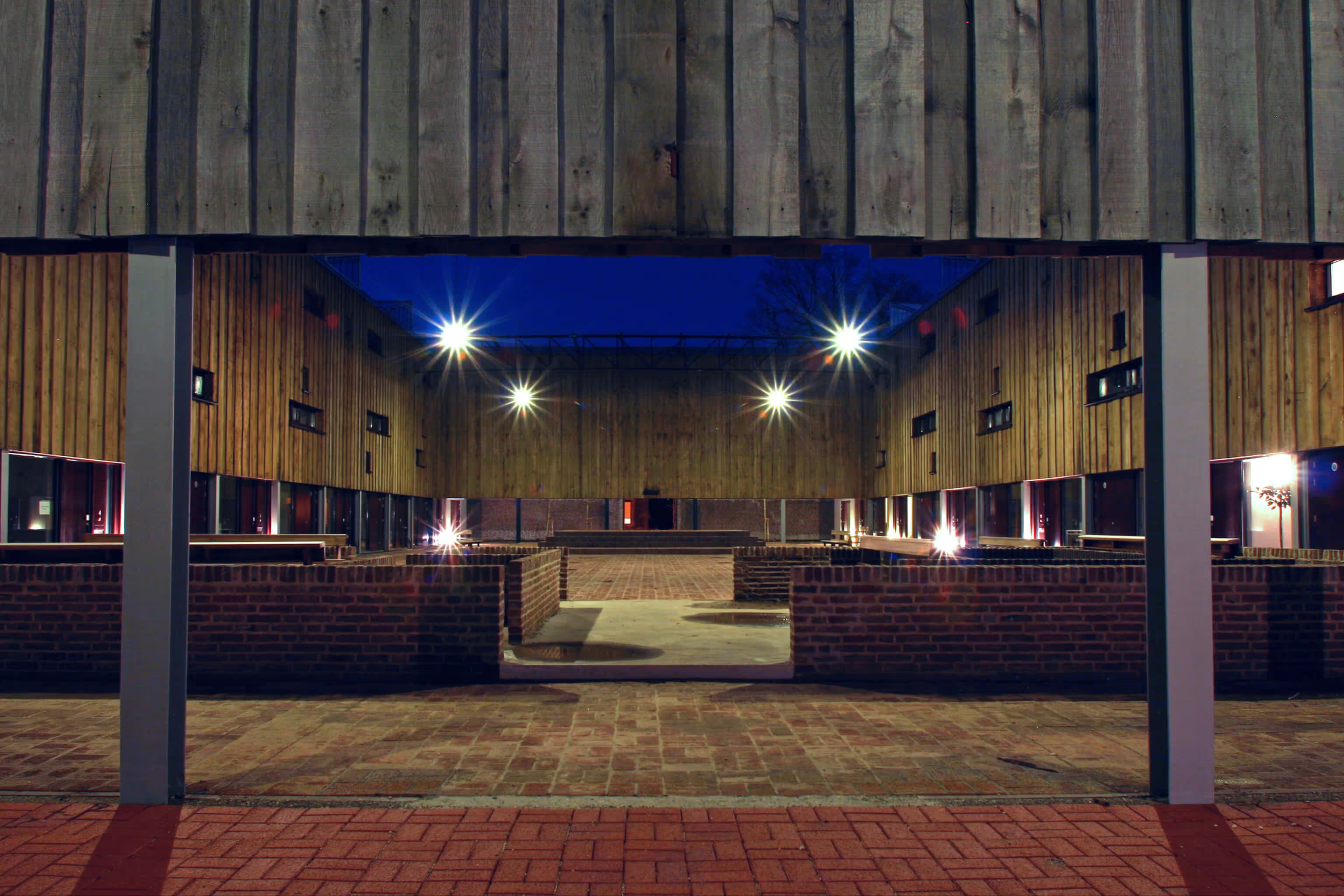
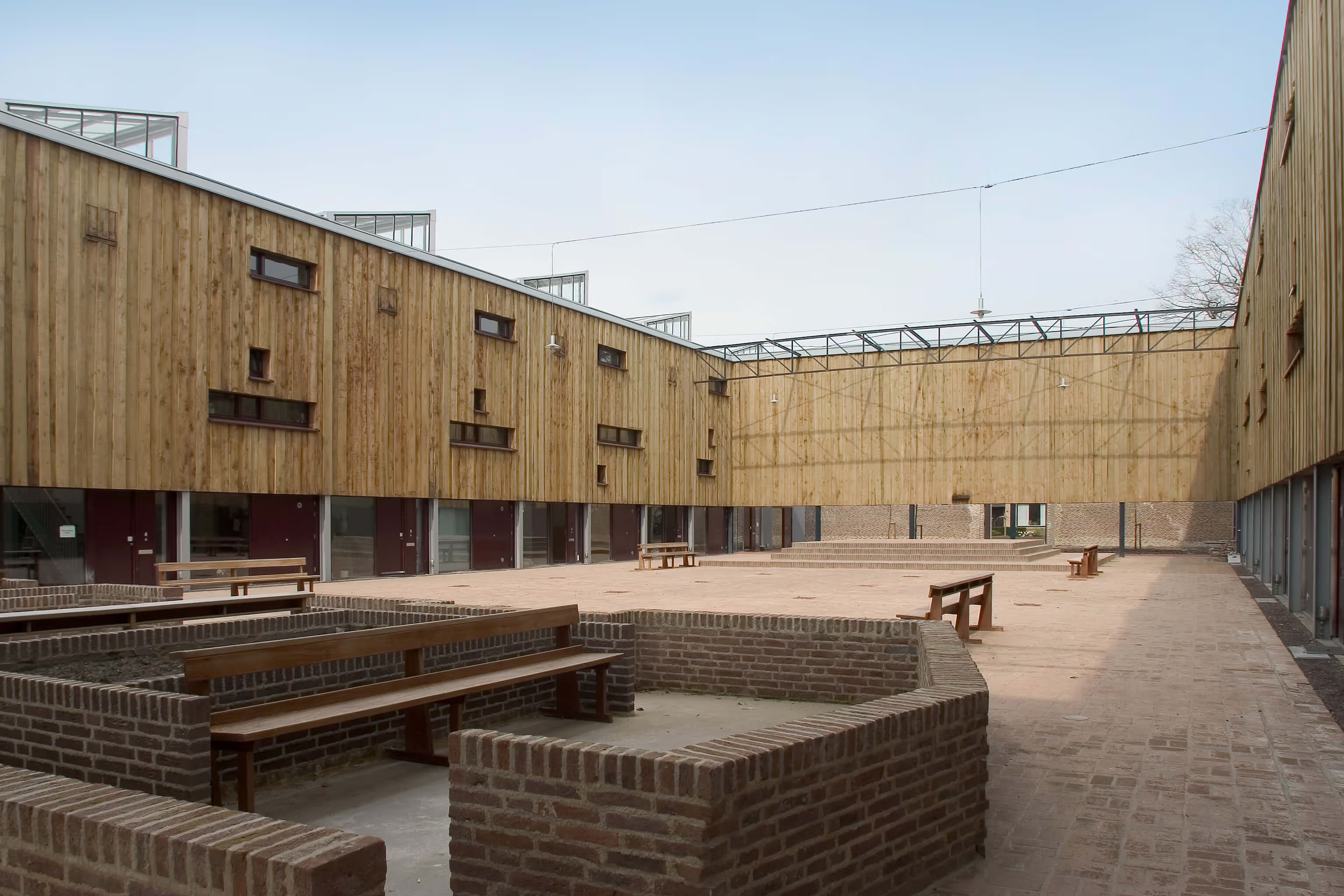

Transparently designed homes with flexible greenhouses
In order to properly fit the houses into the available space and at the same time keep the open plan of the walled garden intact, a special type of home has been designed: in addition to a compact stack of standard spaces such as the living room, kitchen and bedrooms, each house has a transparent beech of four meters wide, a conservatory that can be filled in according to your own needs. This allows people to choose different ways of living: a commuting home, a home for a large family or a two-in-one home. Thanks to transparency, people still have a view of the old wall from the square and the essence of the Ludgerkerk remains tangible.
The Ludgerhof as a green place to come together, then and now
In the Ludgerhof, “being together” is an important starting point, just like when the building was still a church. The shared square and the garden wall surrounded by tall trees ensure that residents come together almost naturally. The way in which the houses are placed within the former church garden has created an optimal combination of privacy and openness. This project also preserved a special green space in the neighborhood, in the spirit of Gerard Schouten's original concept.
The Ludgerhof received the status of a Municipal Monument in 2013.
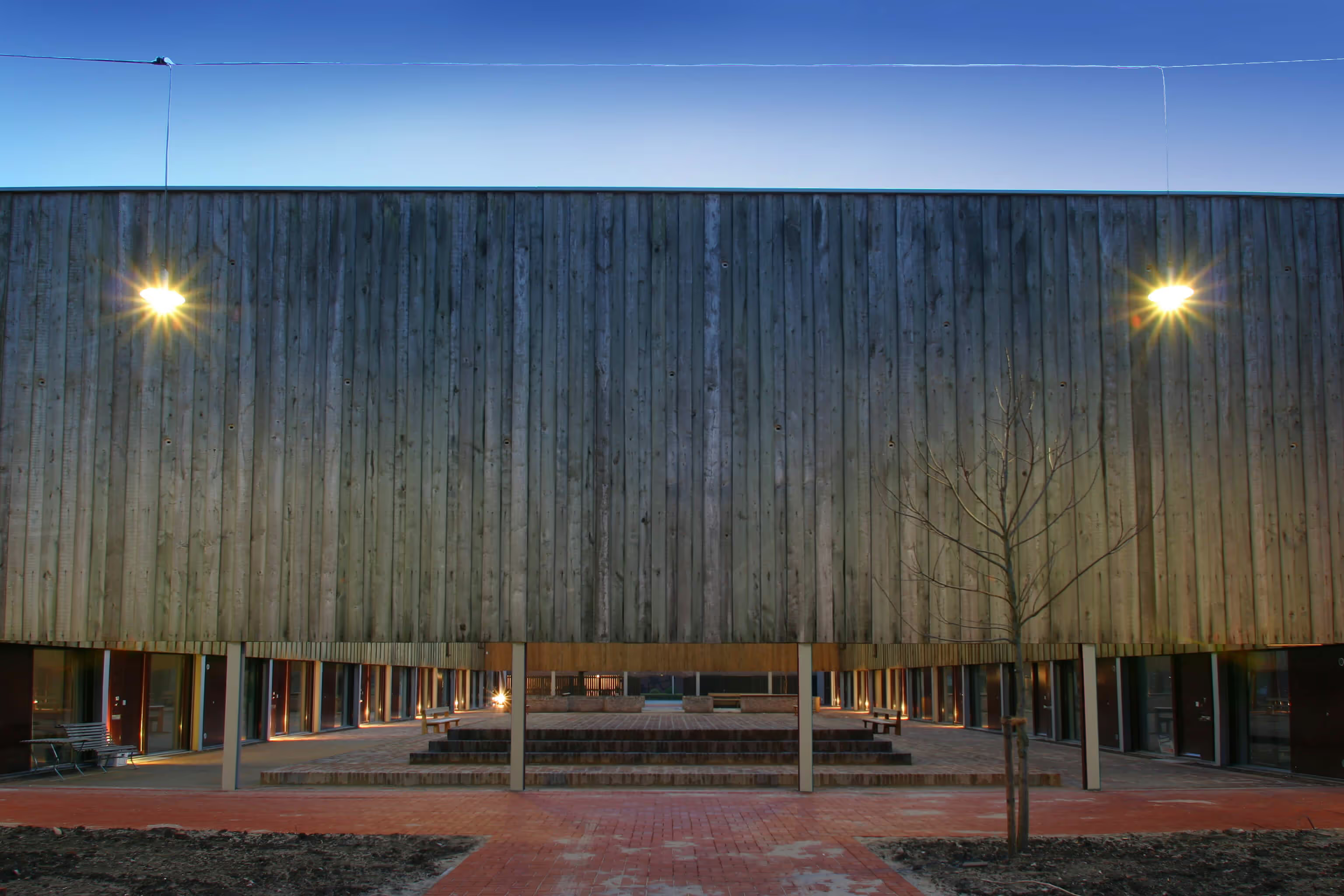
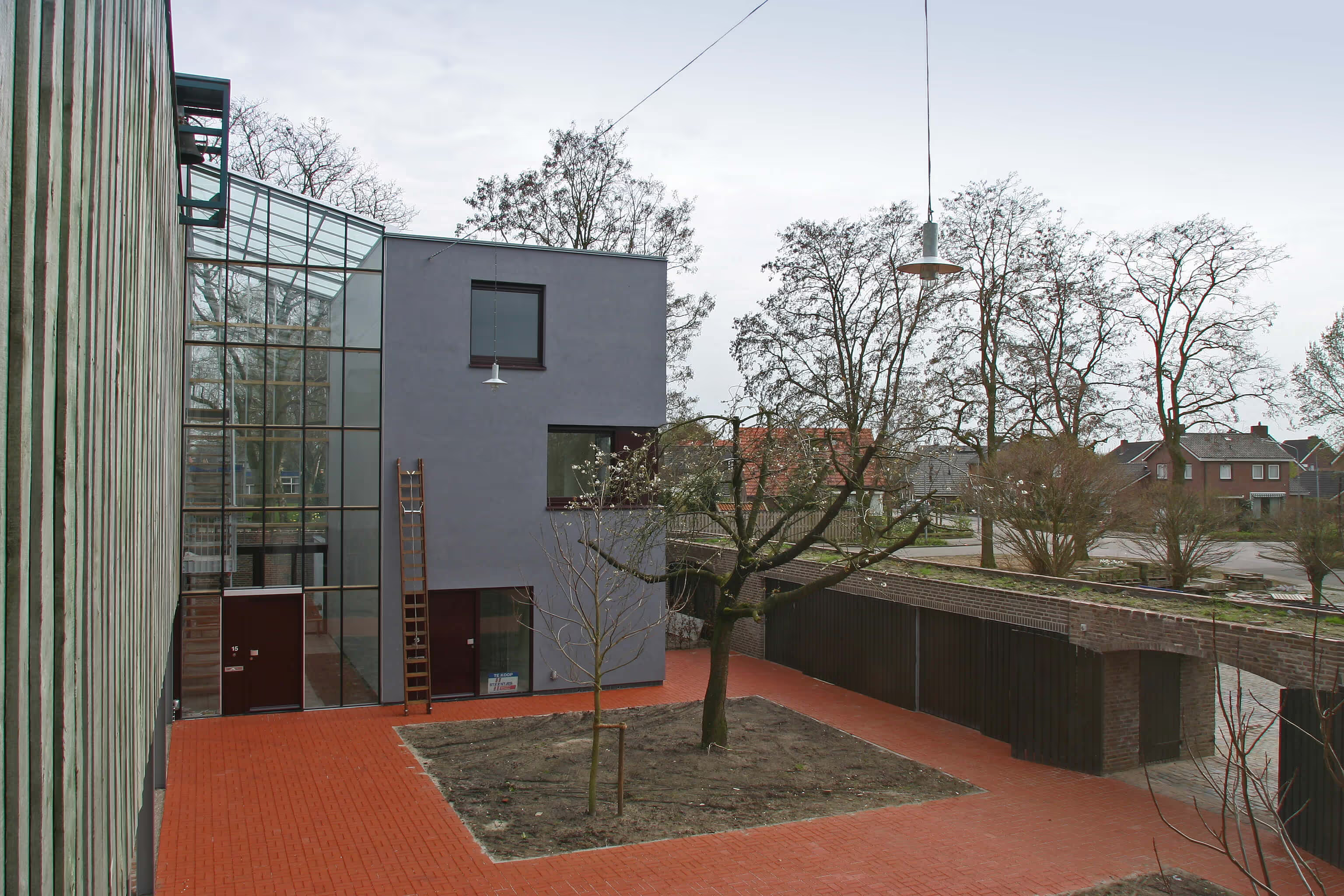
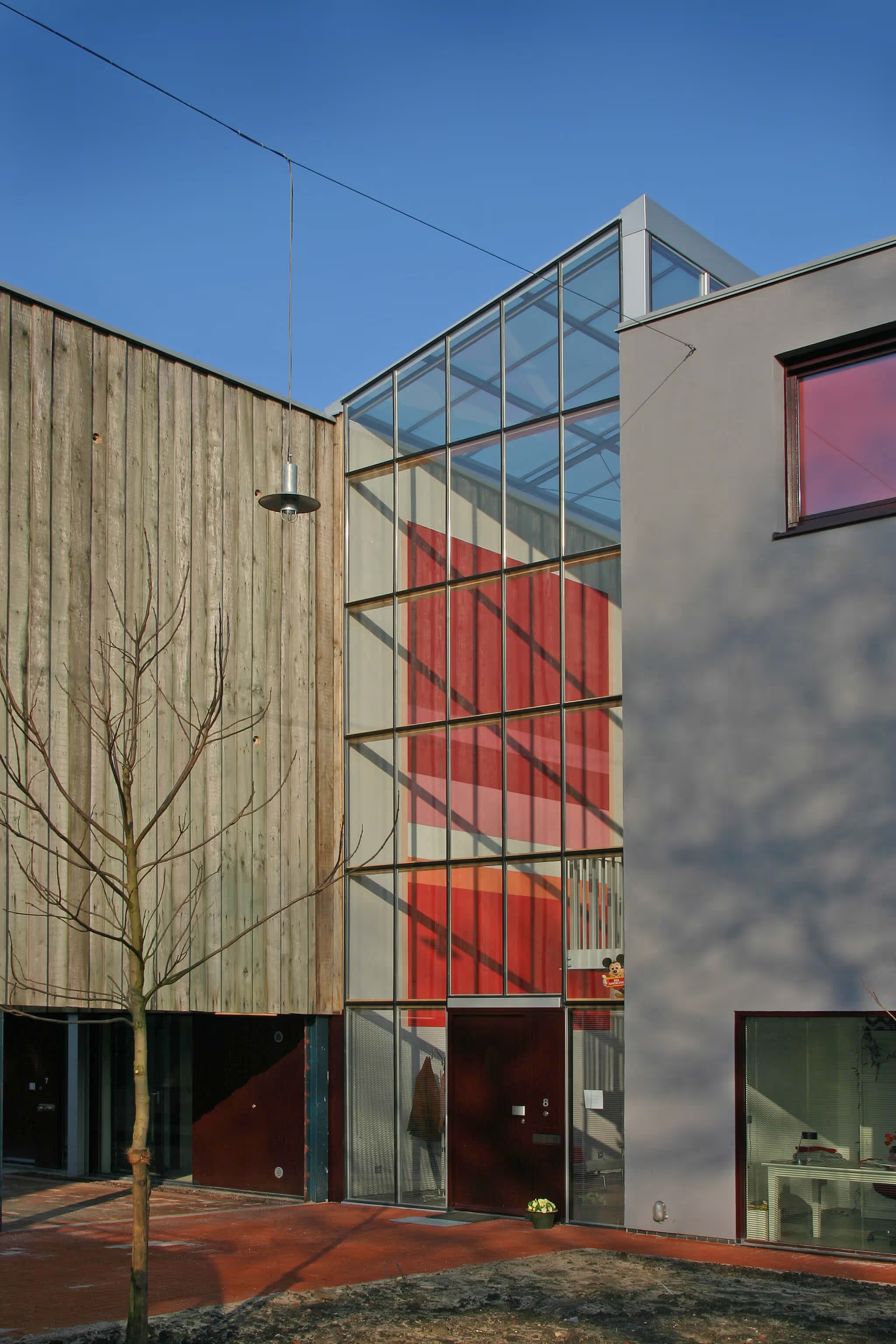

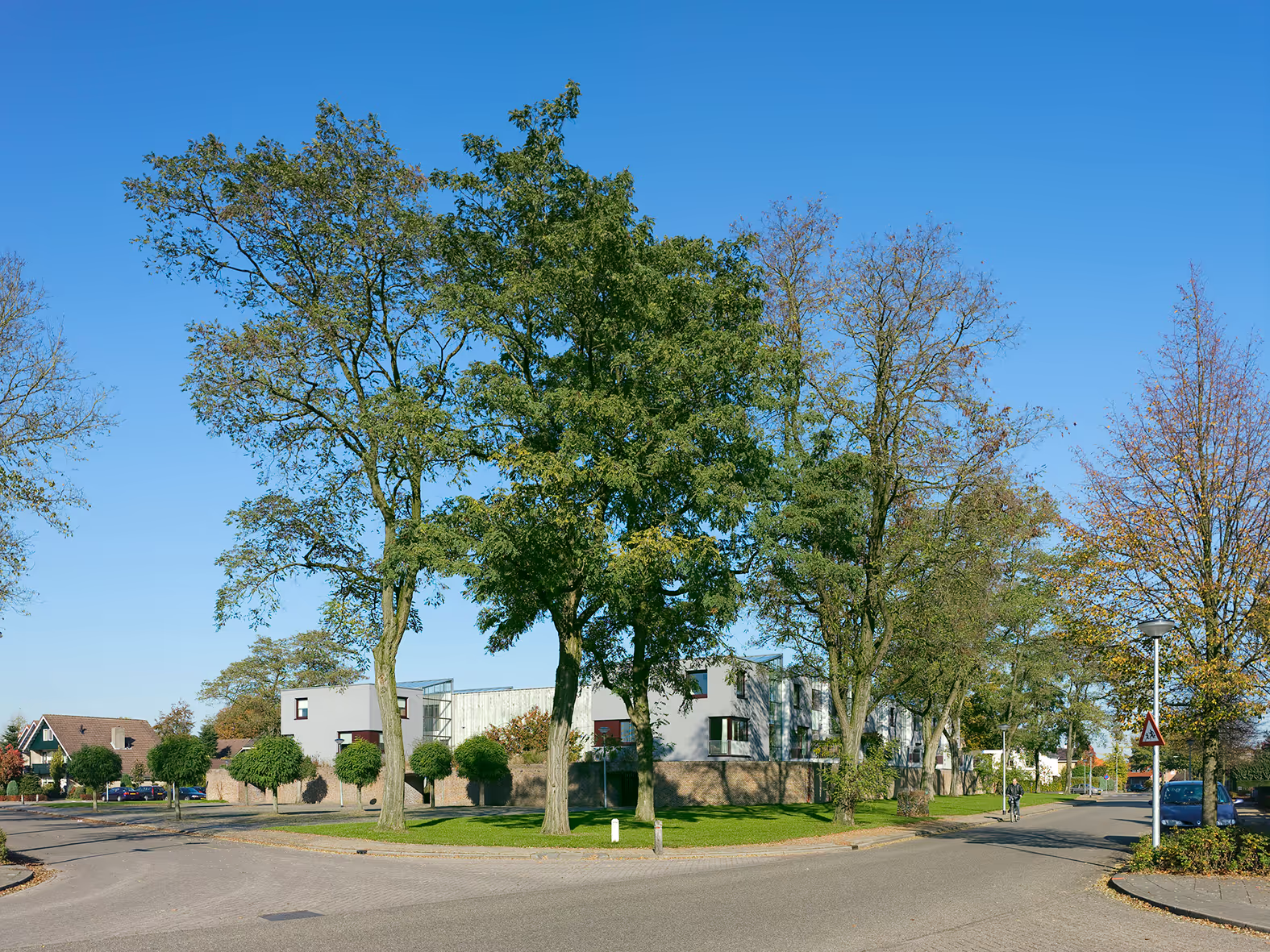
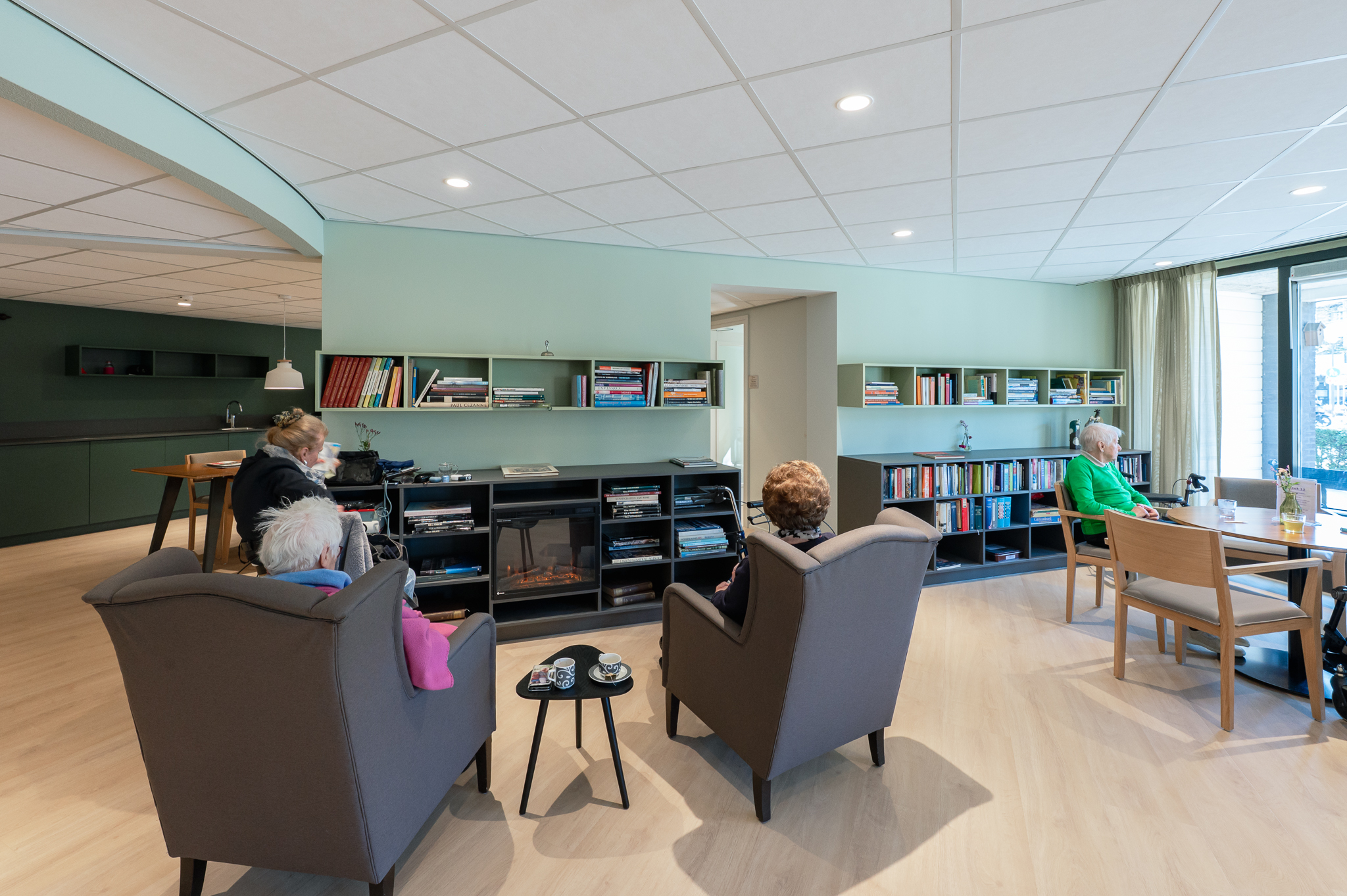
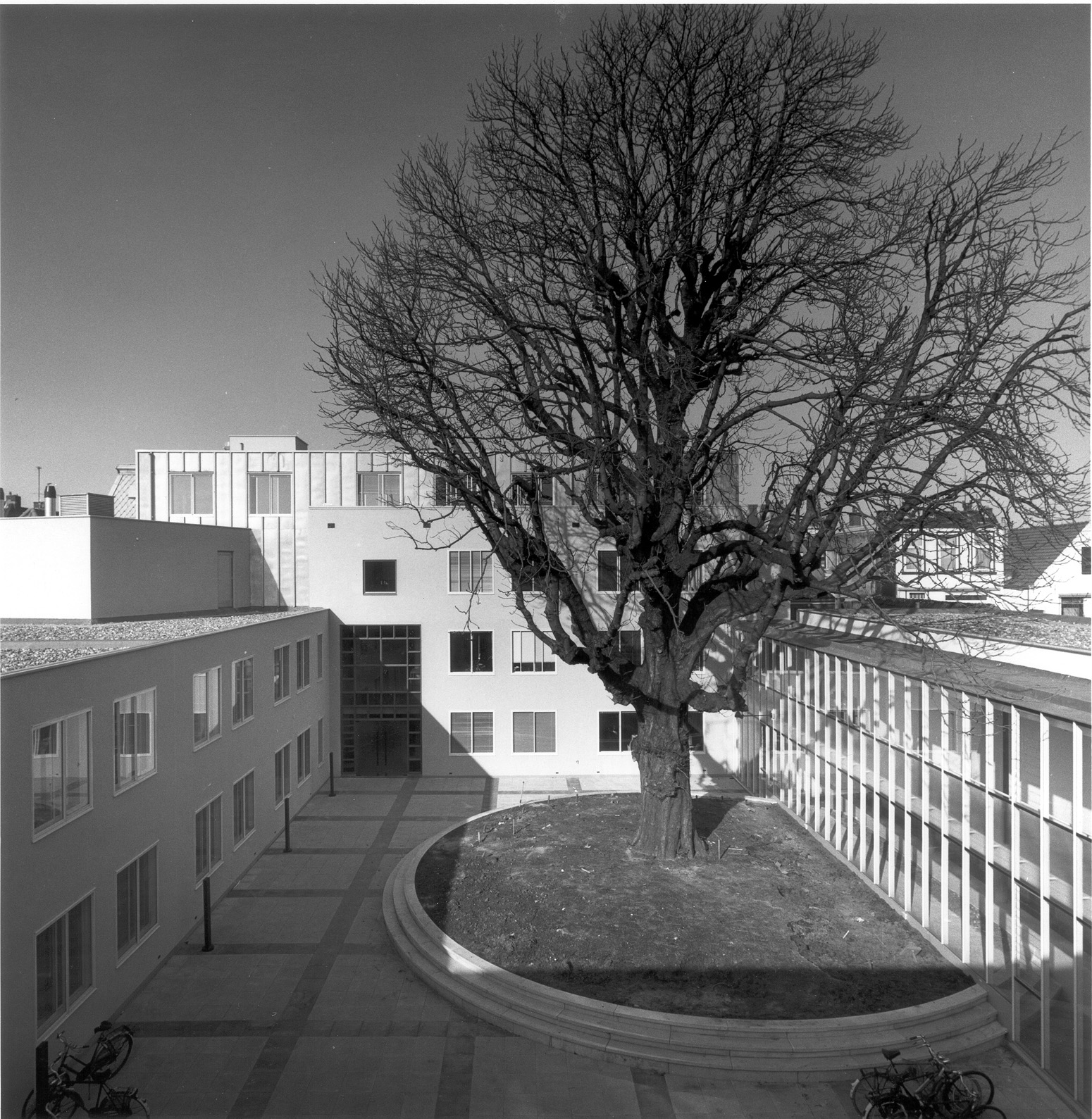

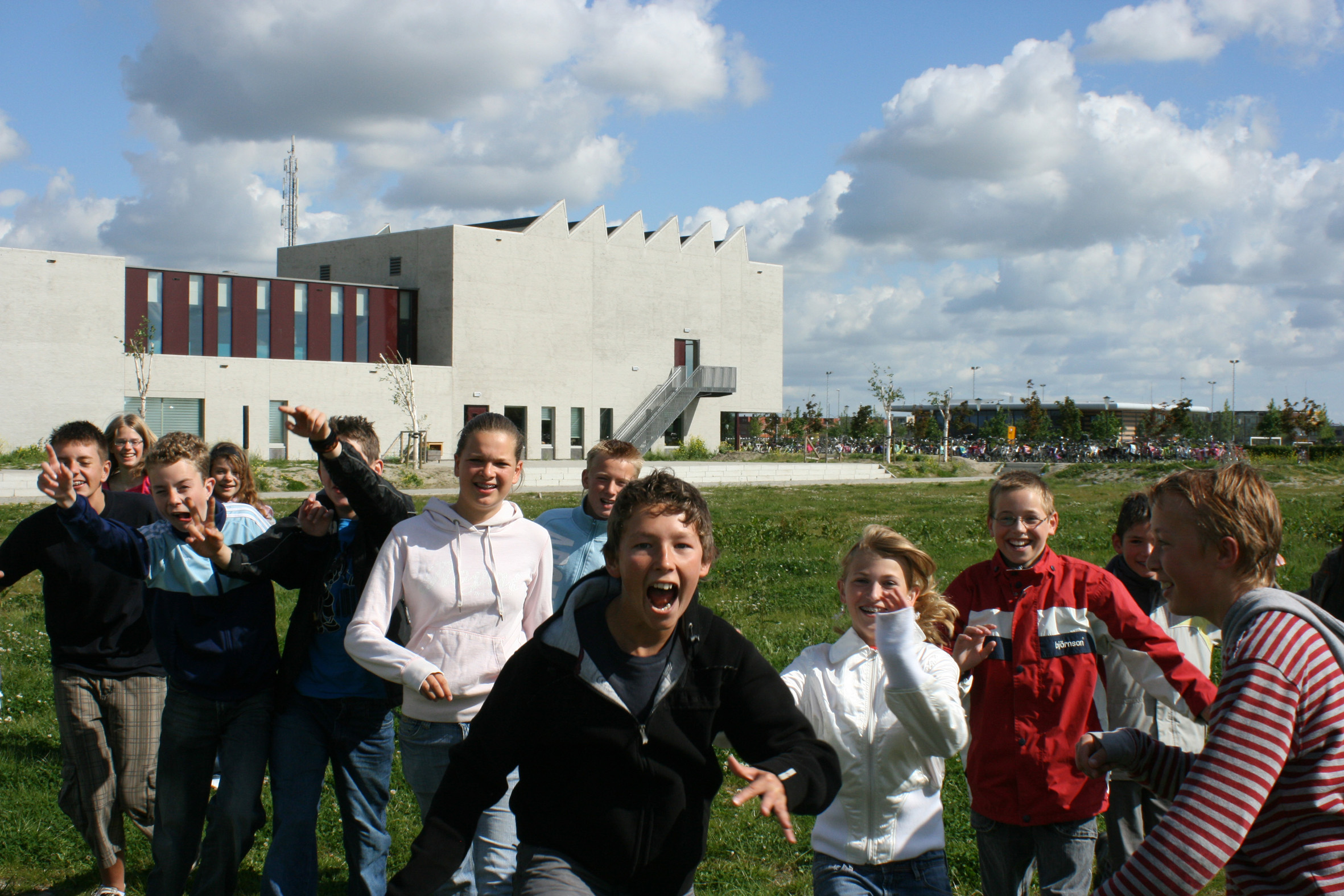

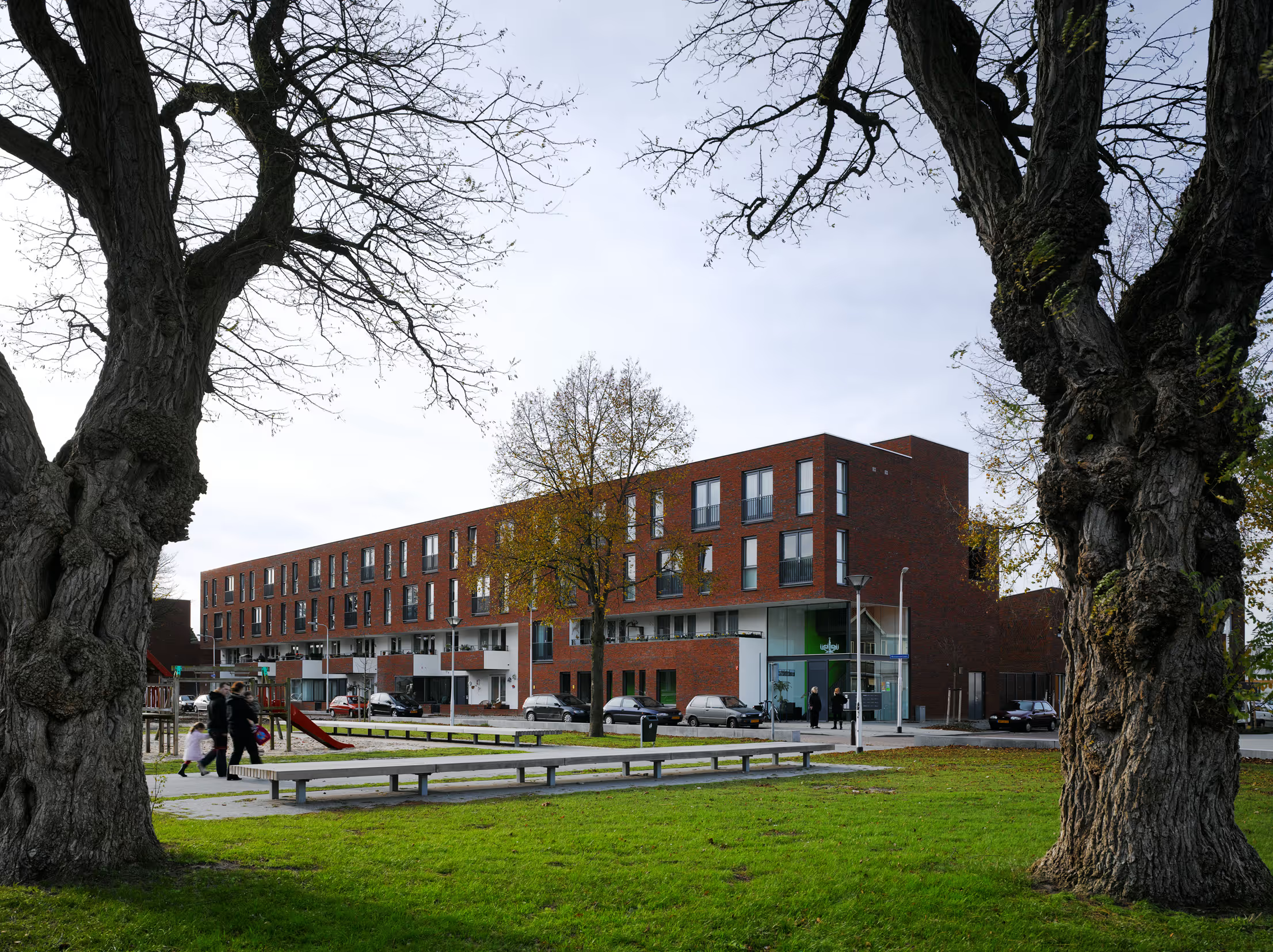
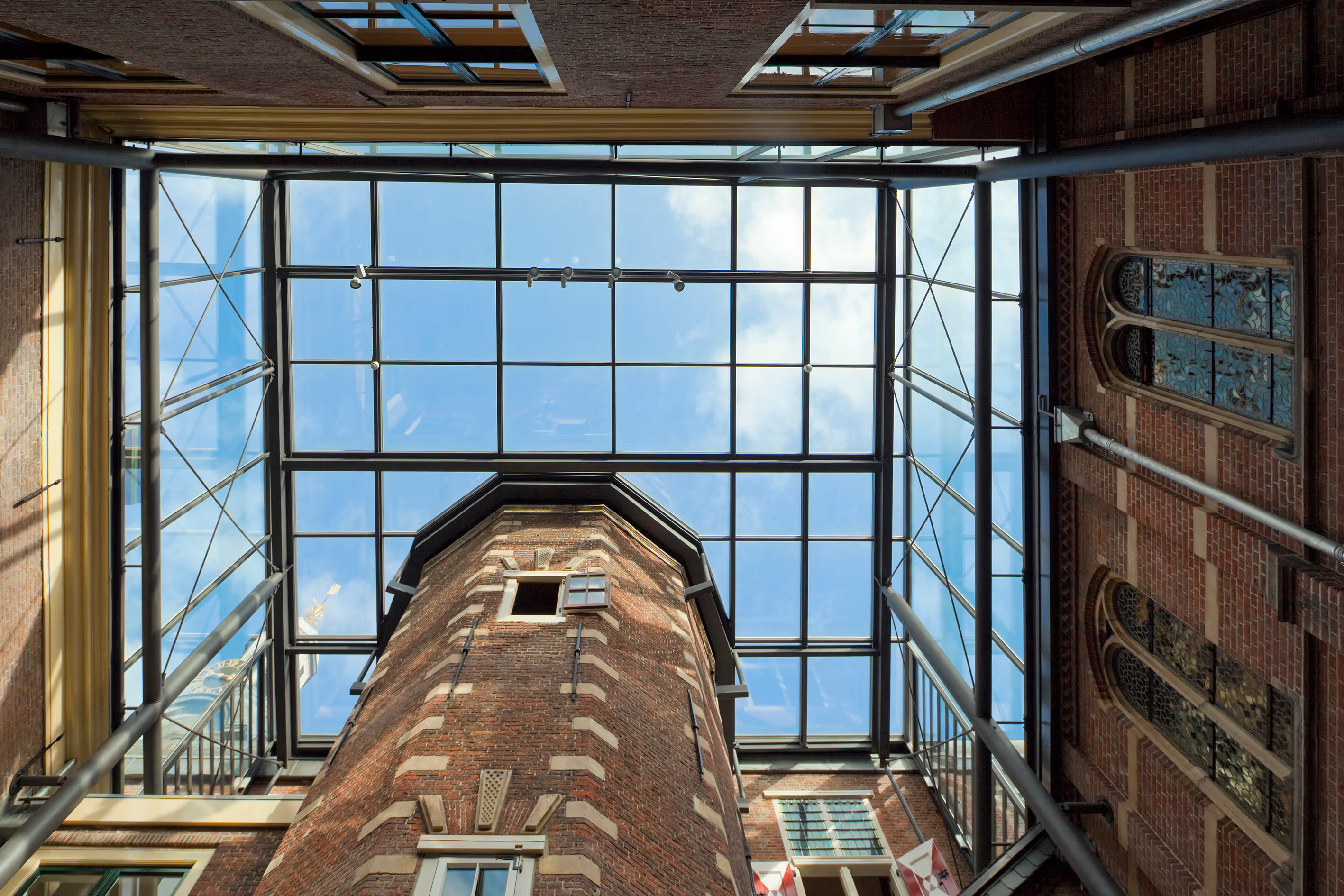

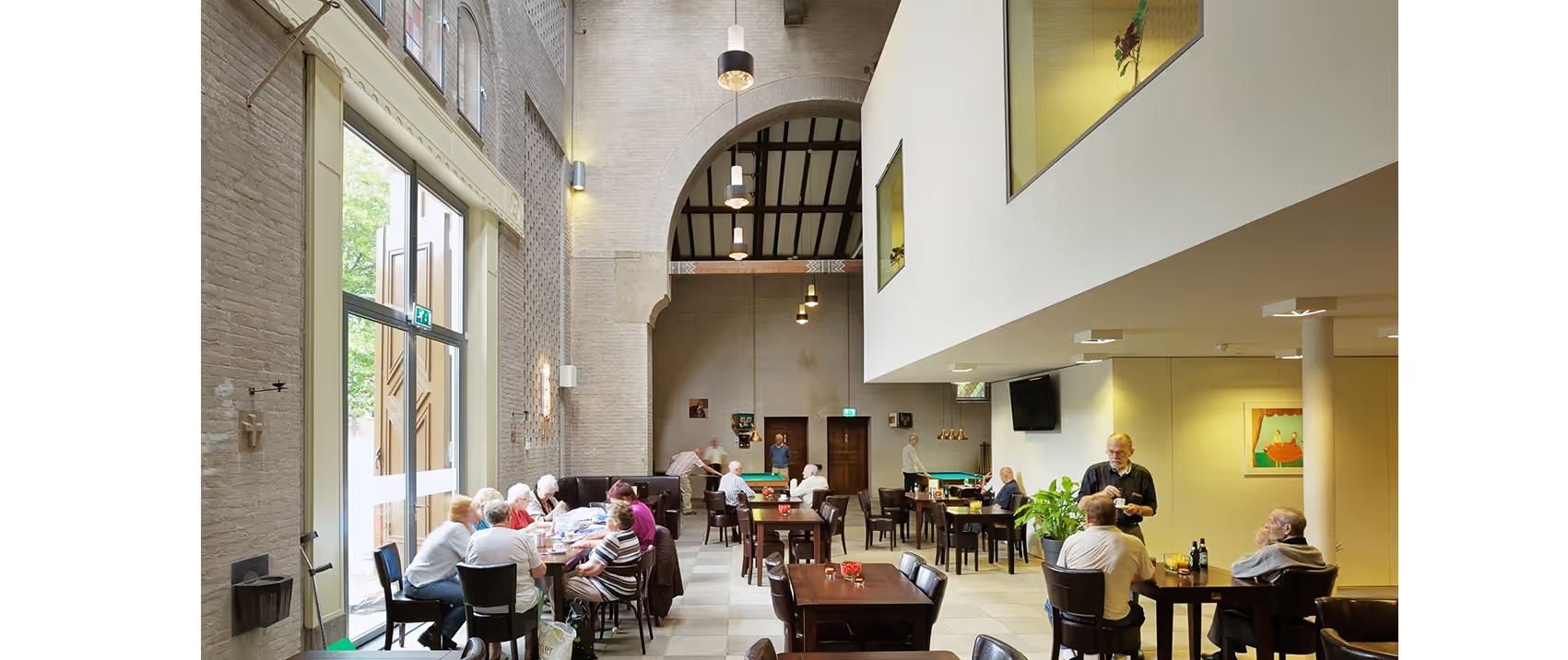

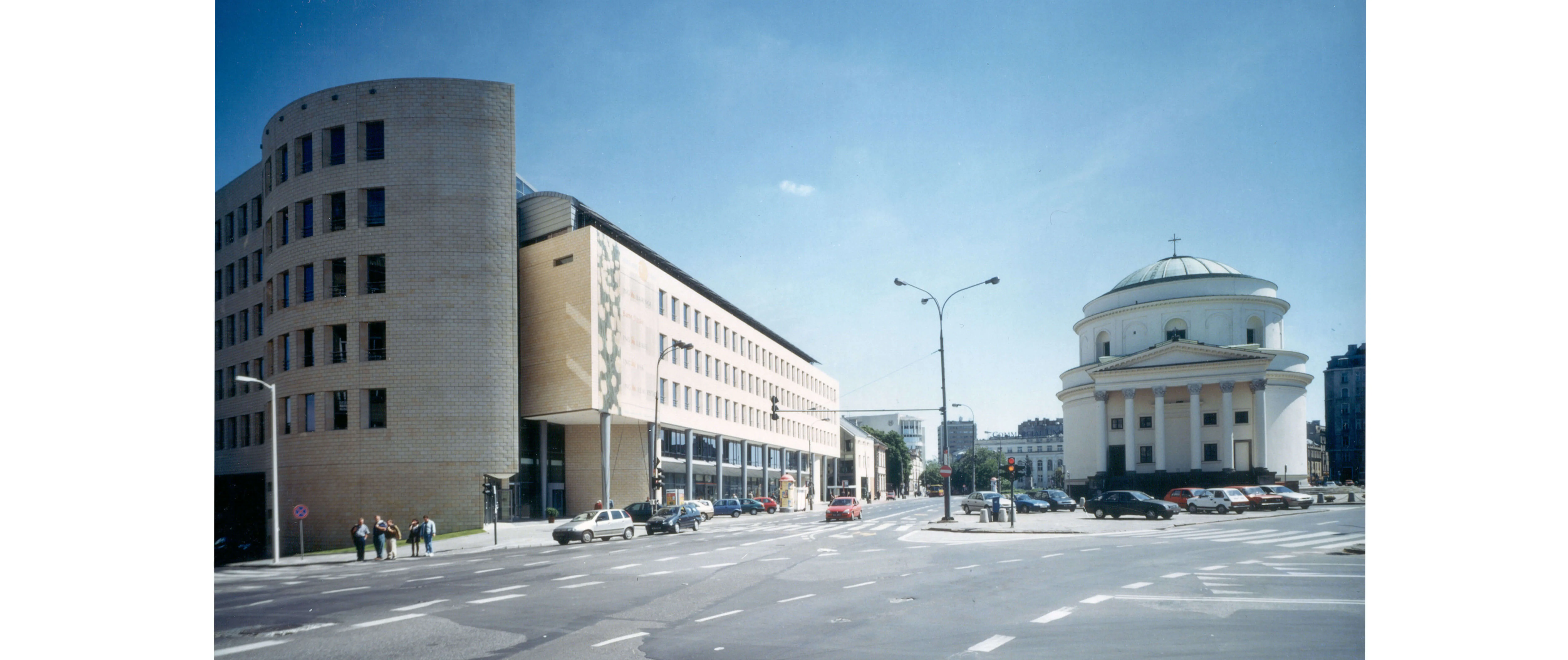

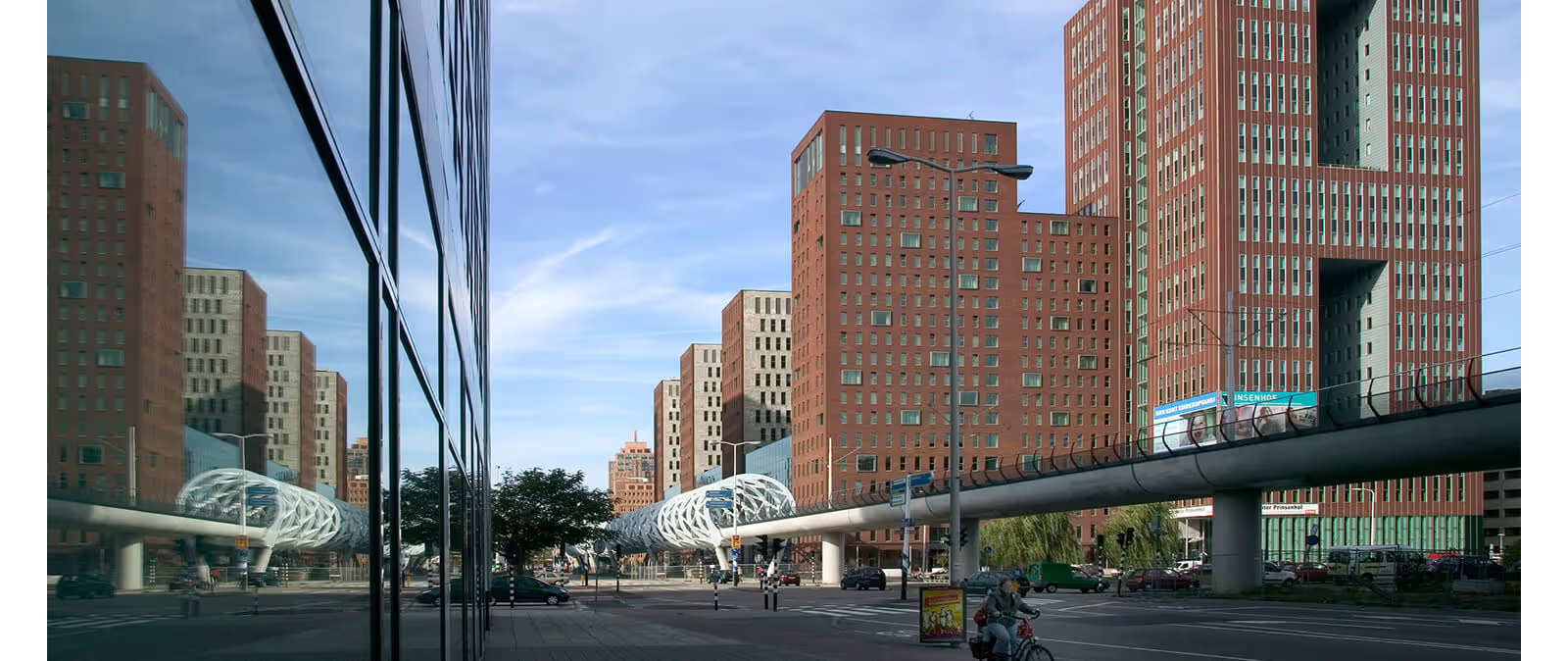
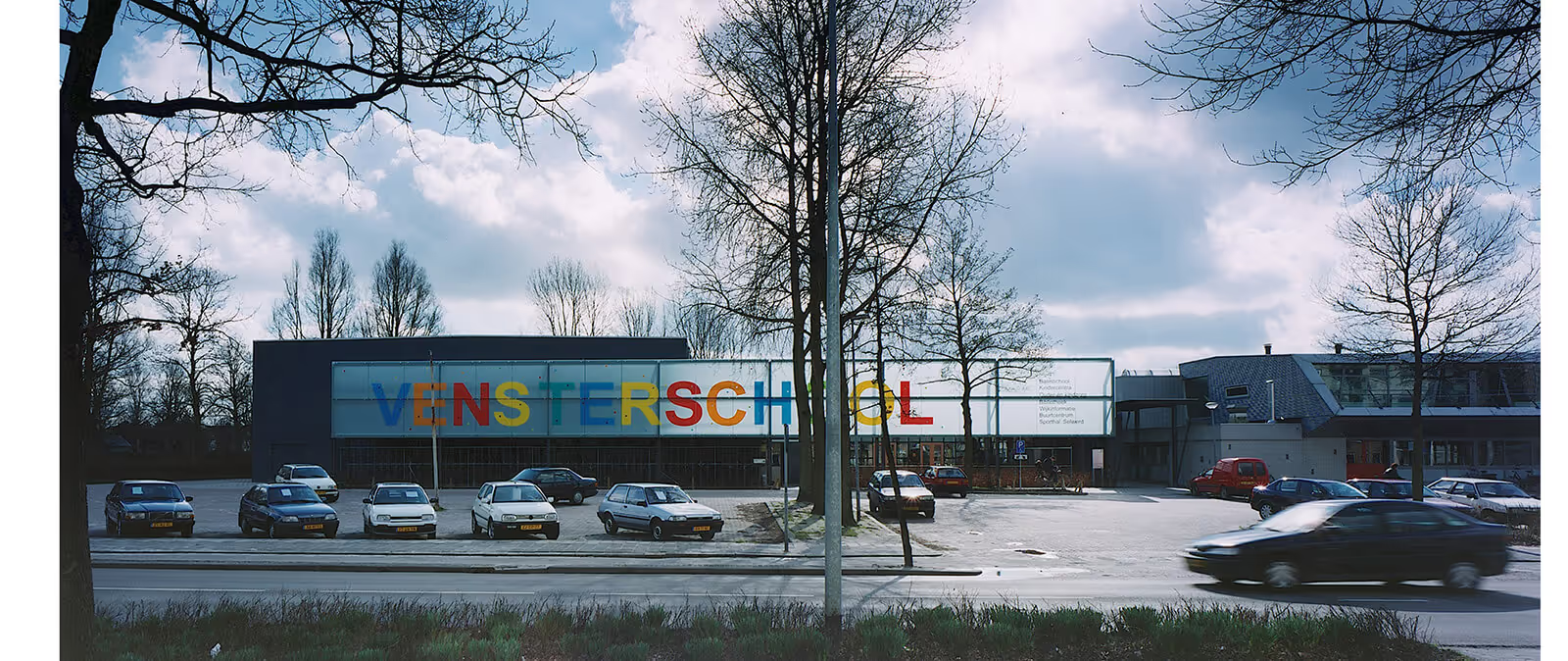

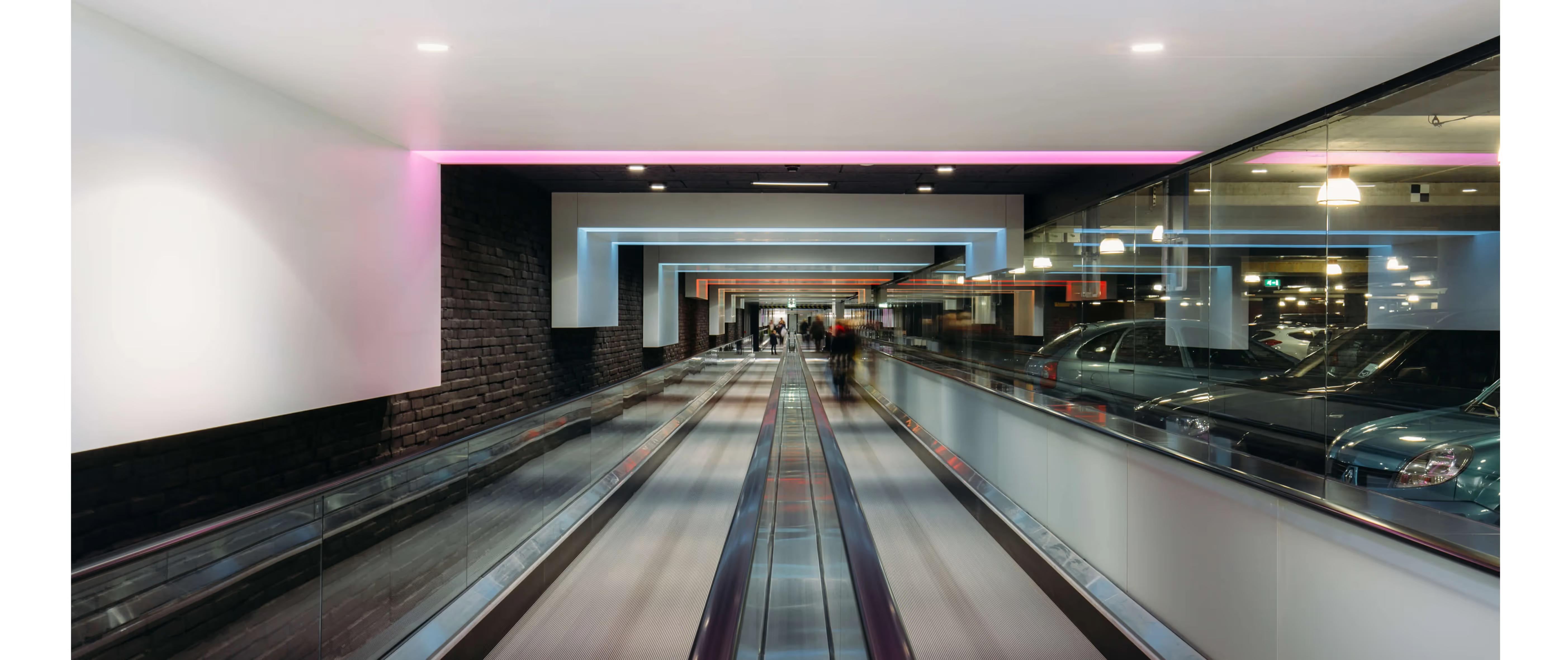

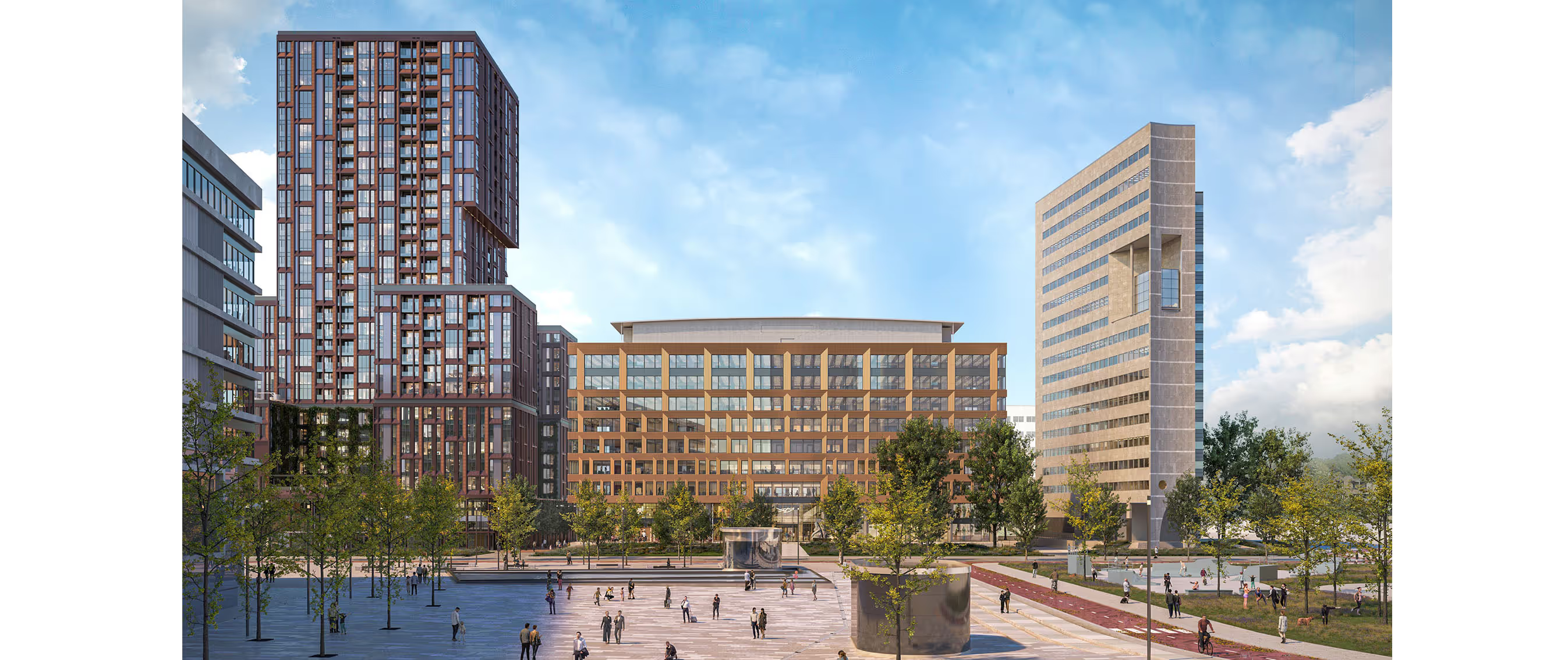

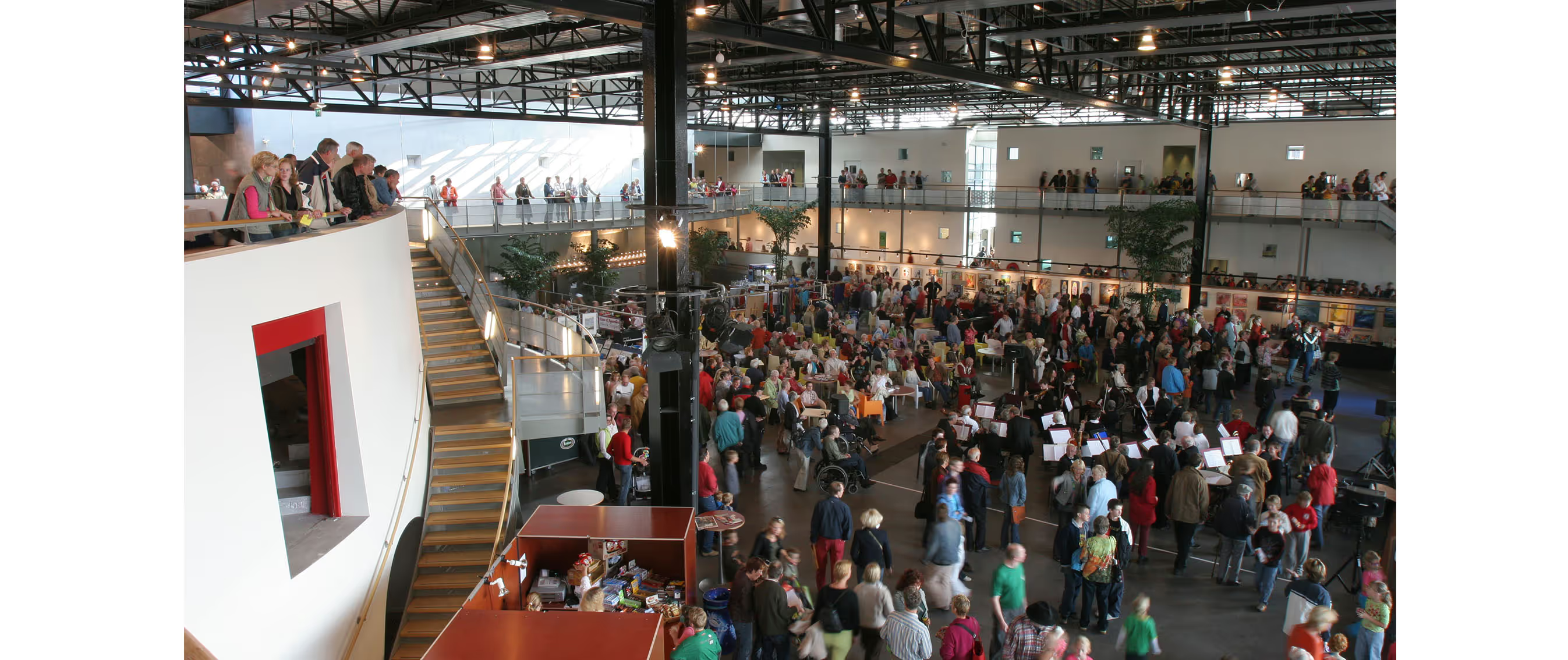
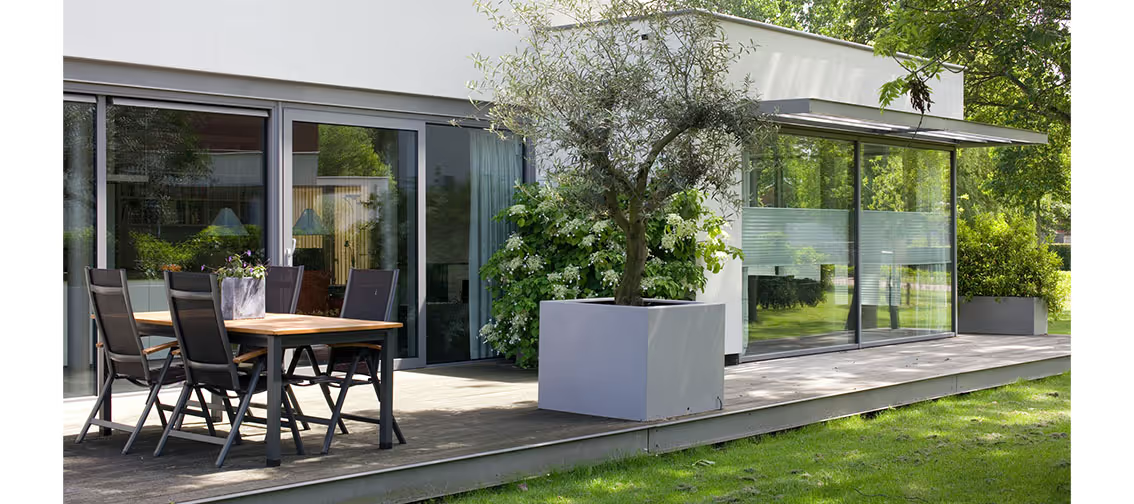
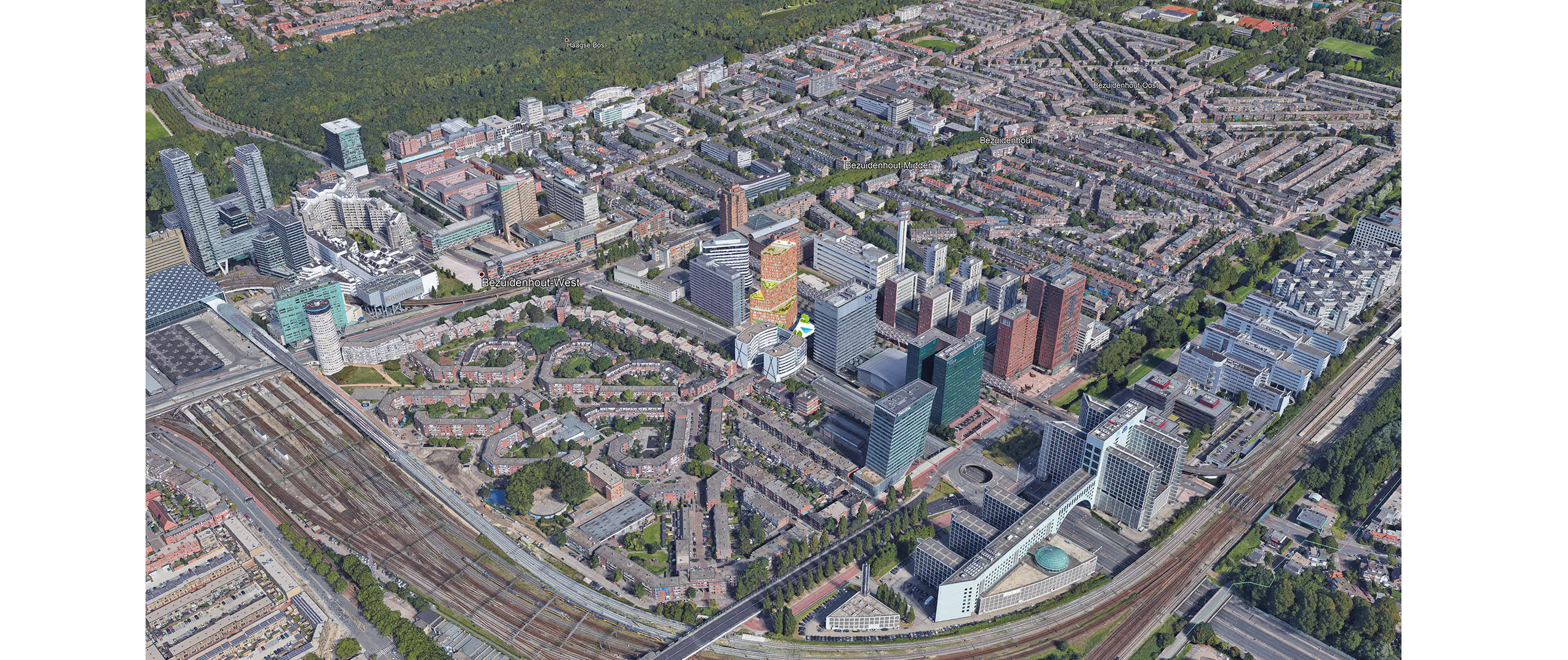


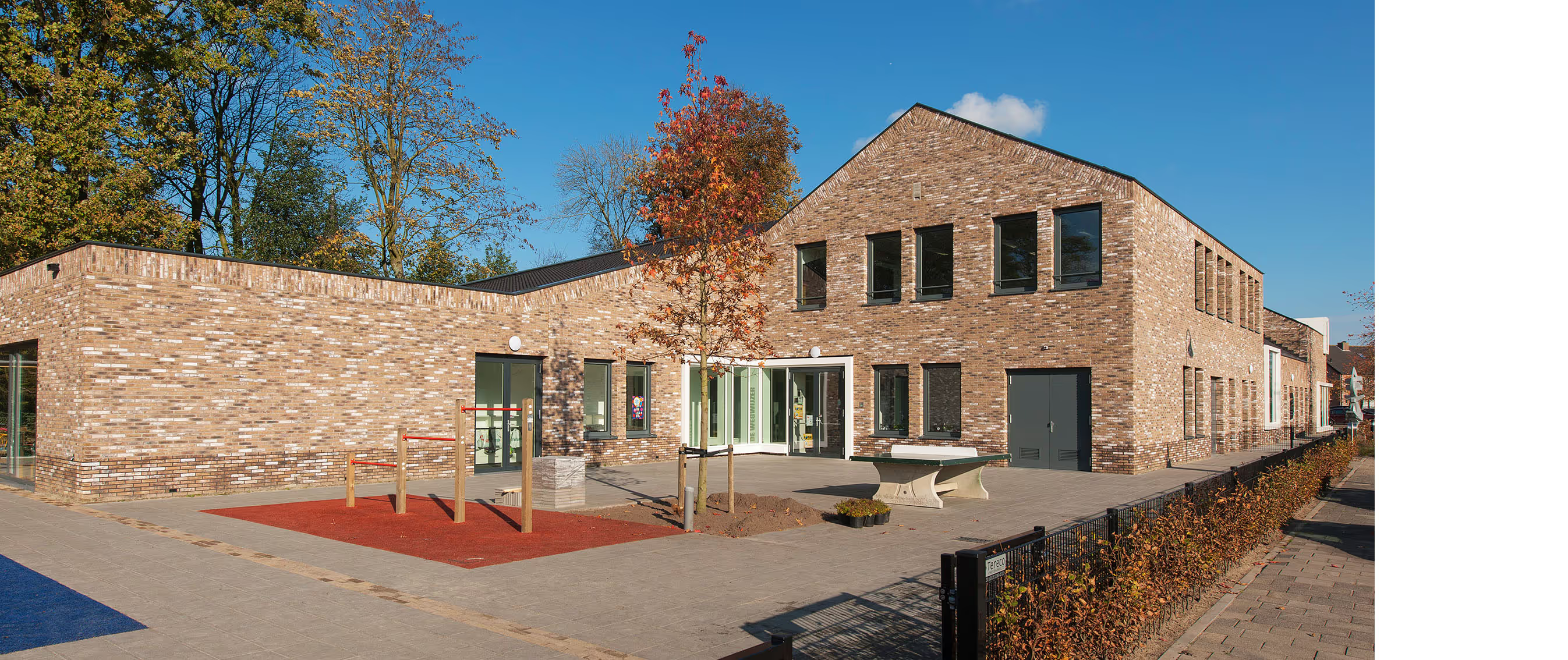

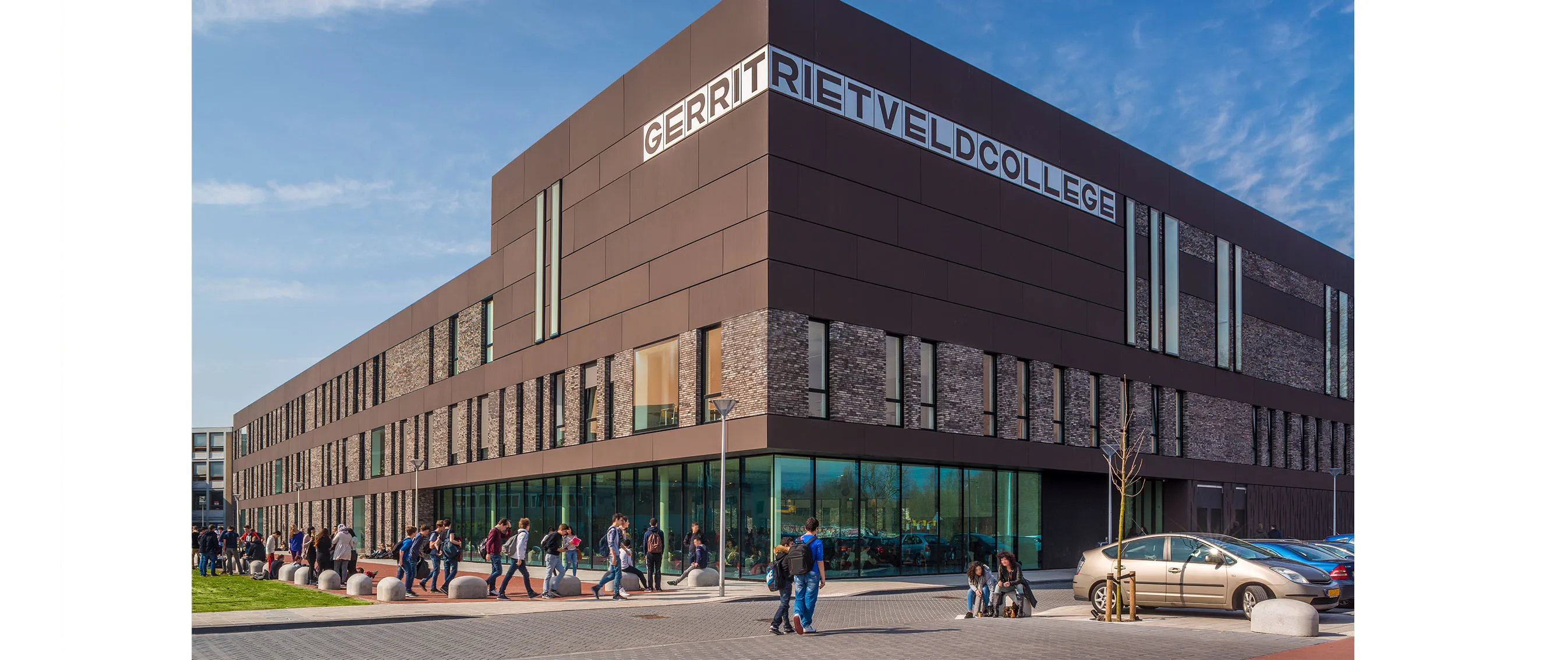

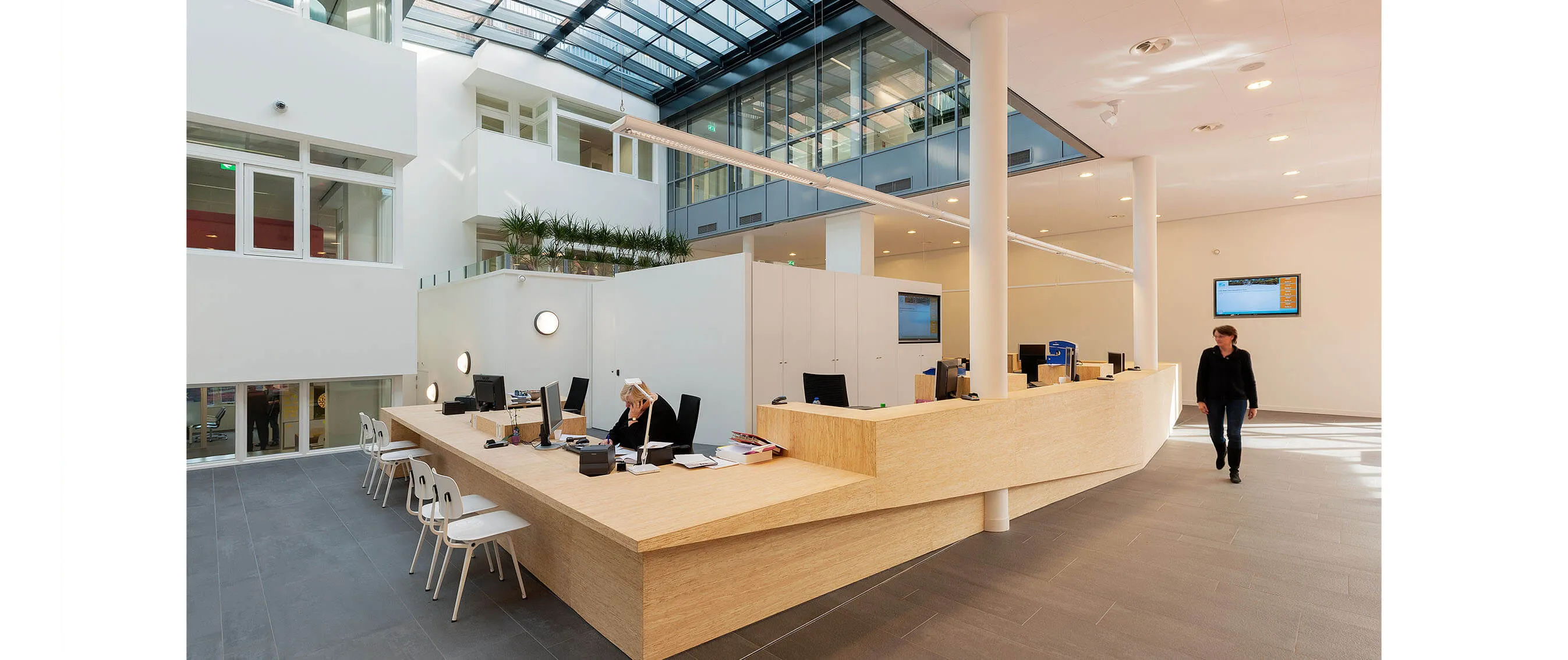
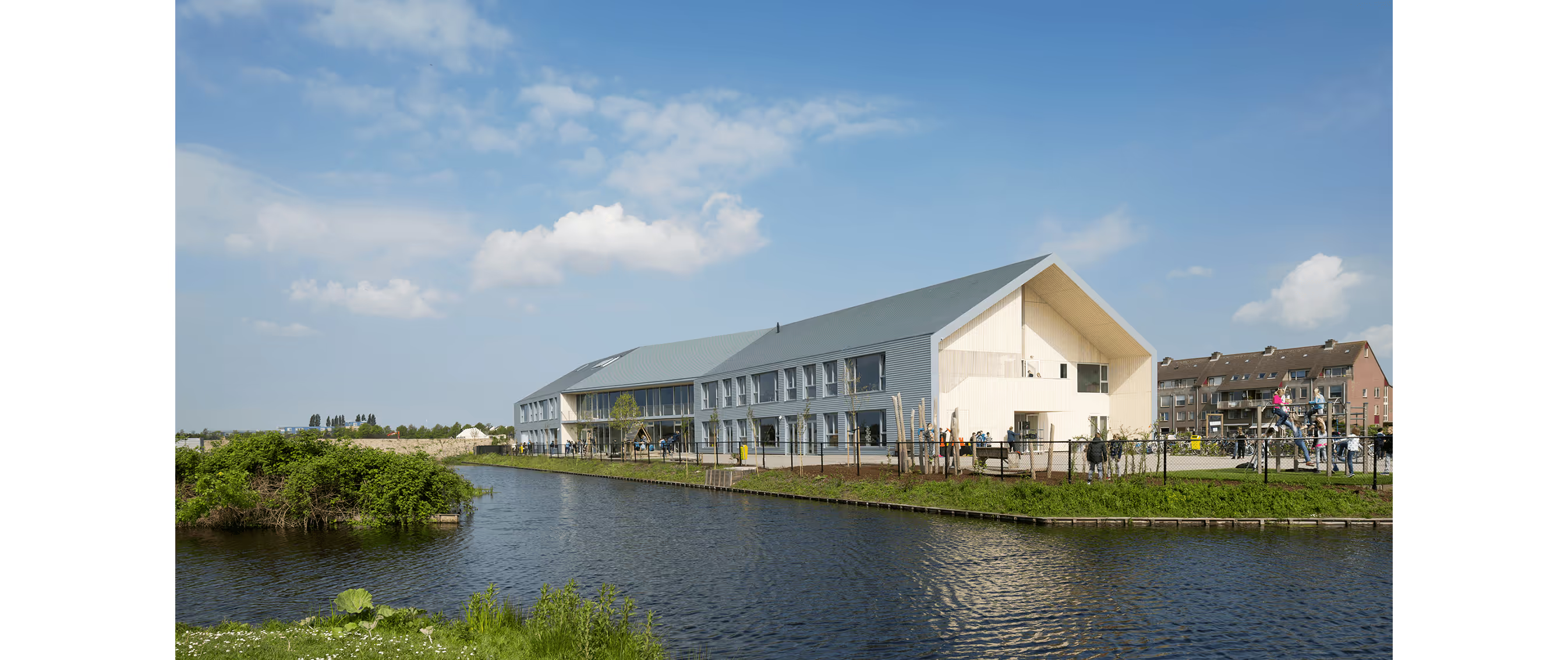

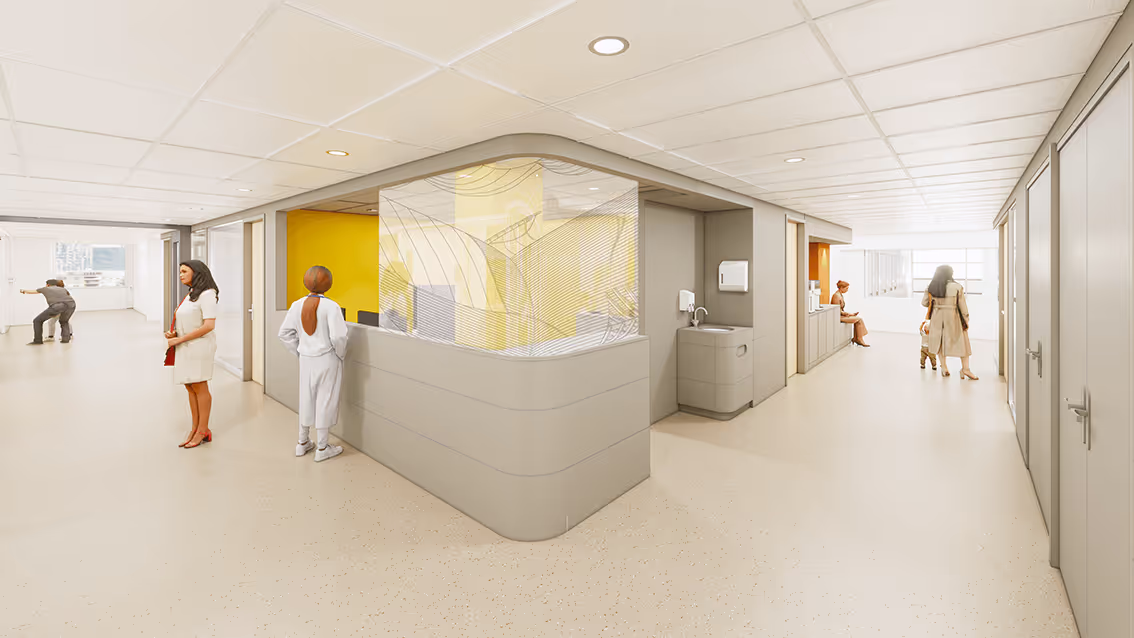
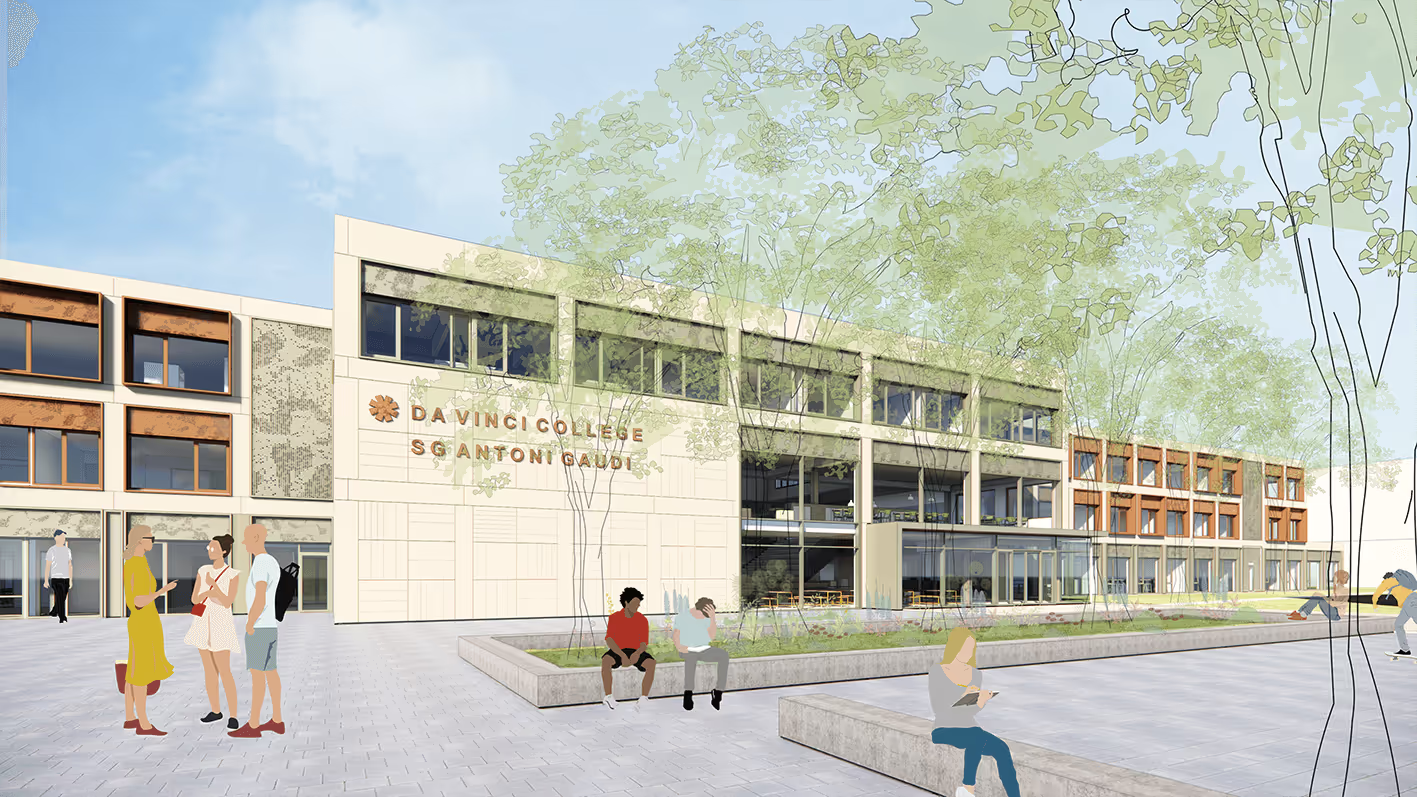
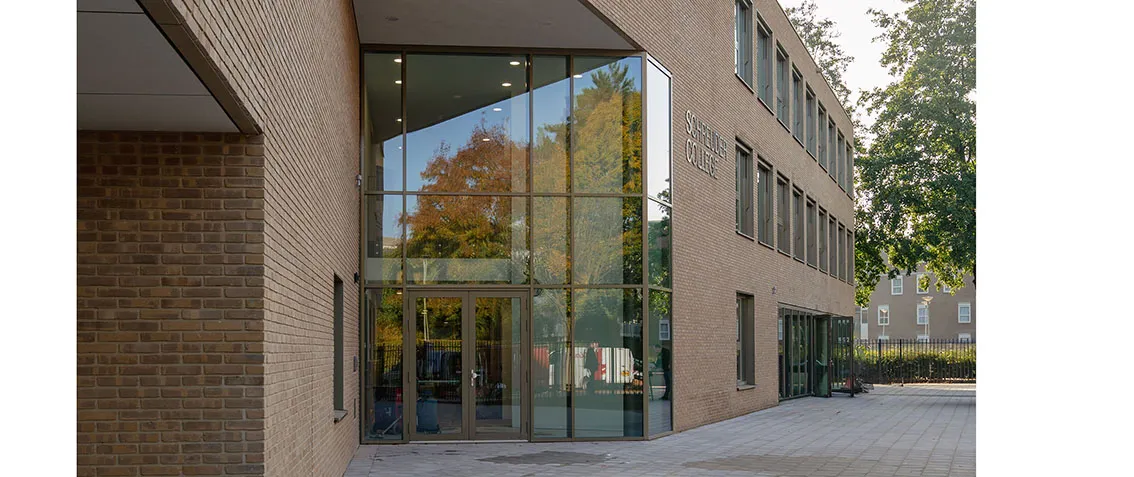
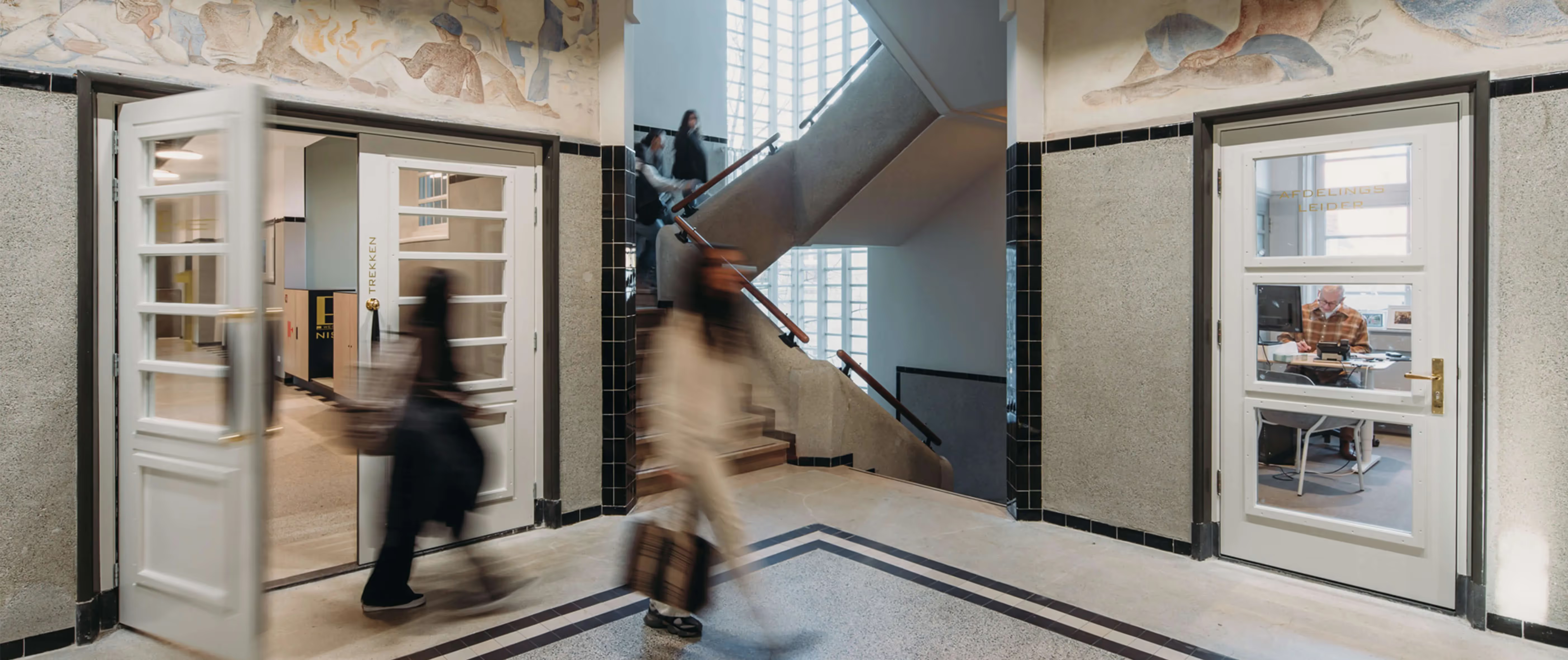
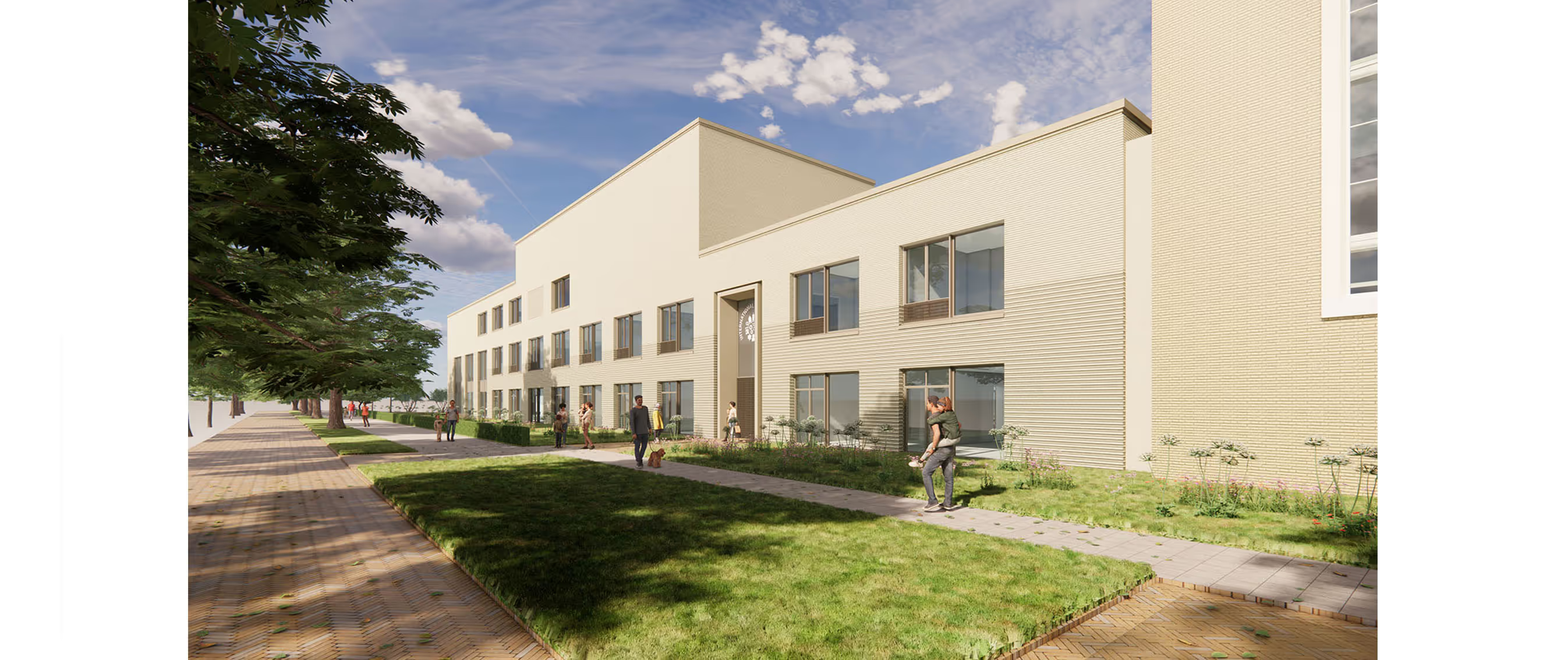

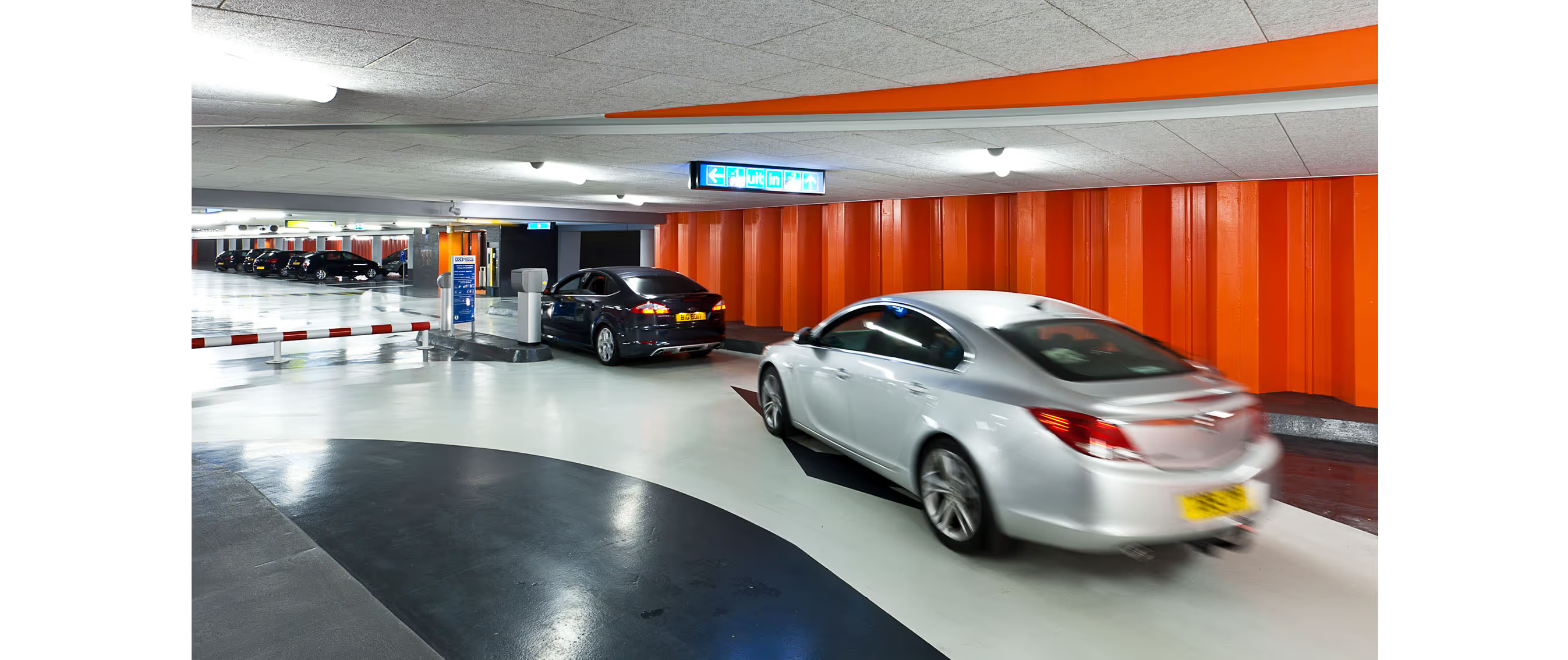
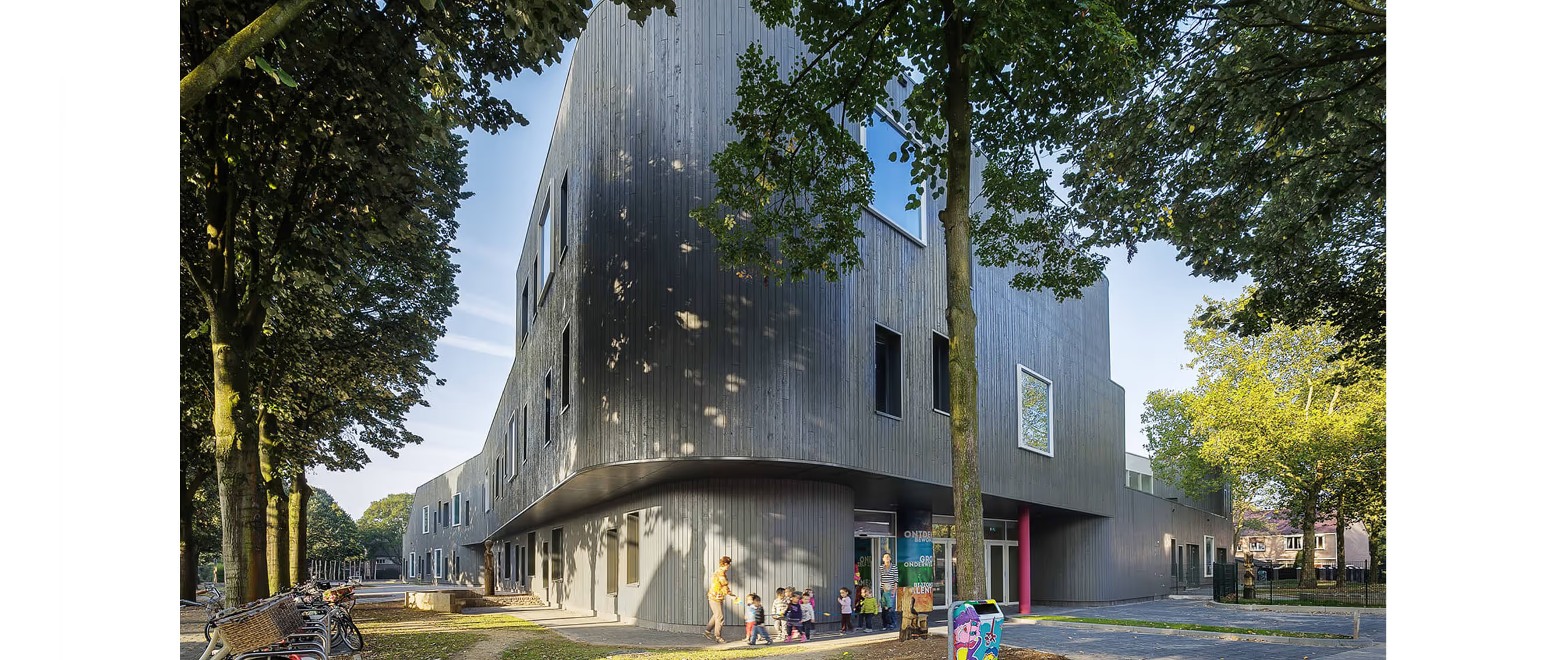
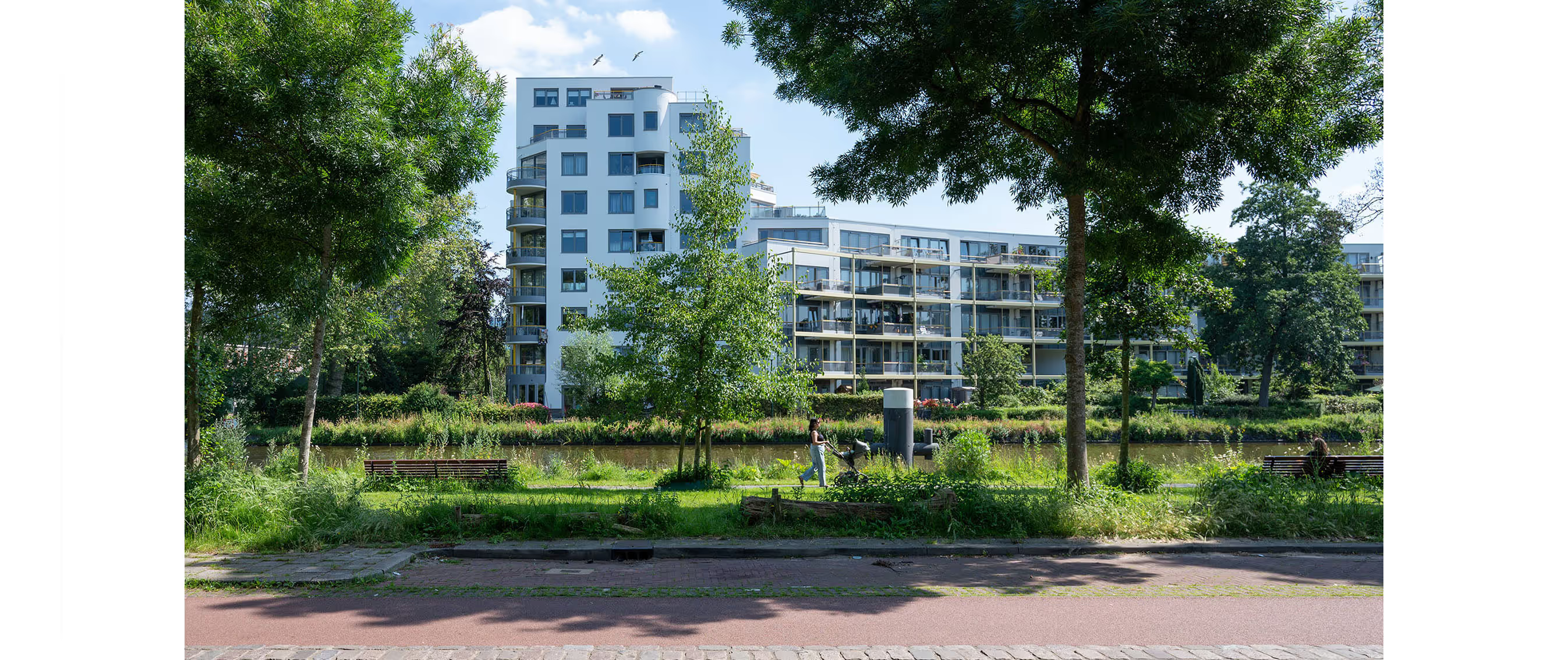
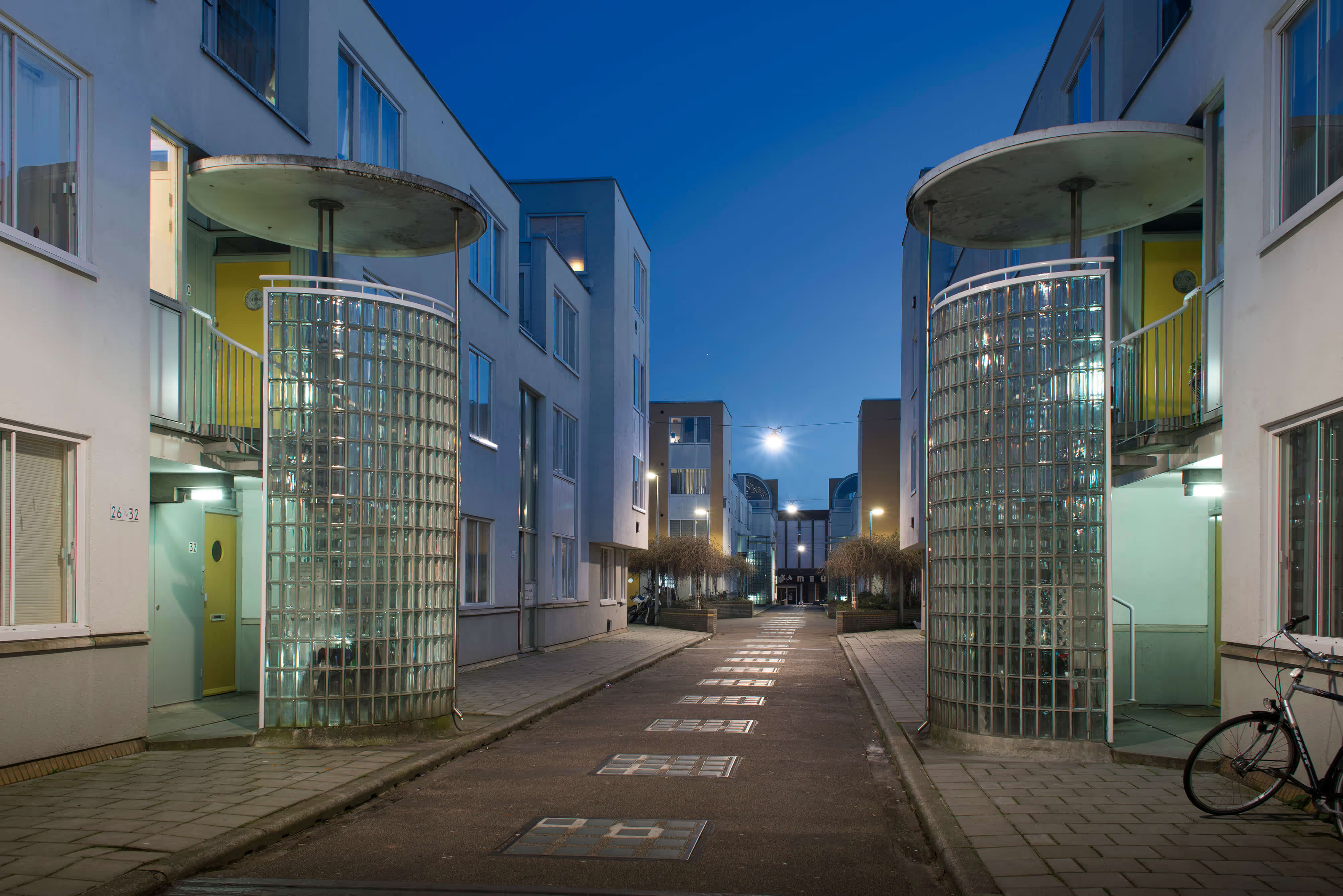
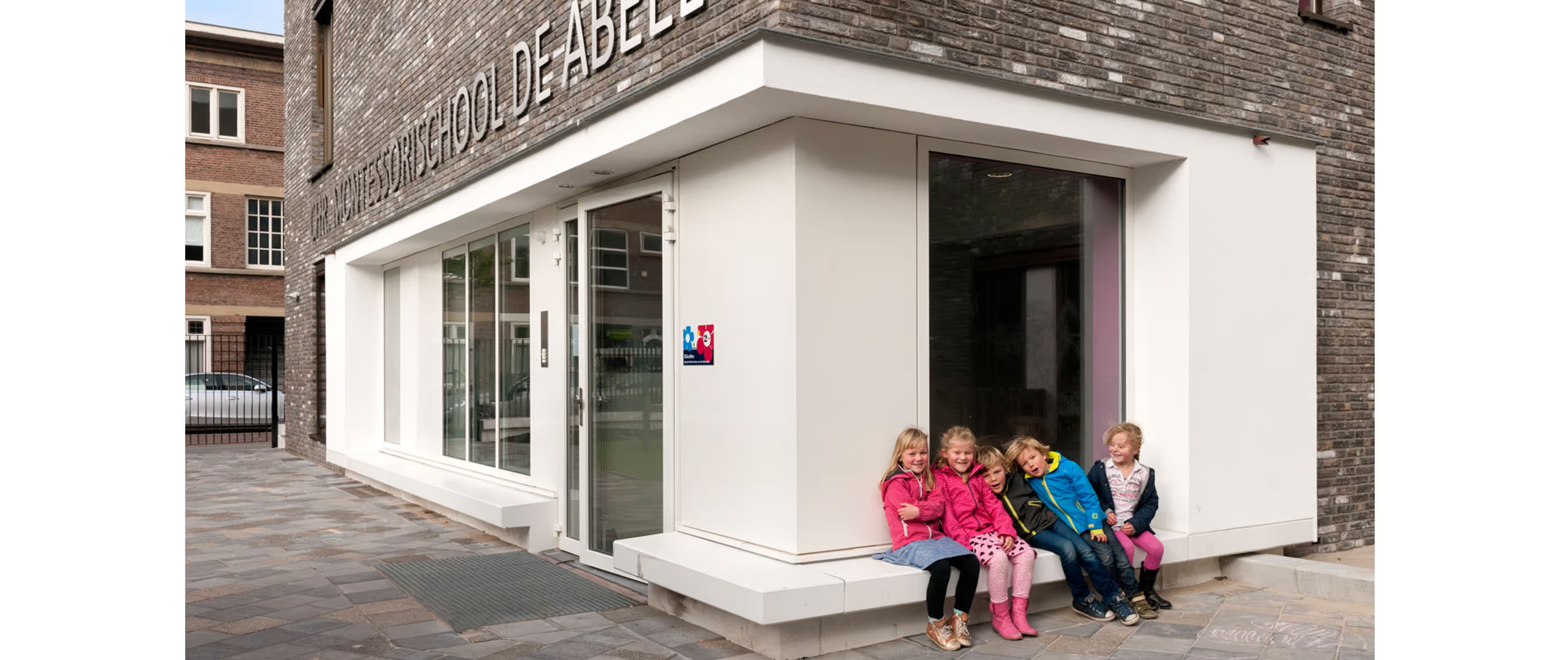
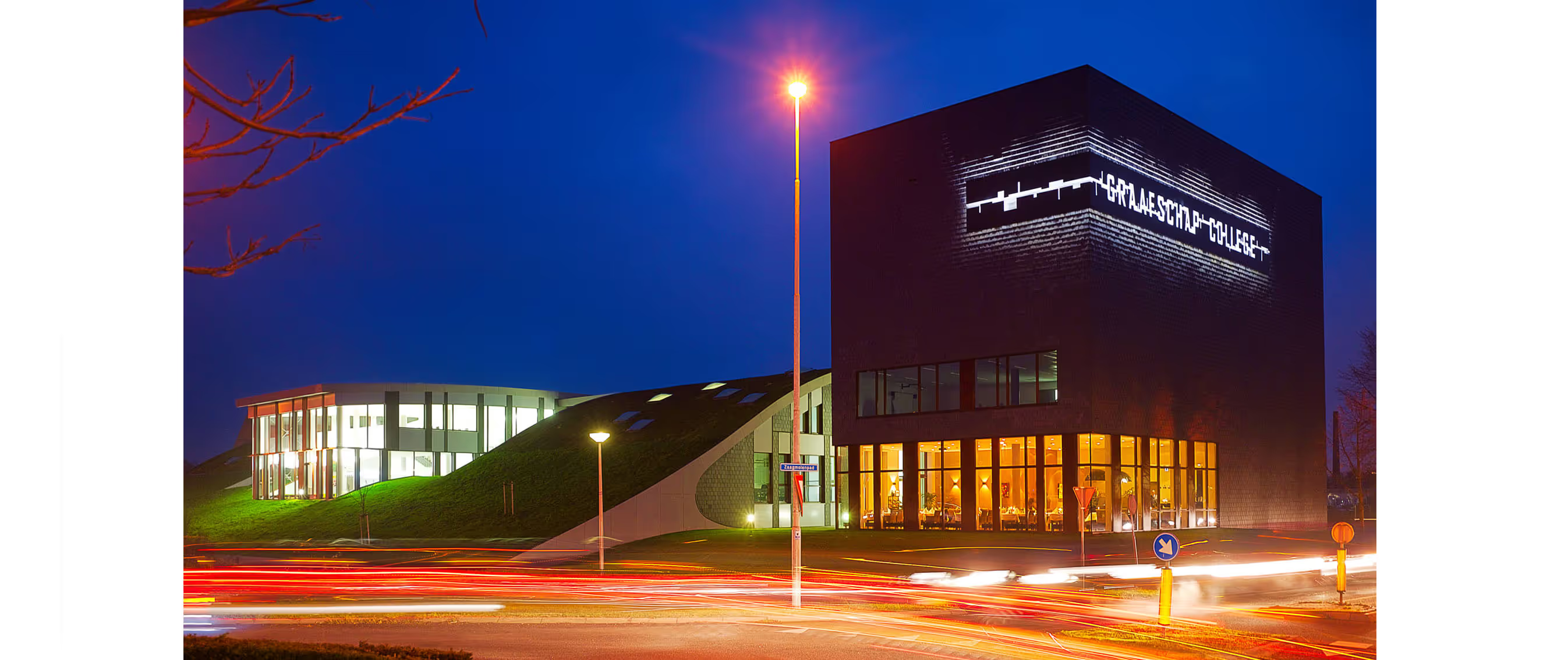
.jpg)

